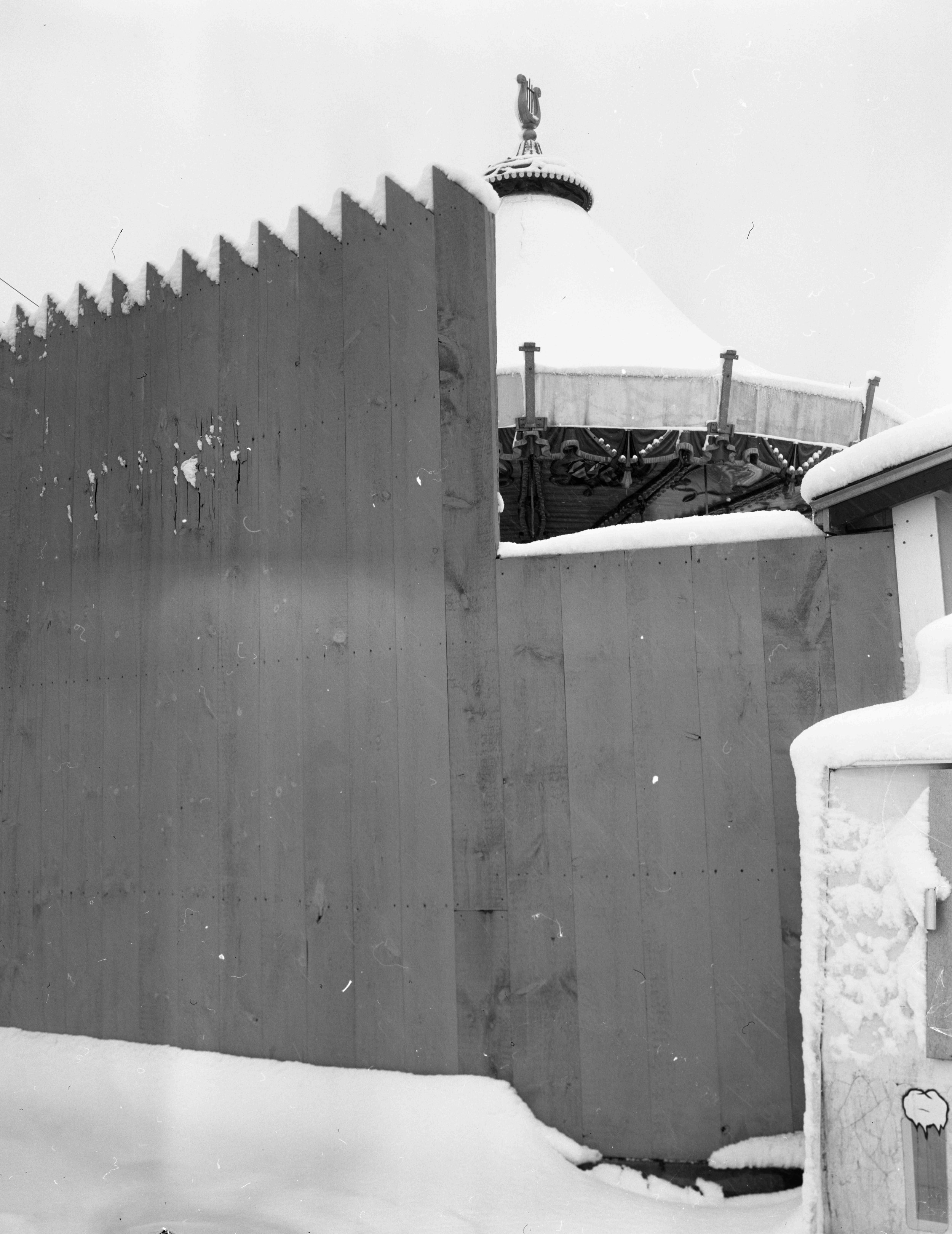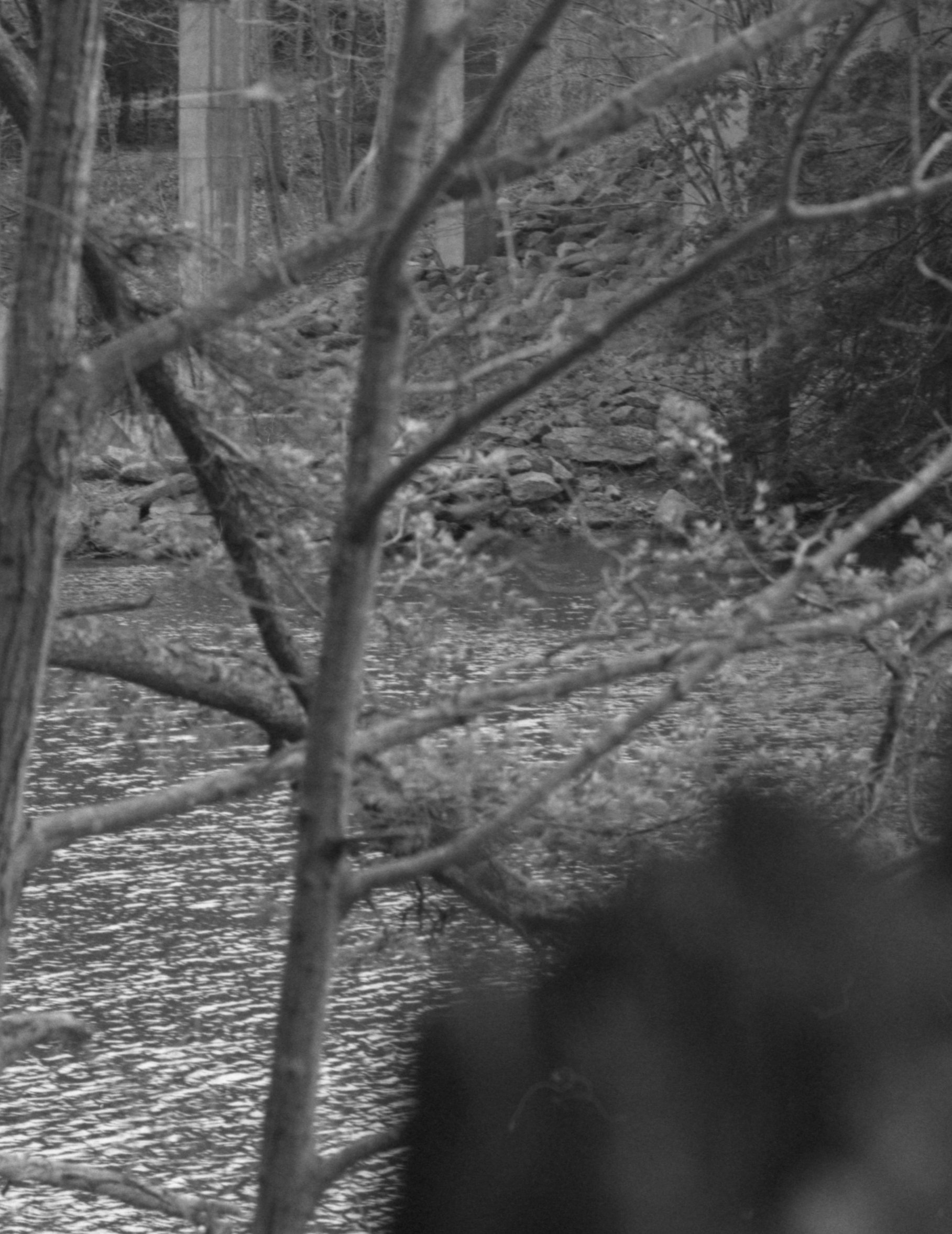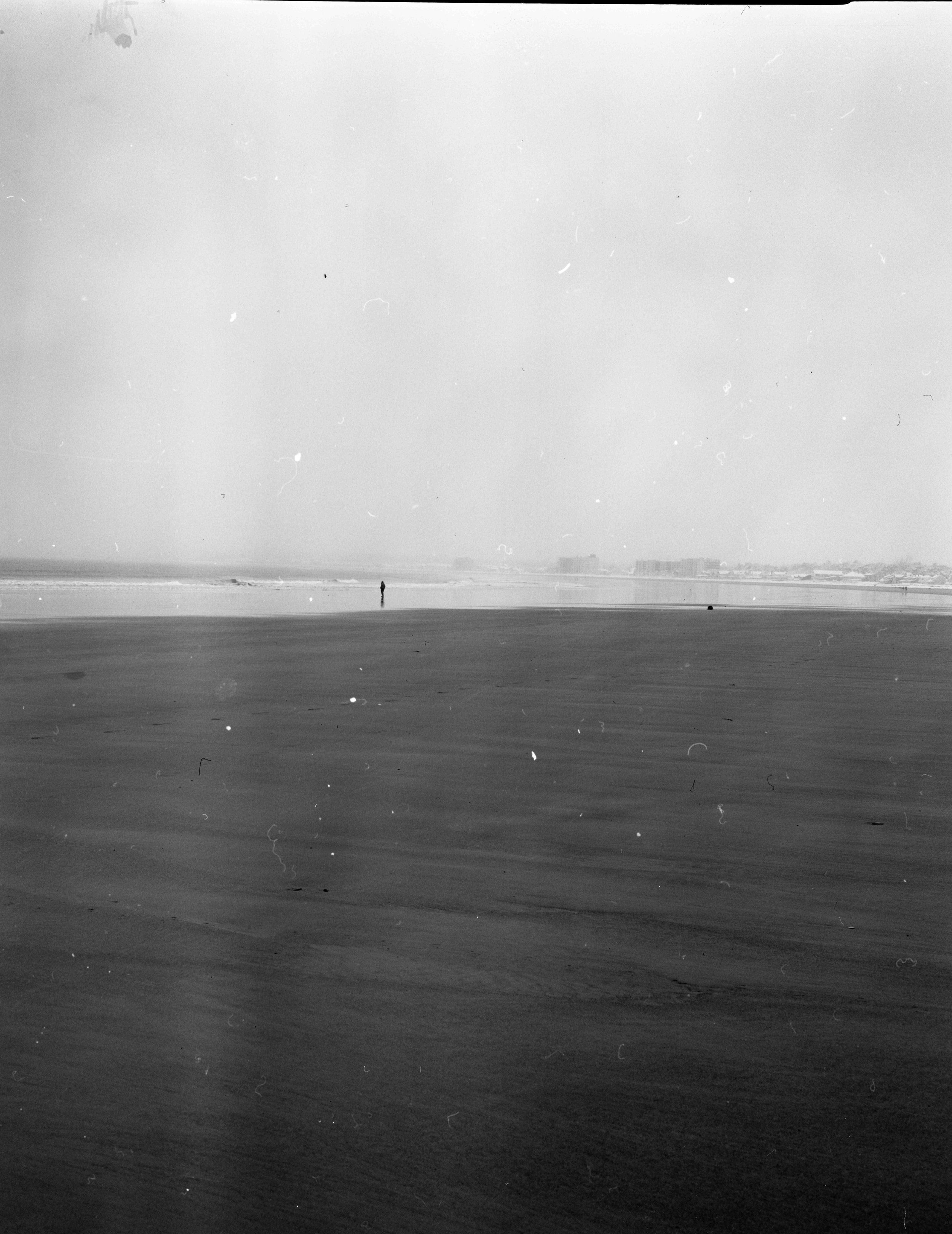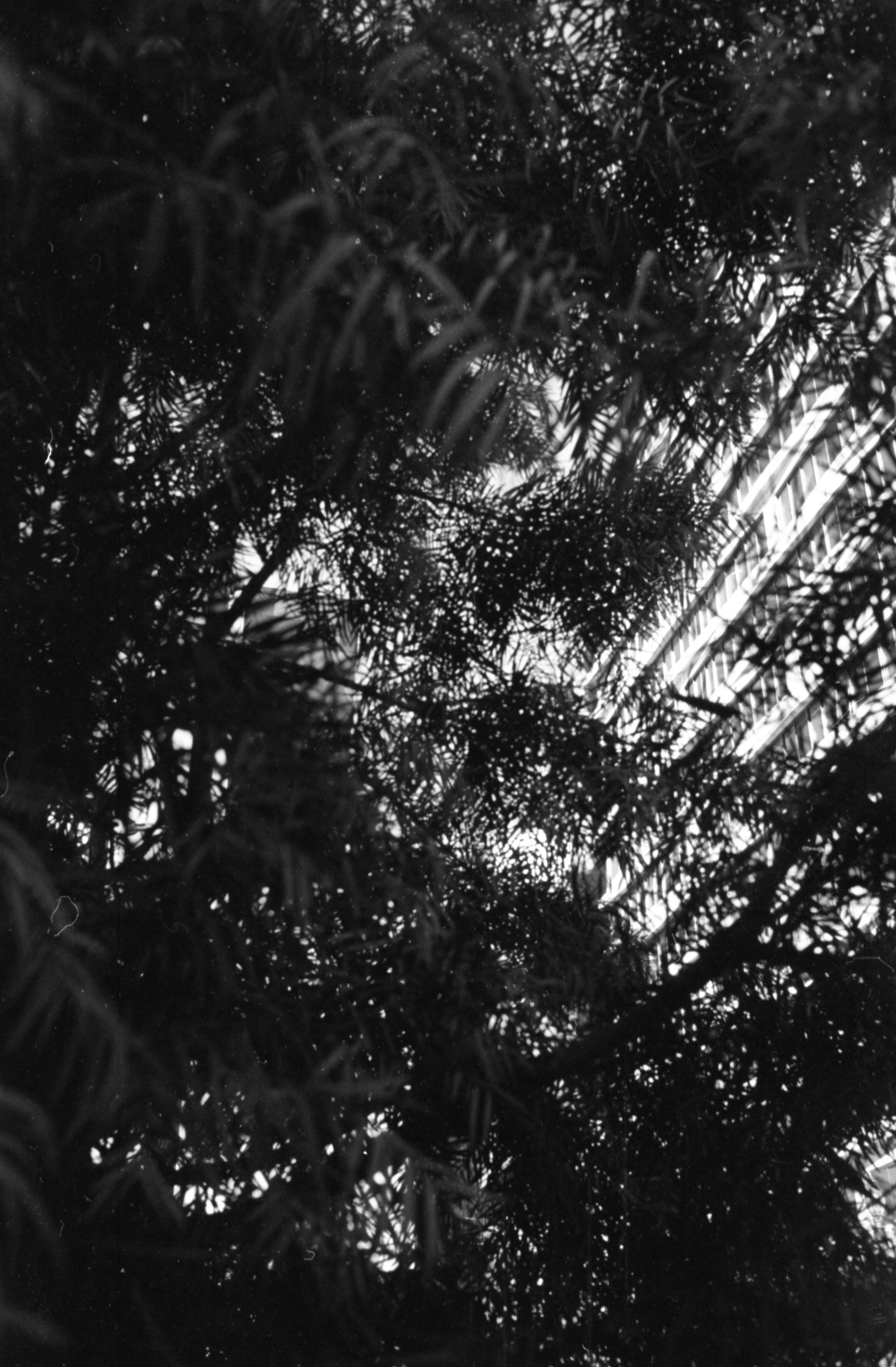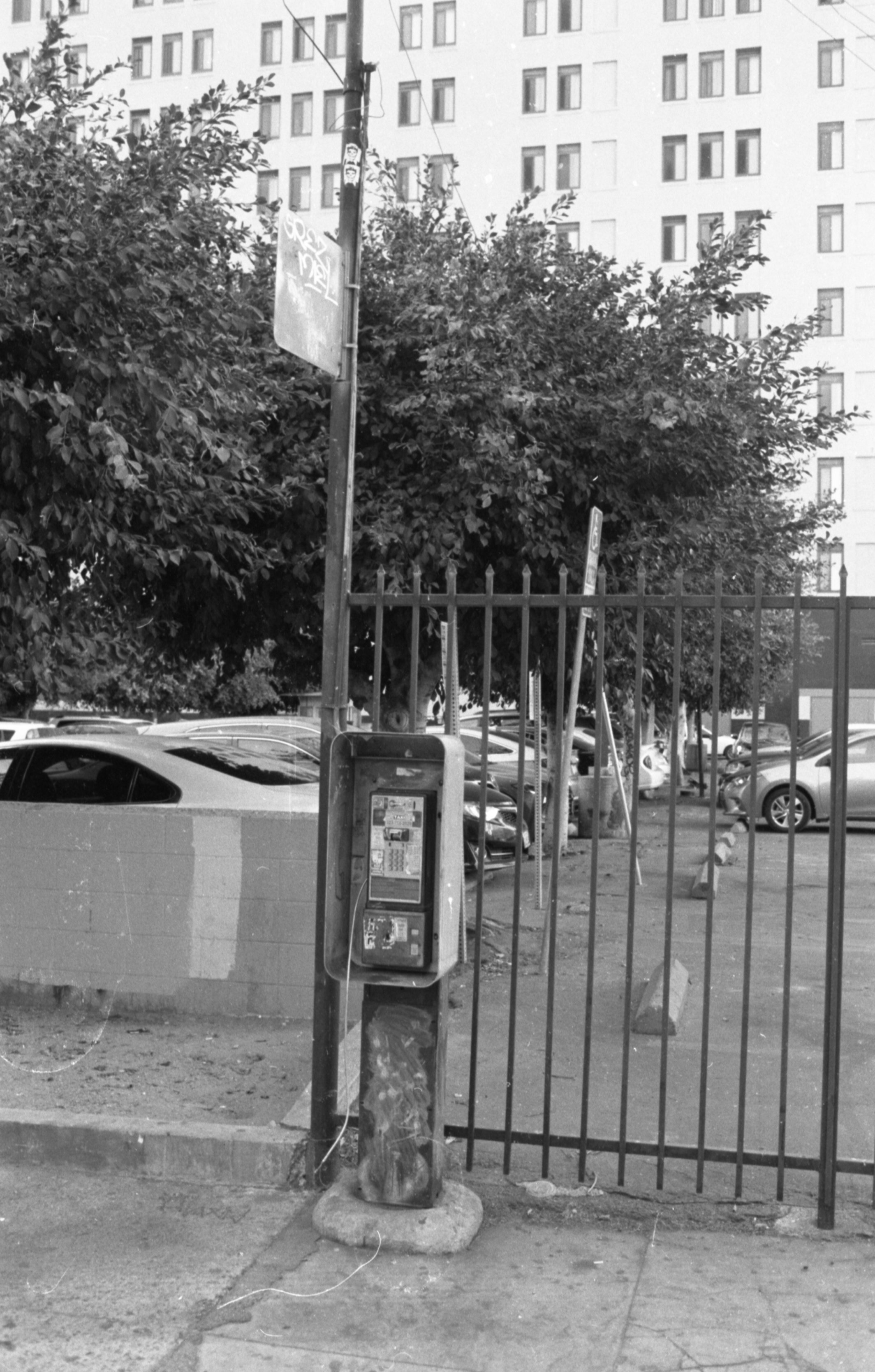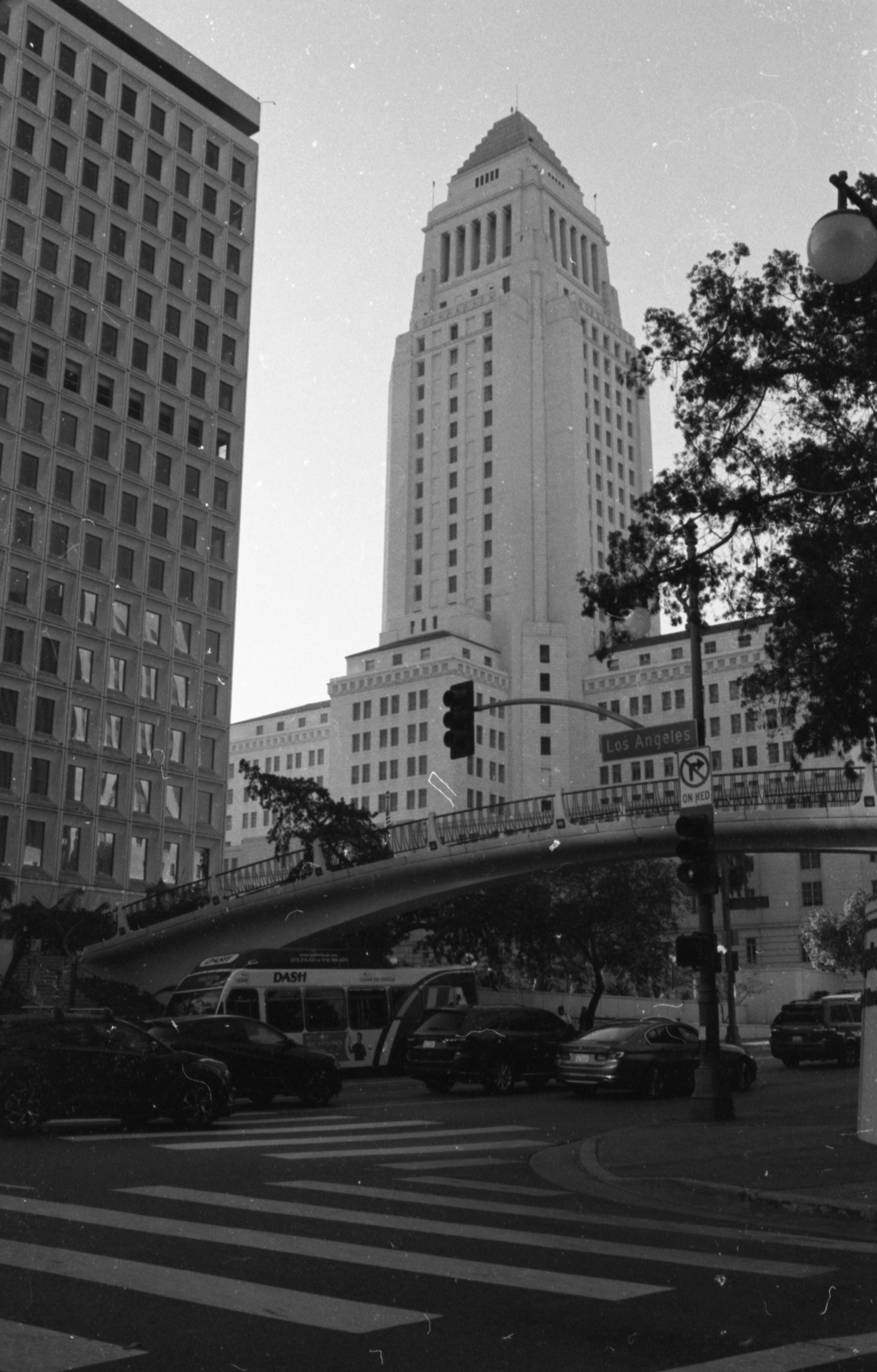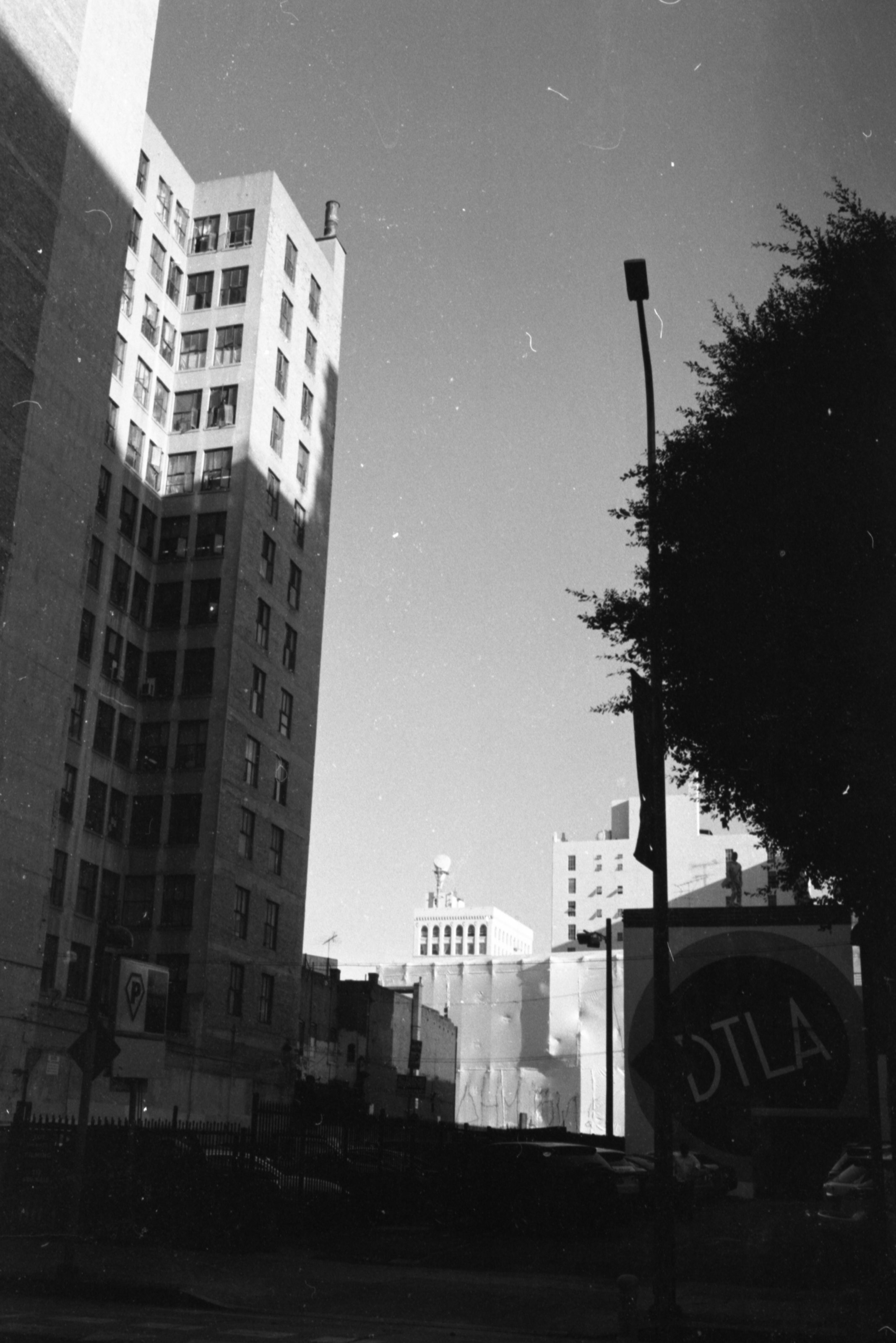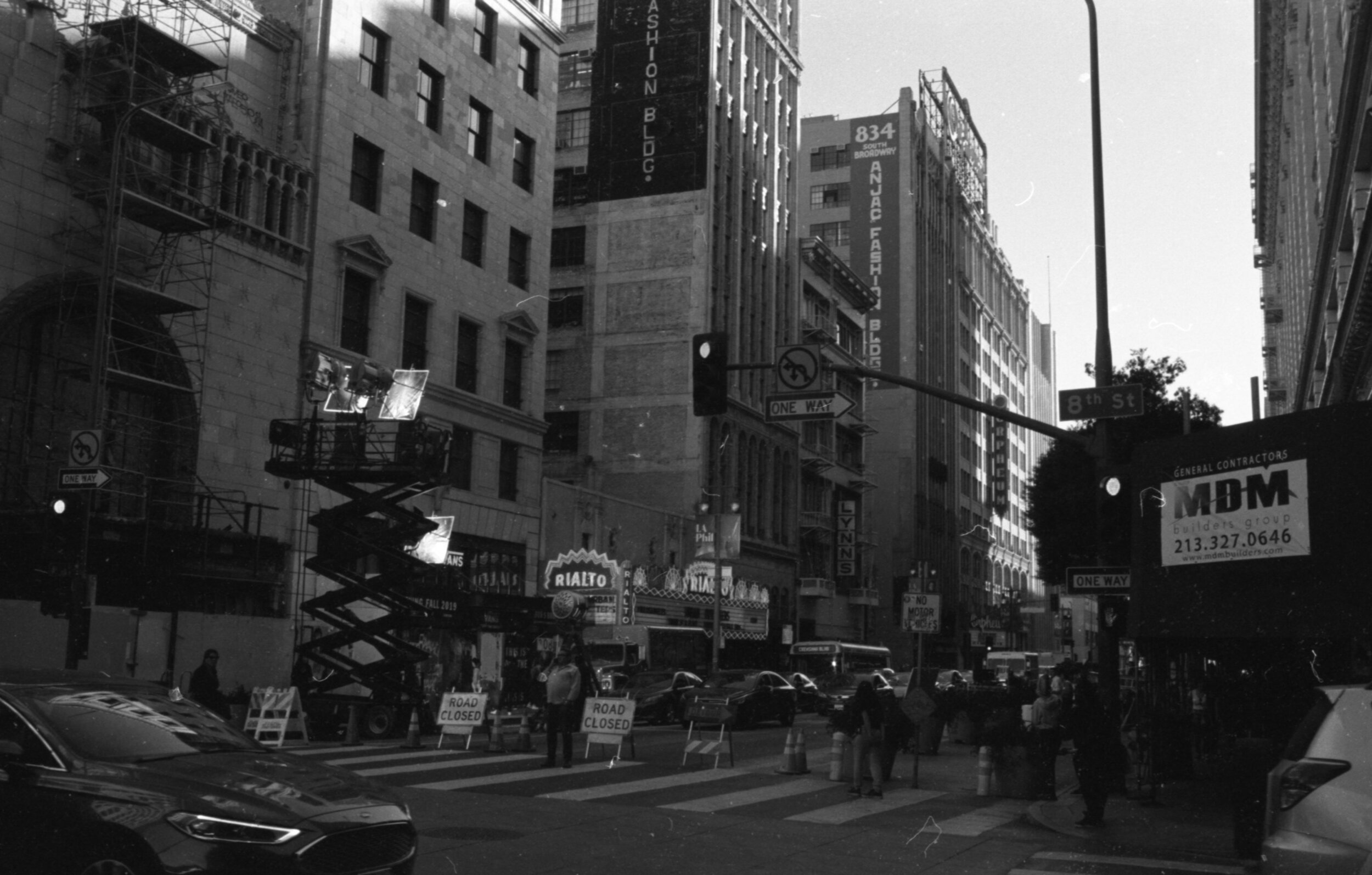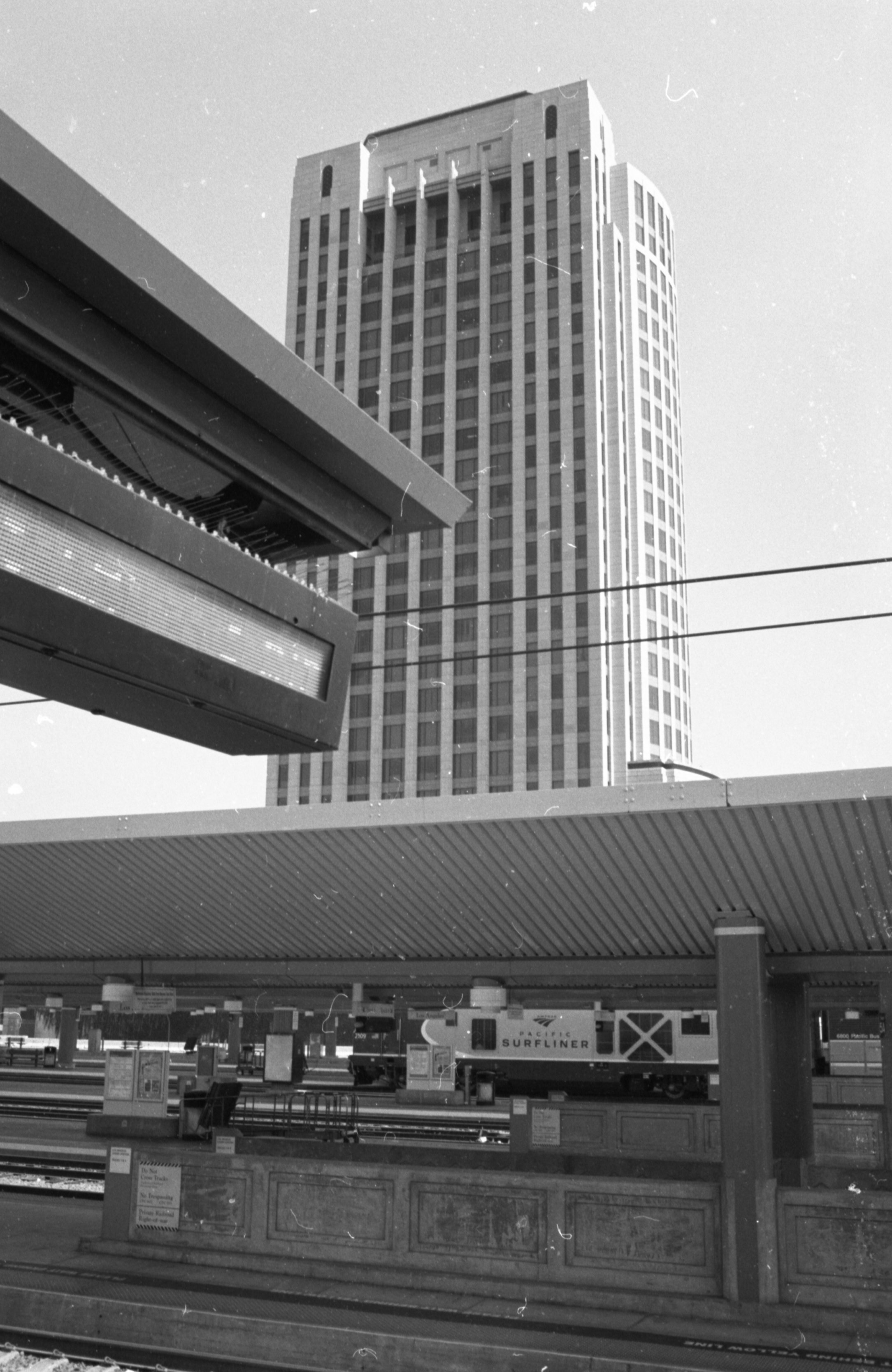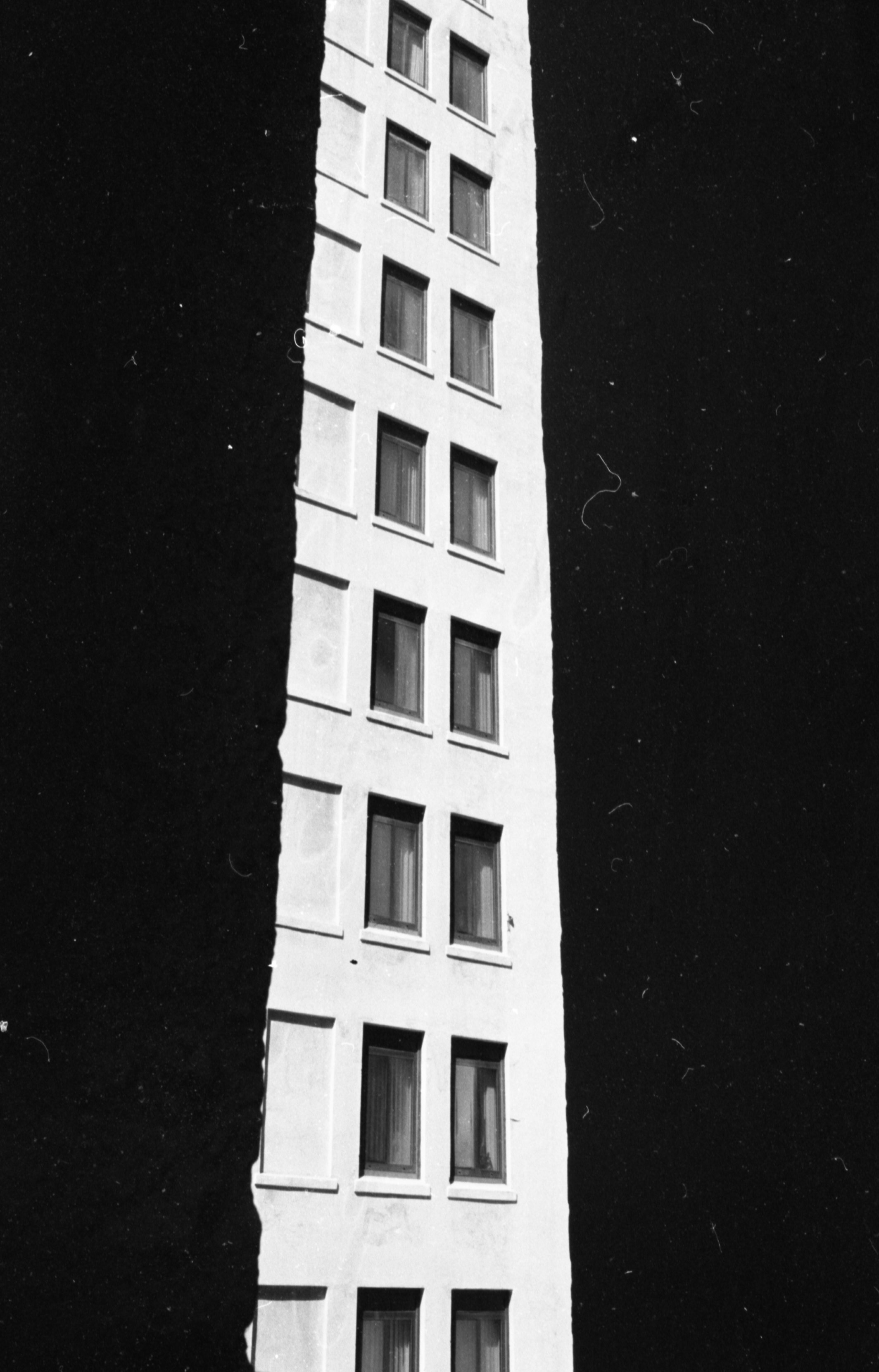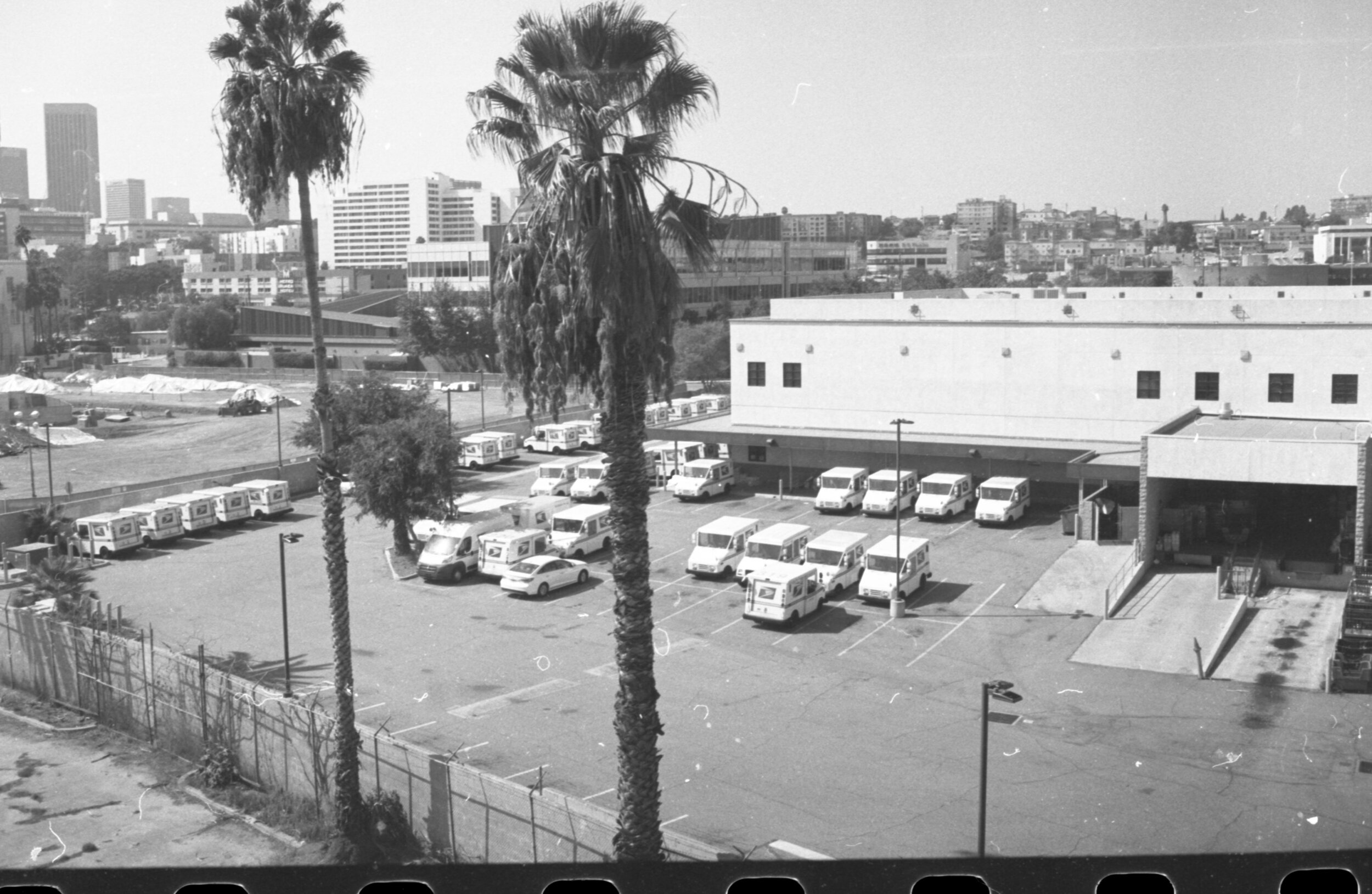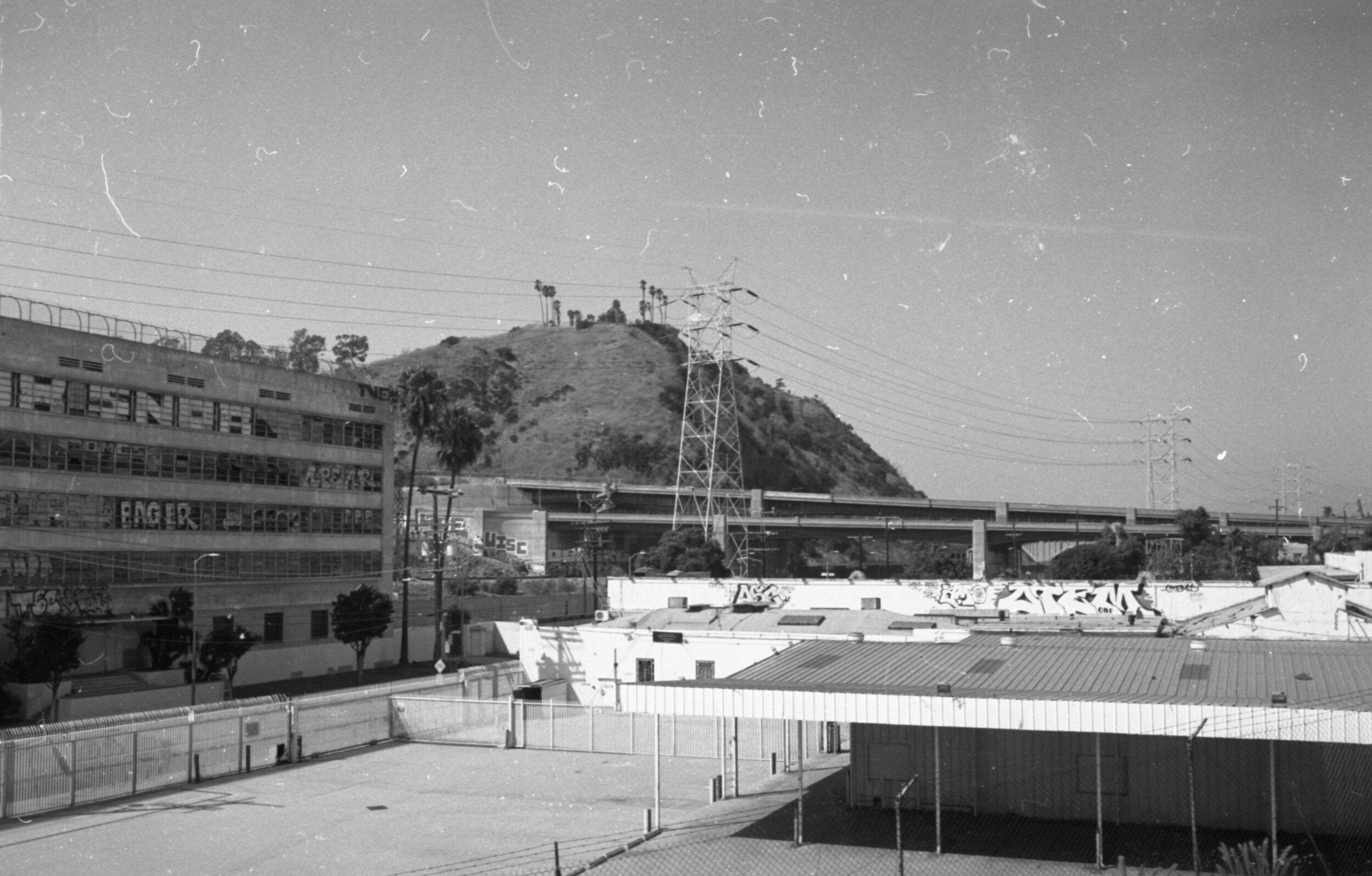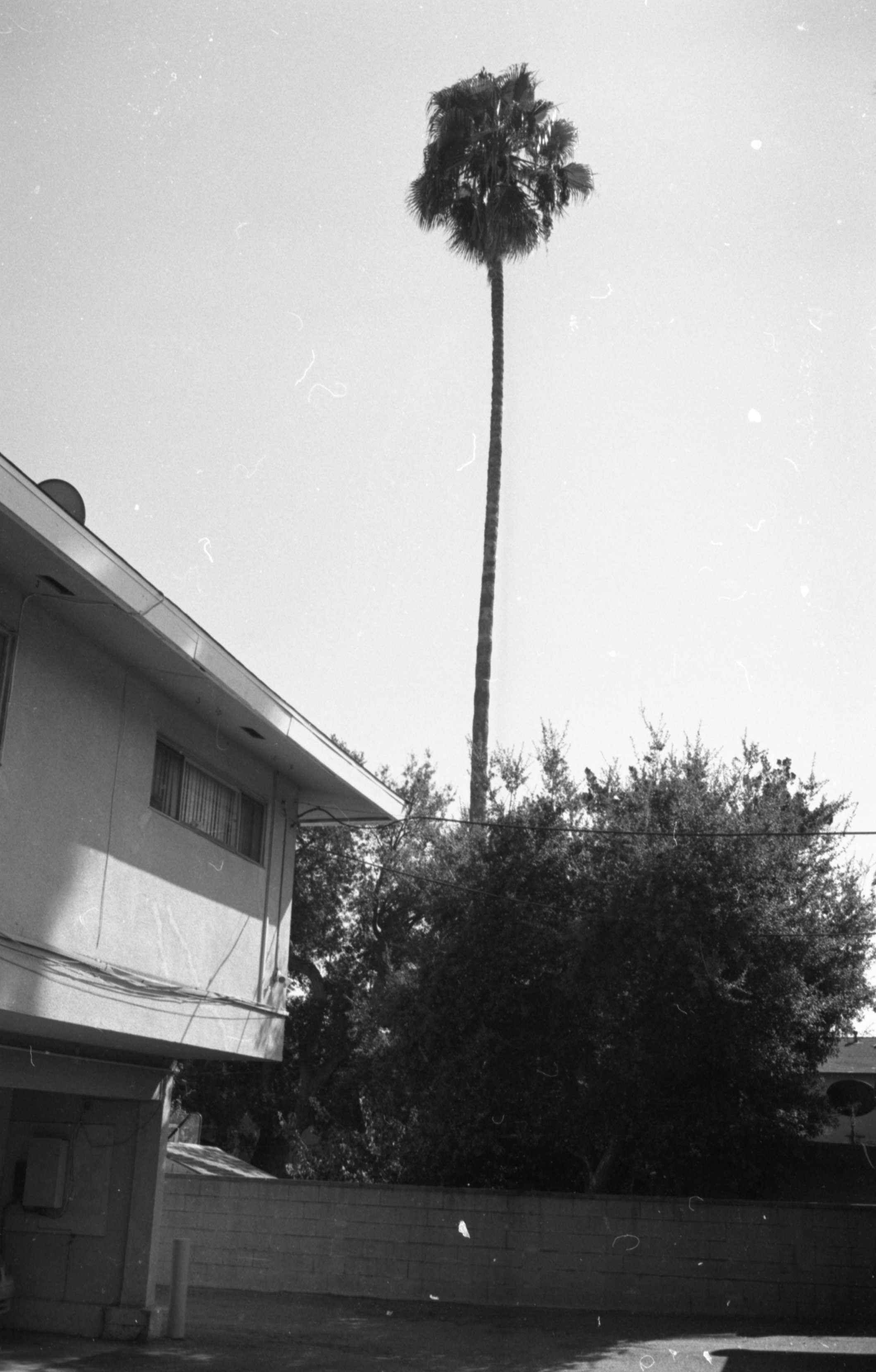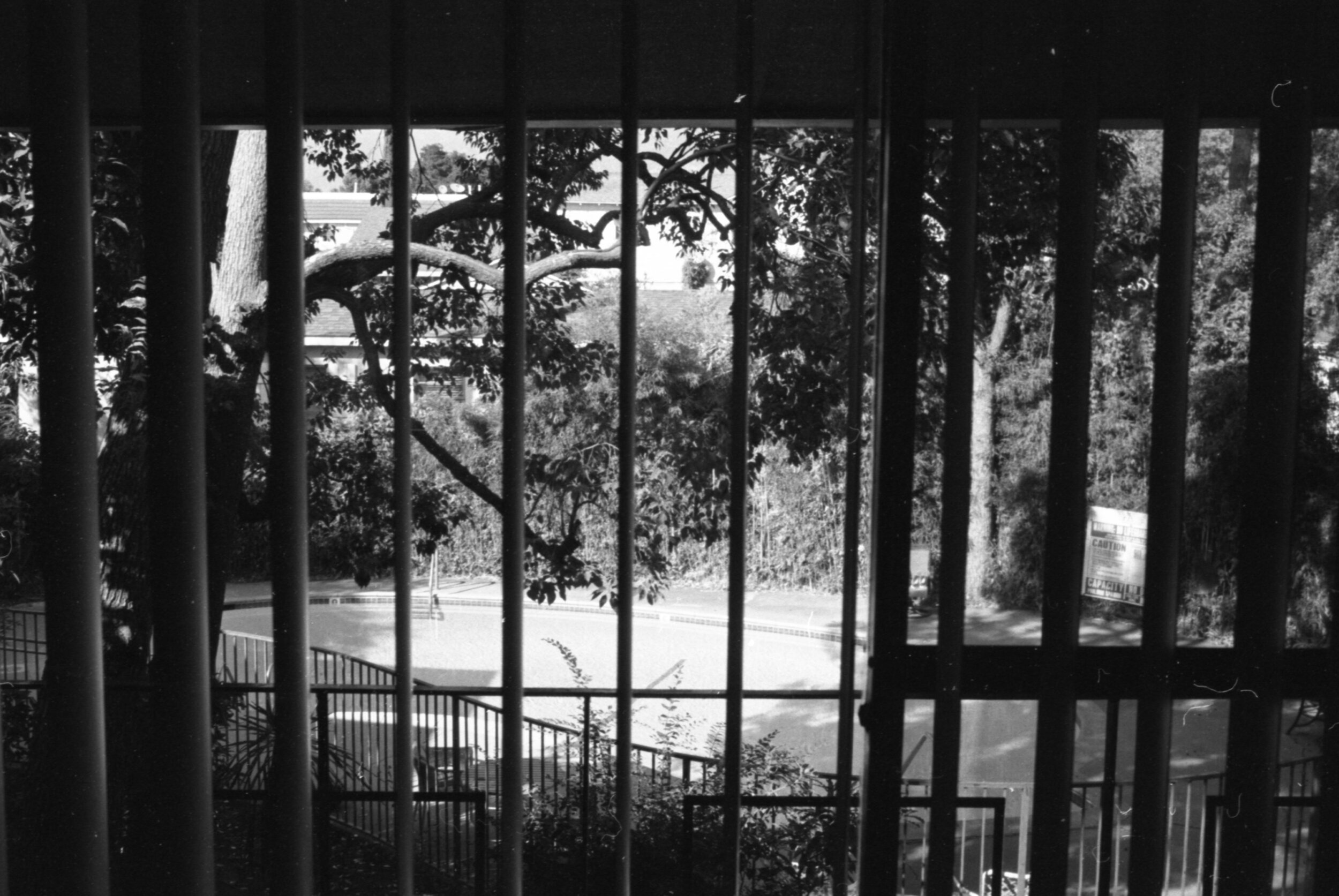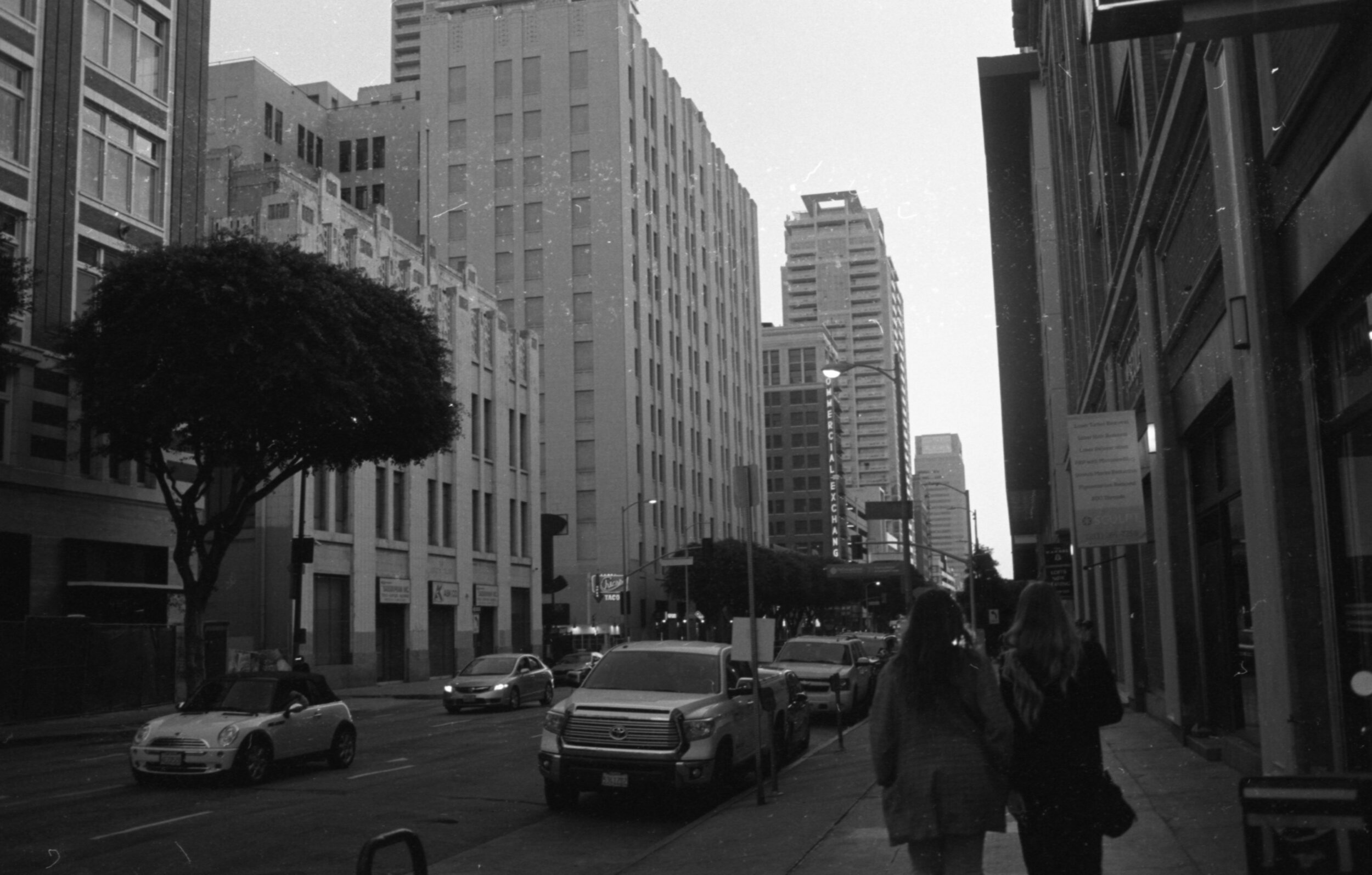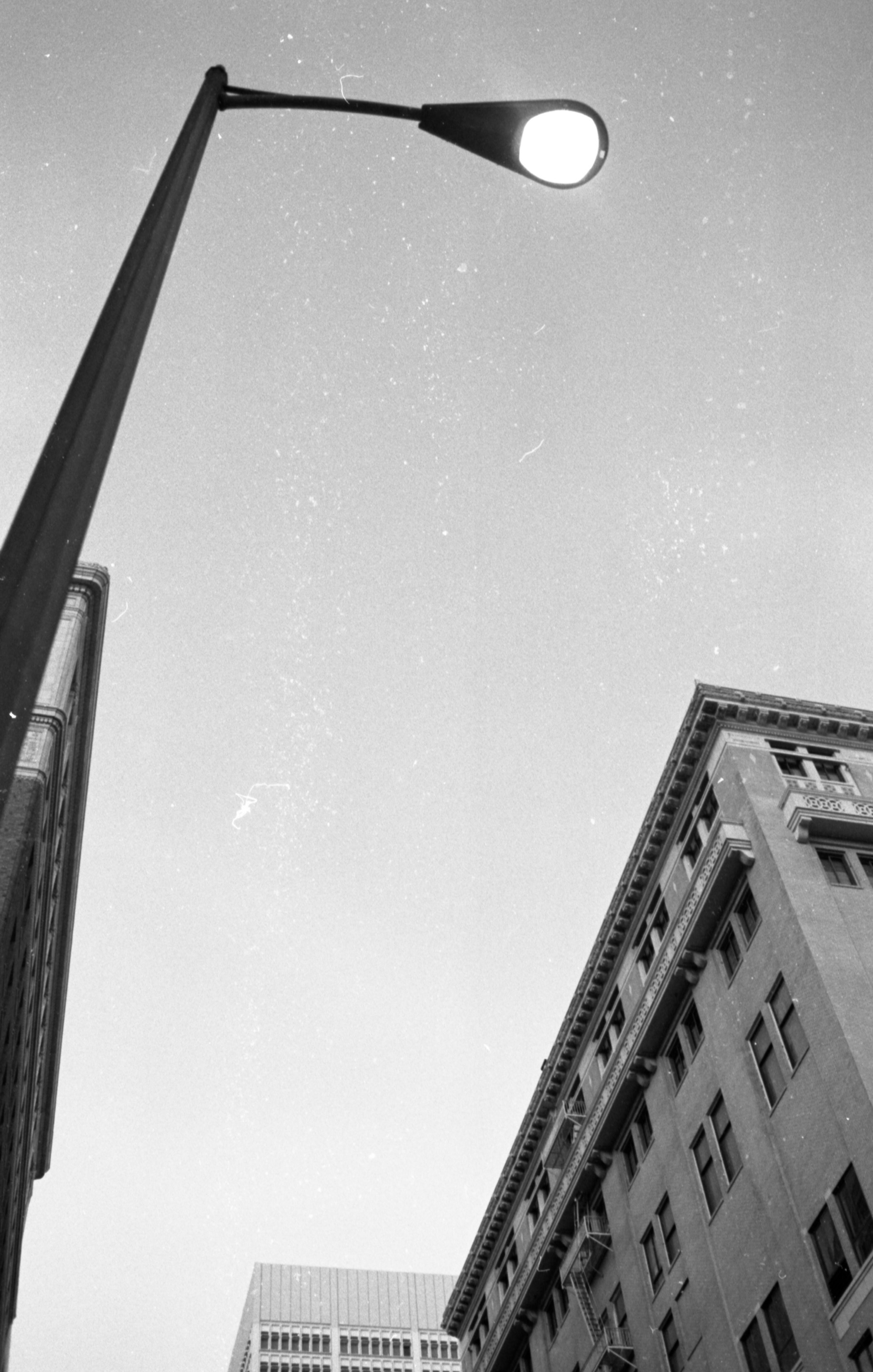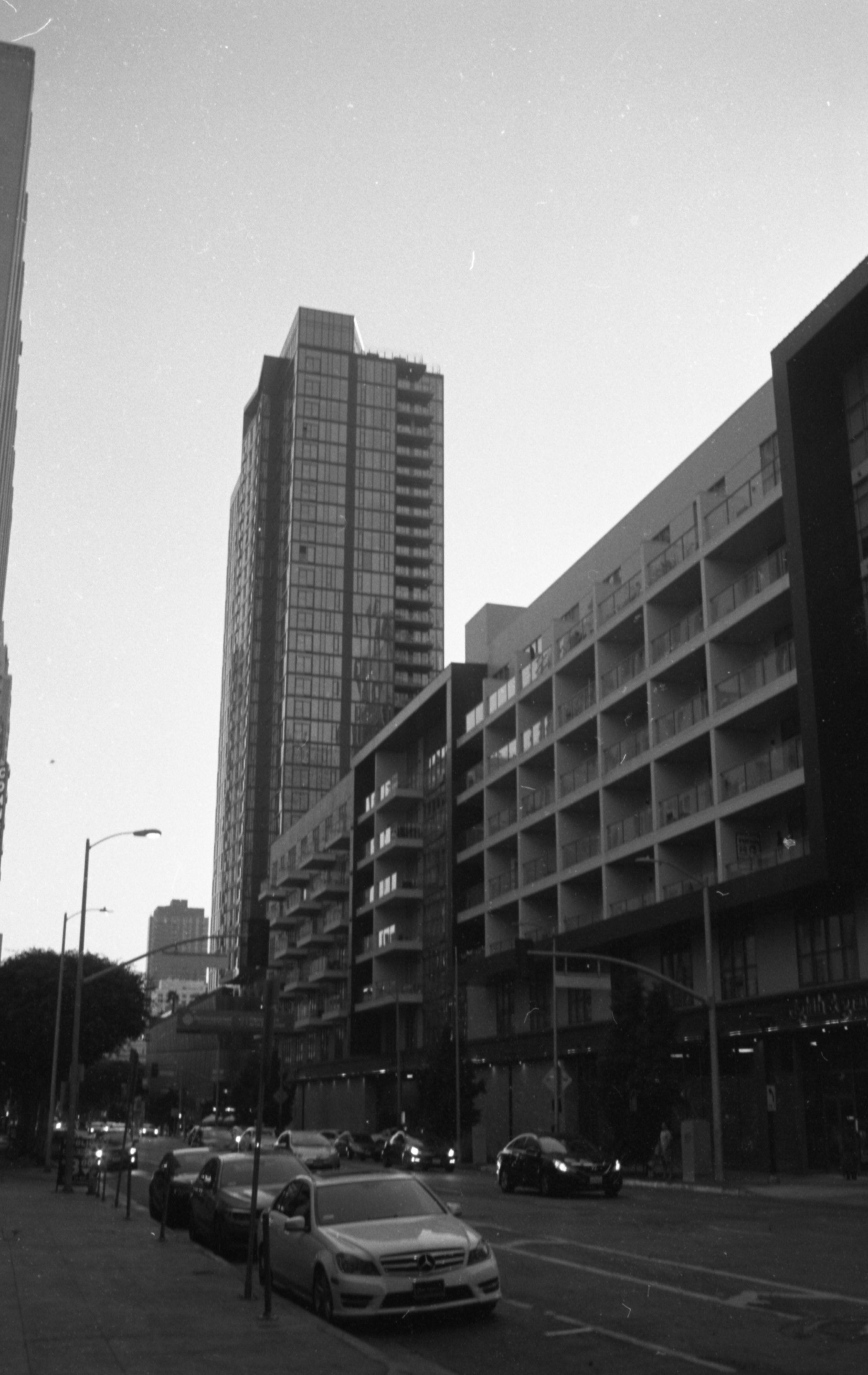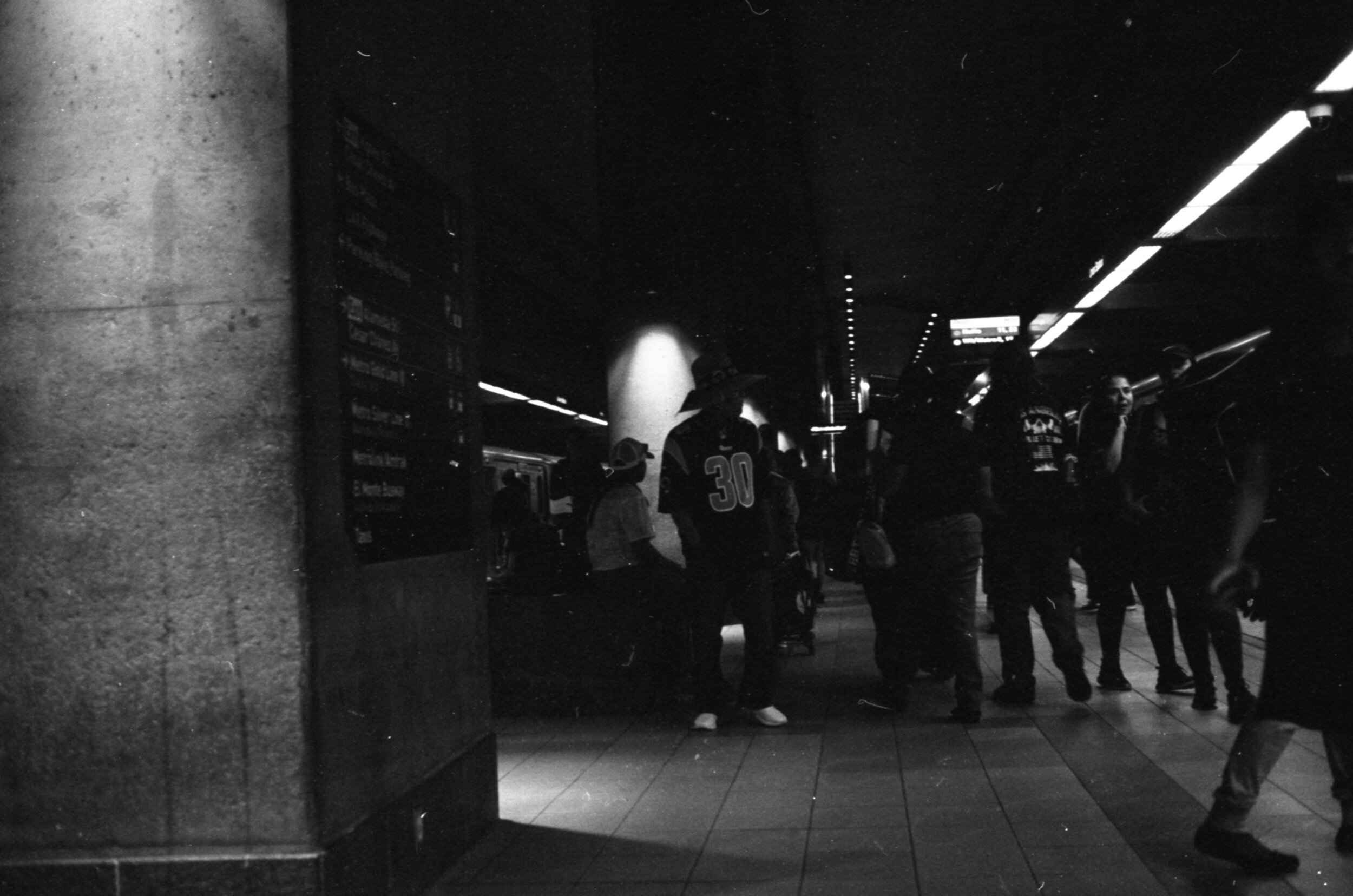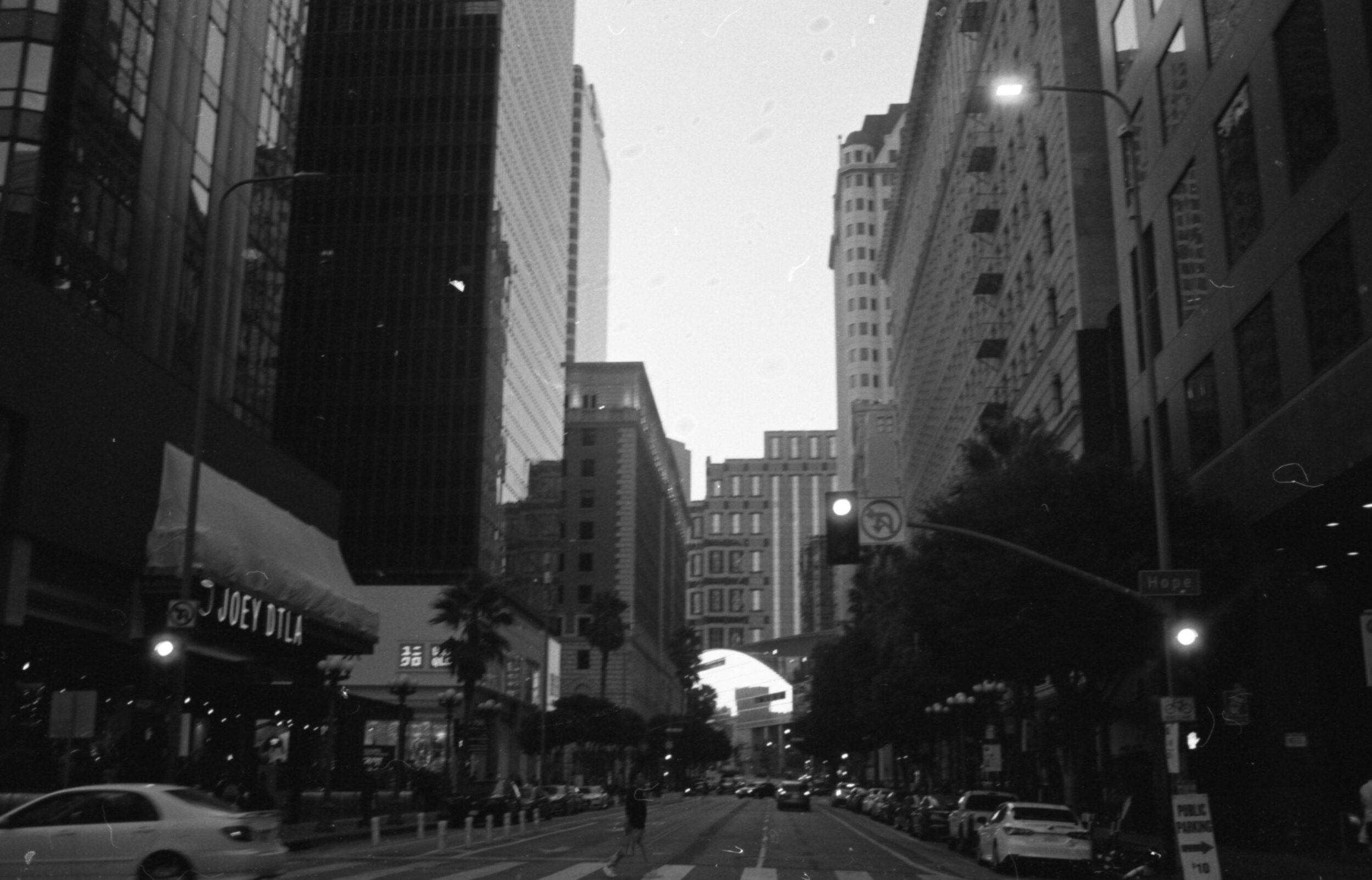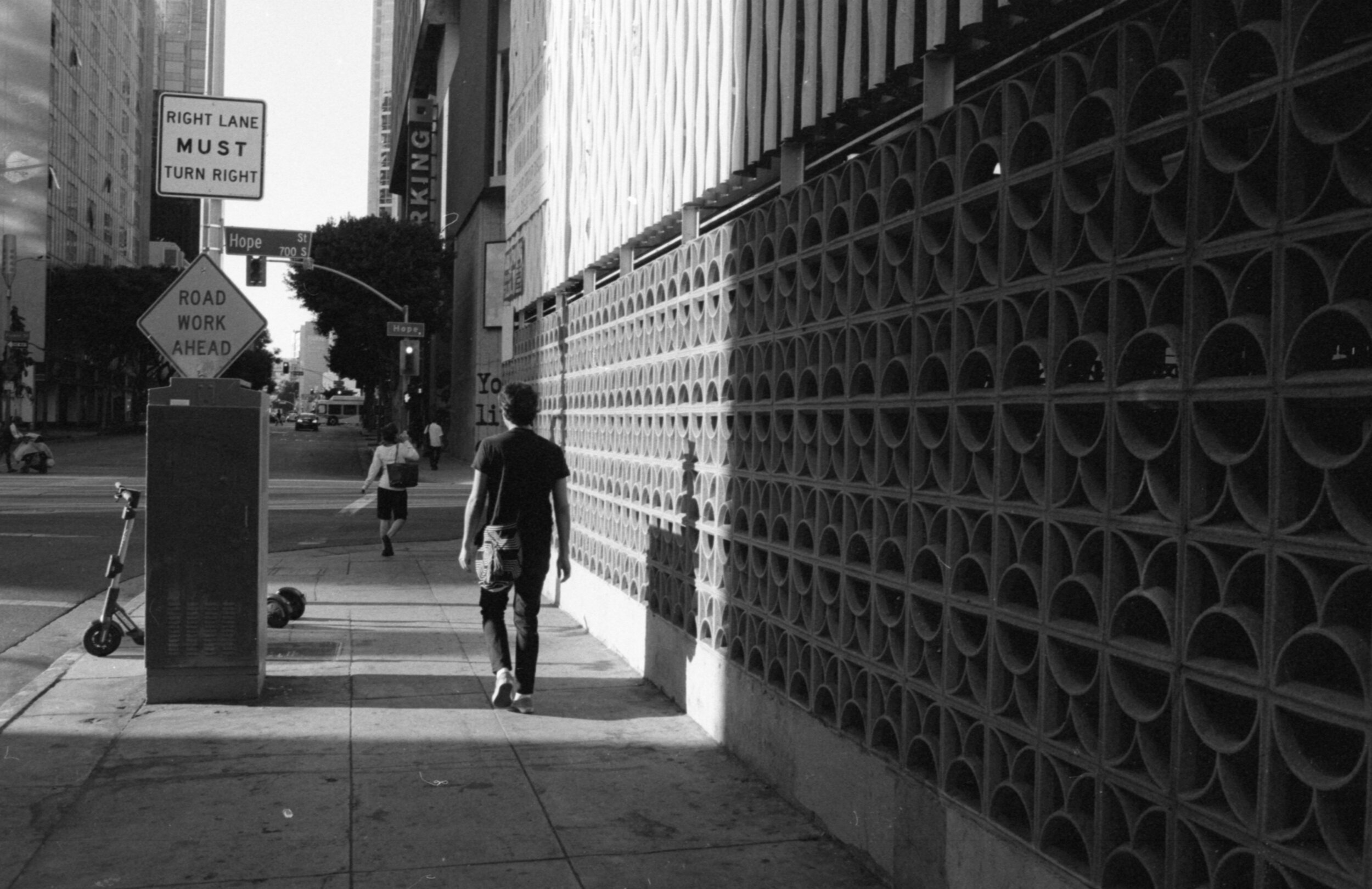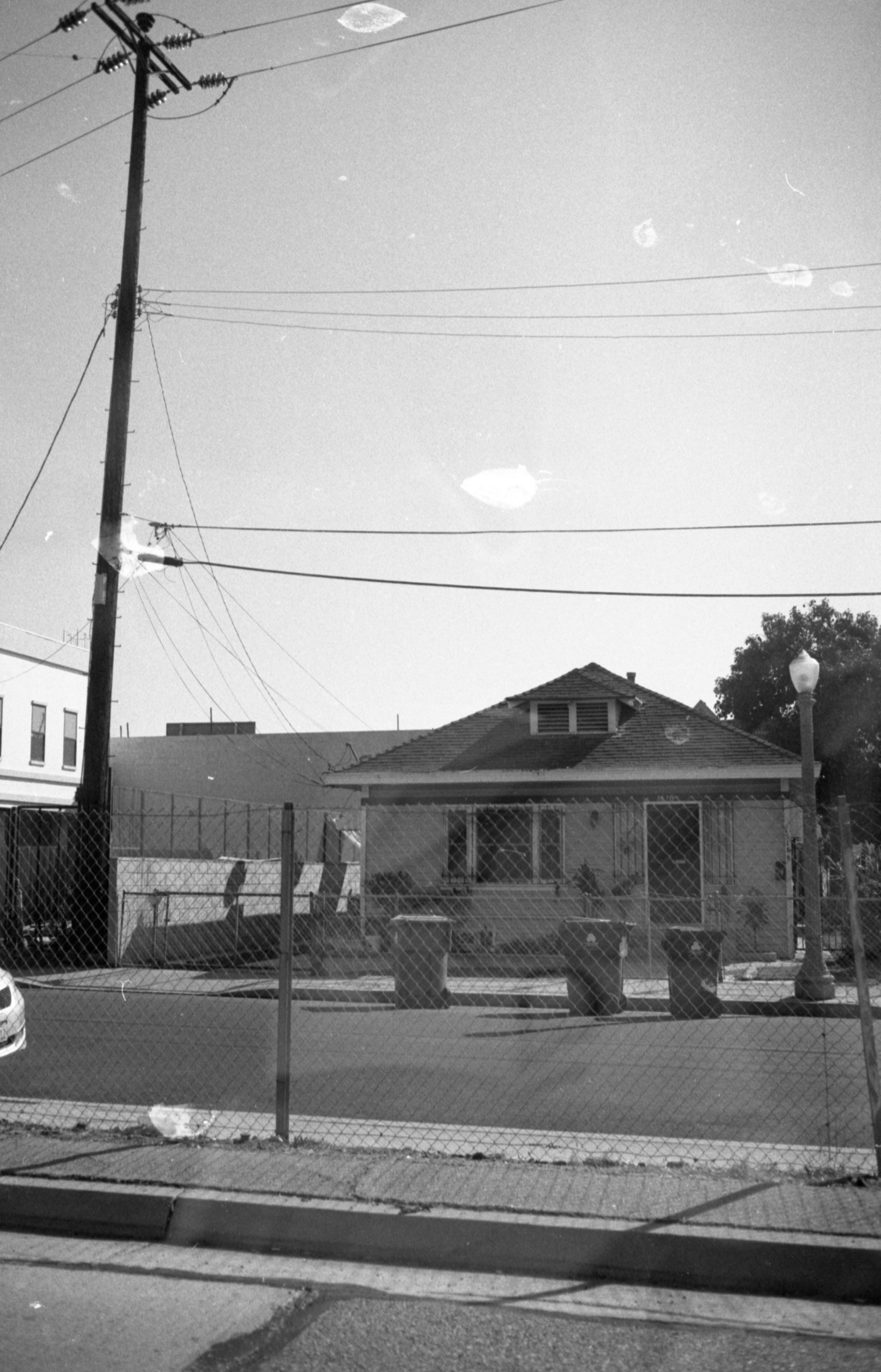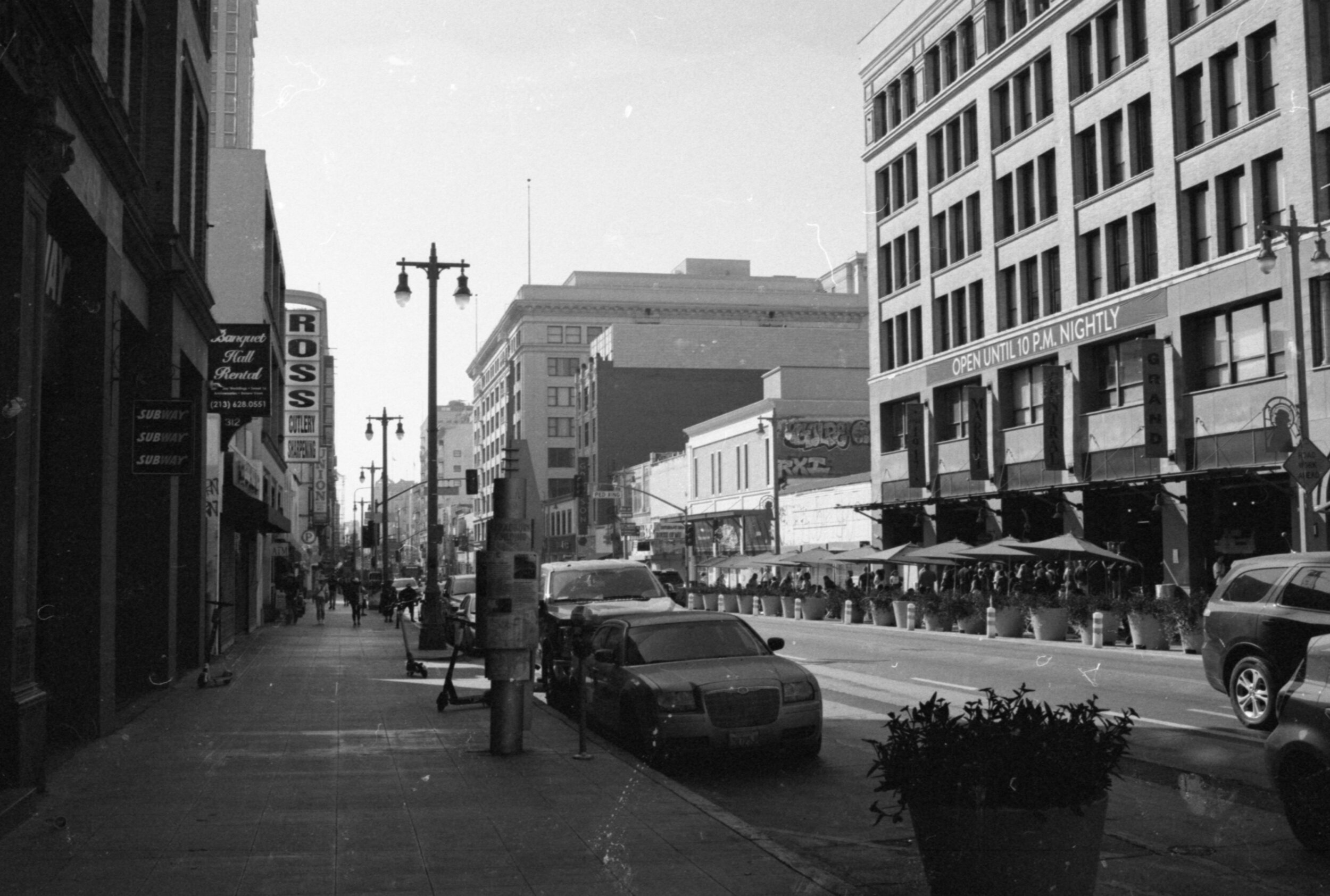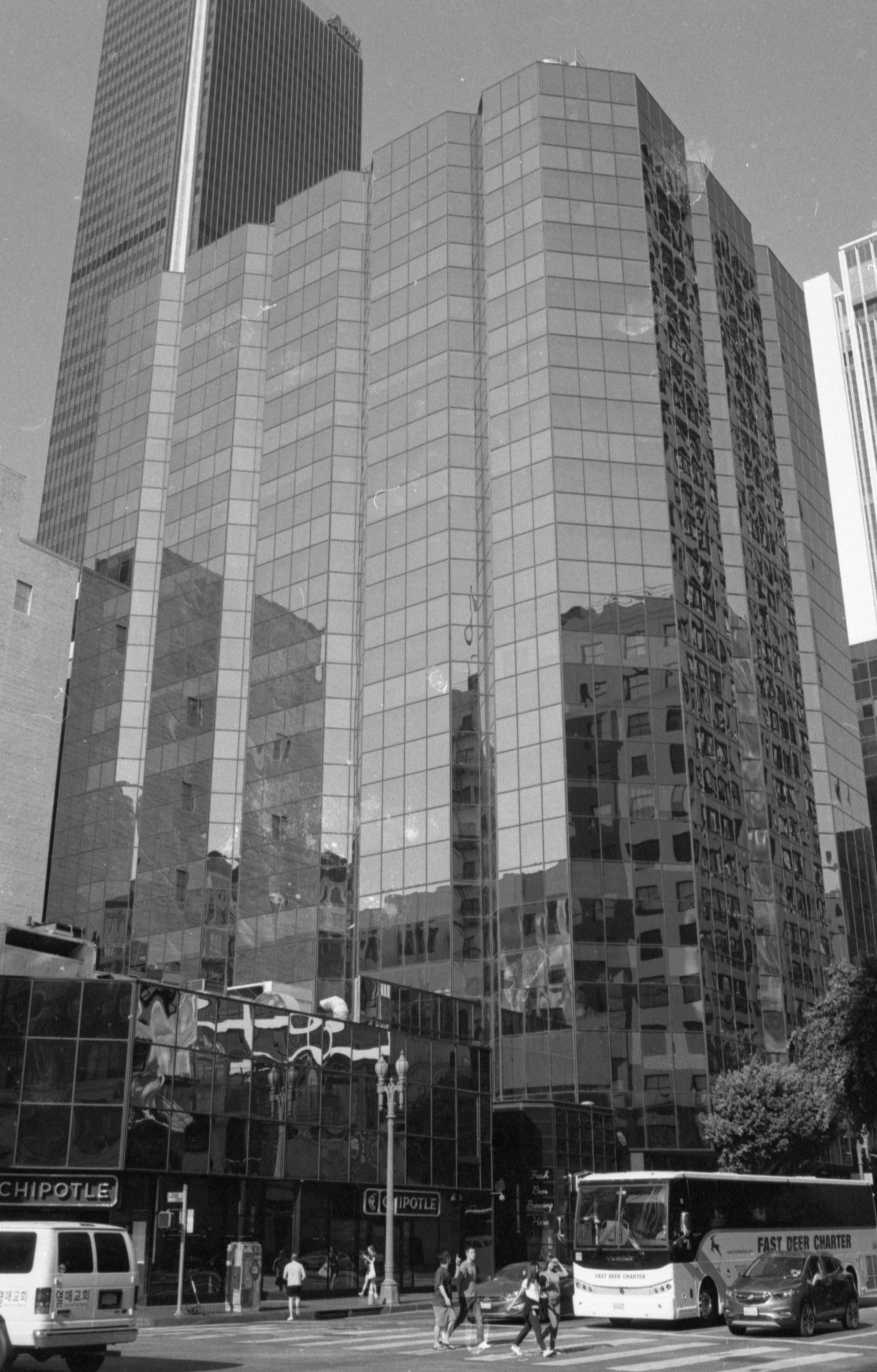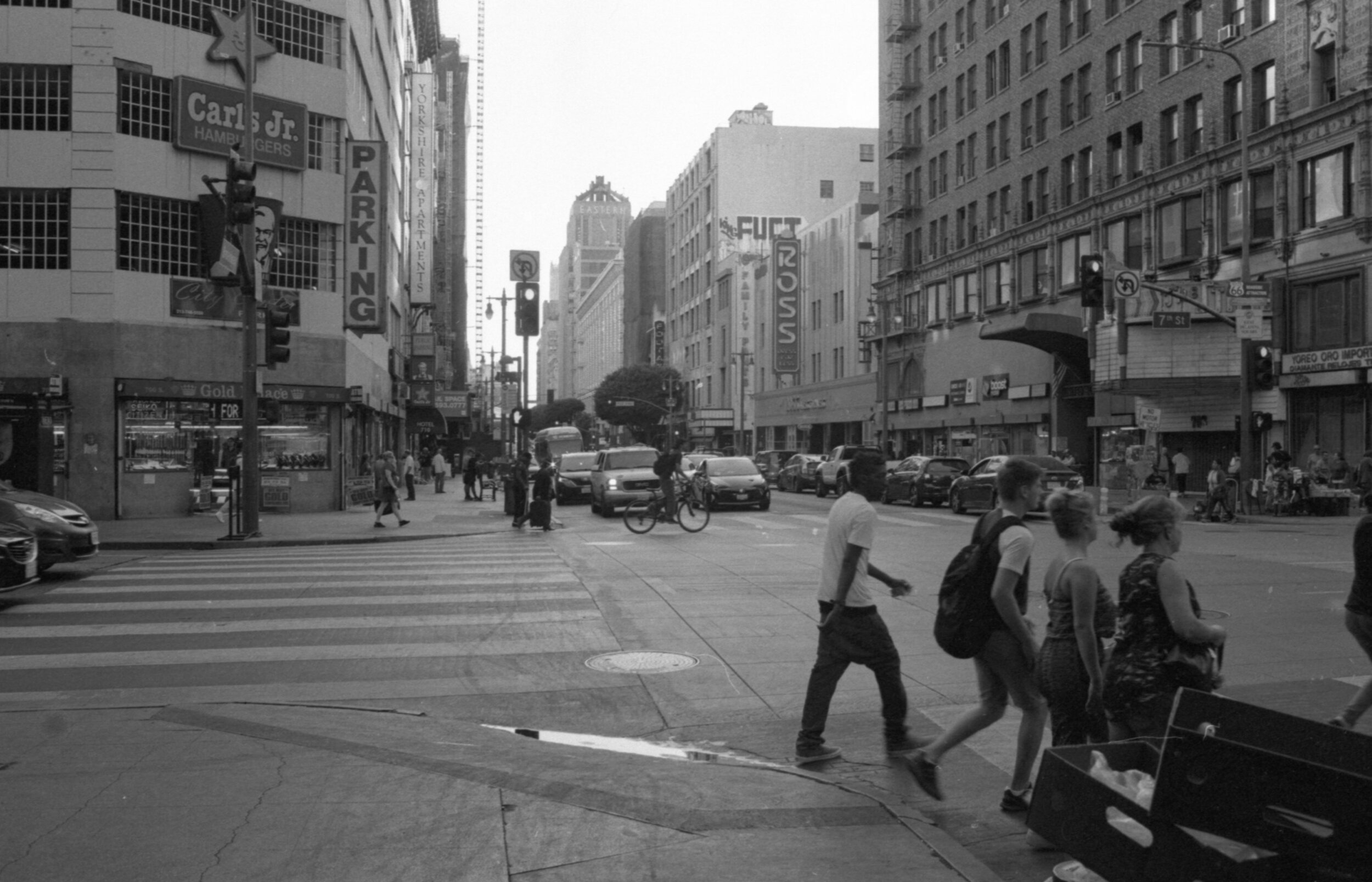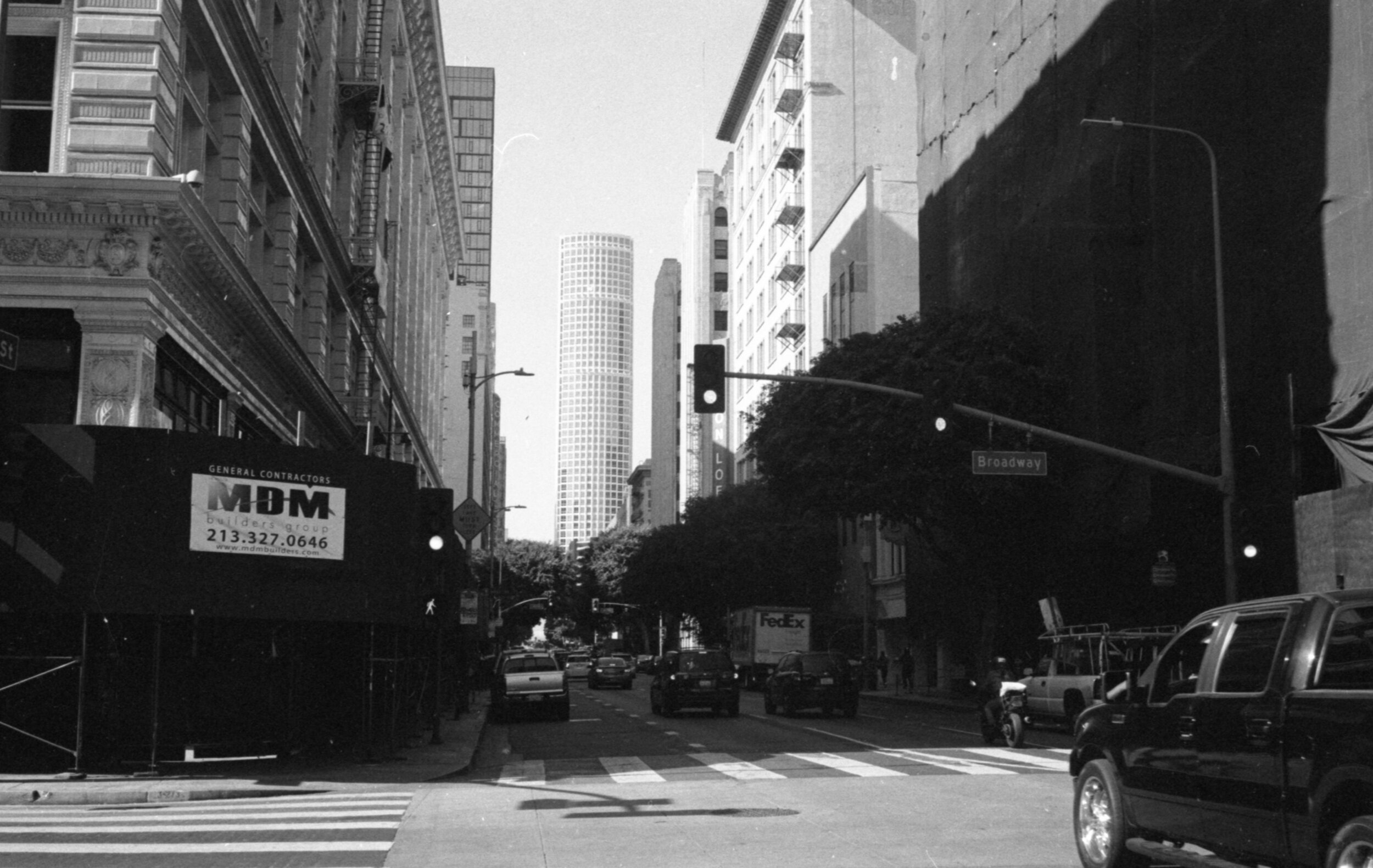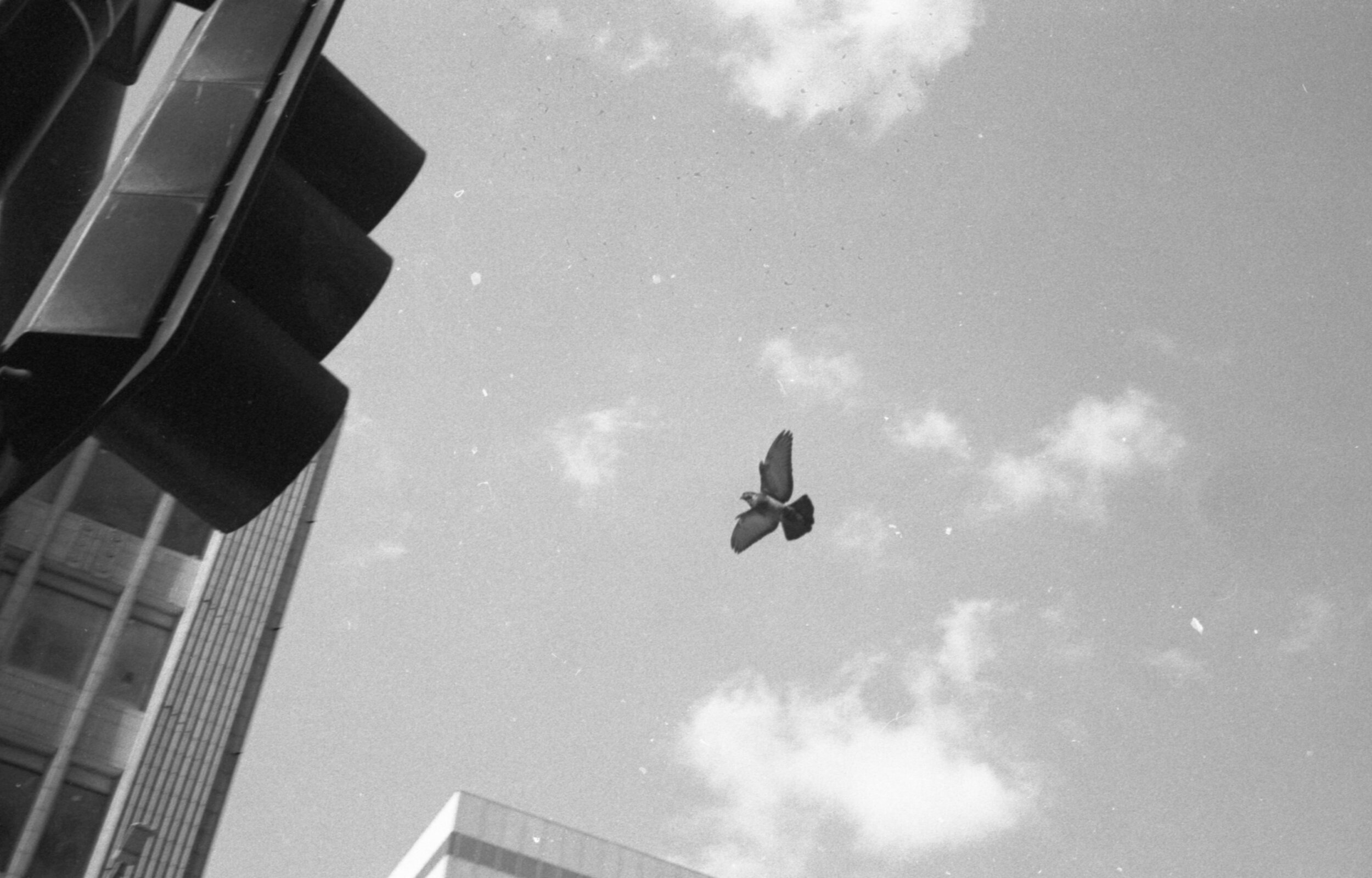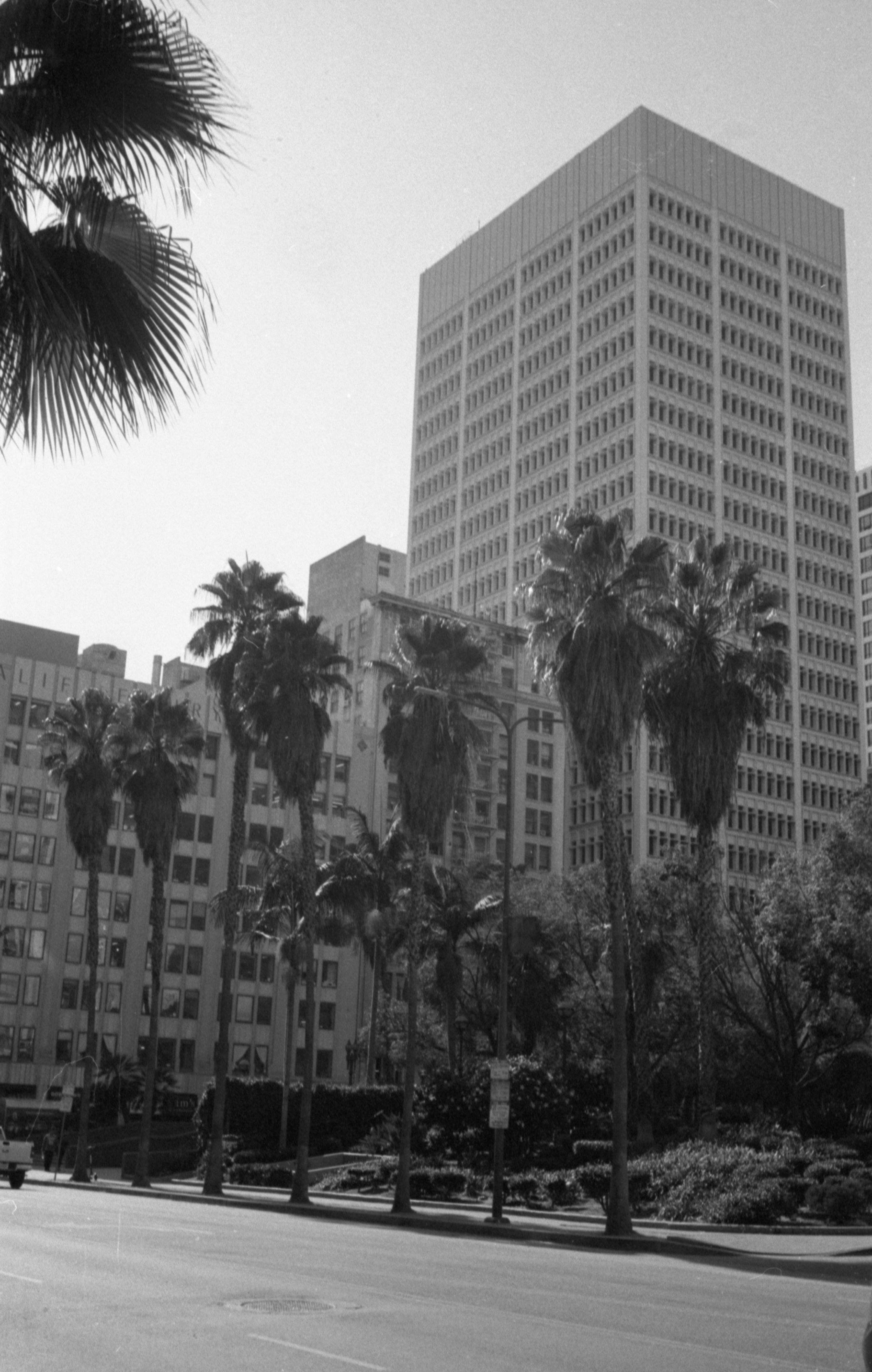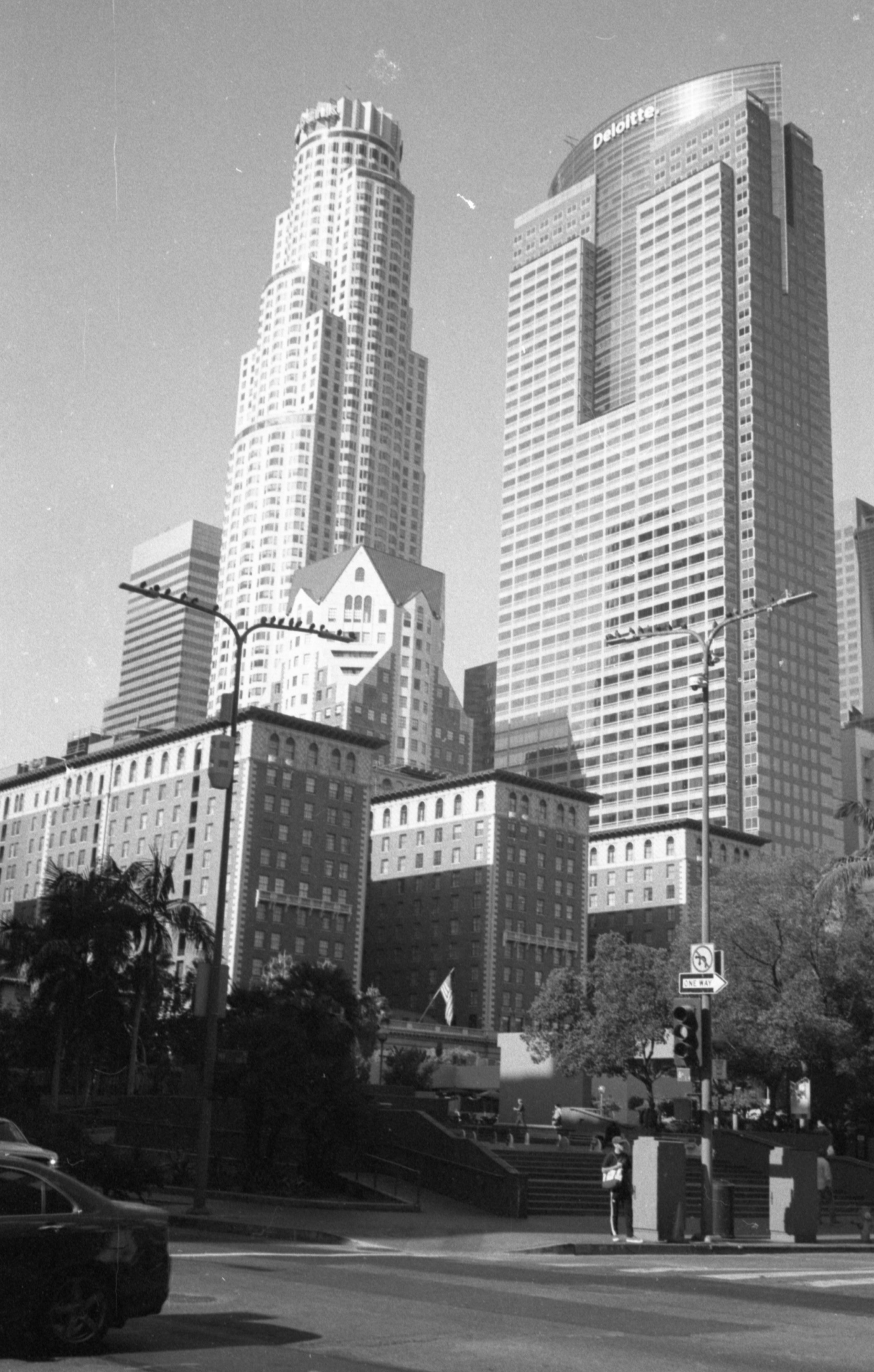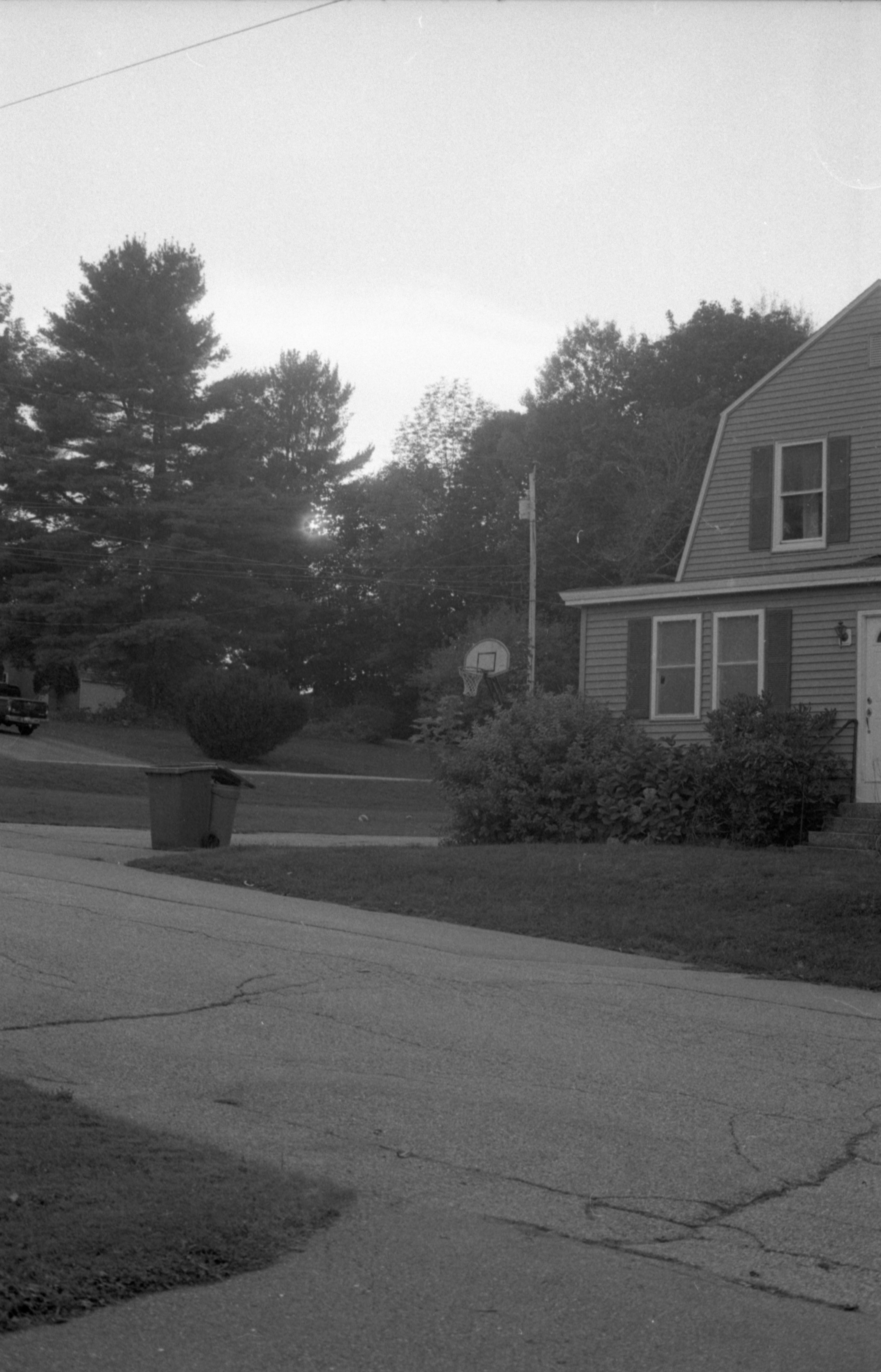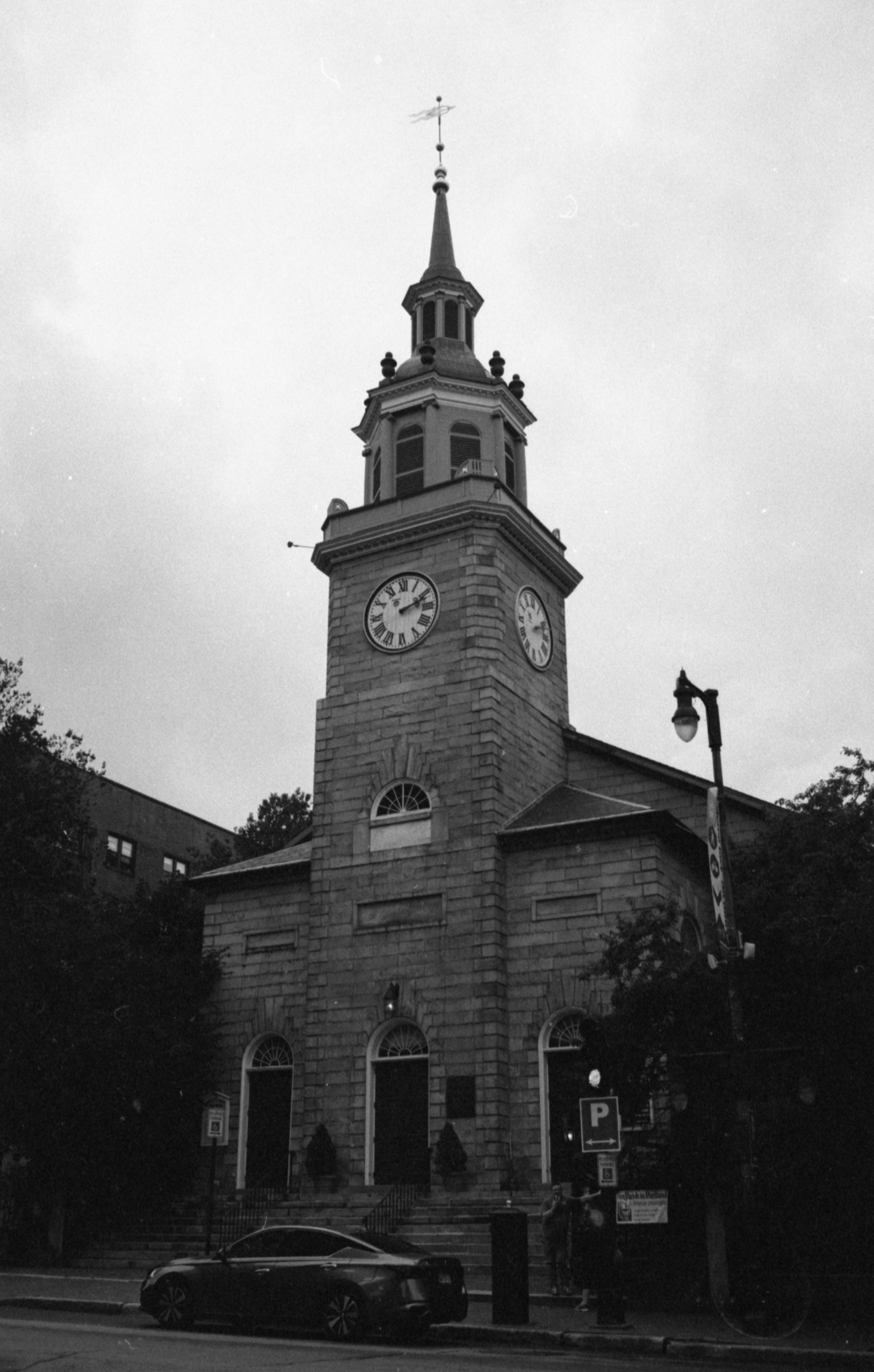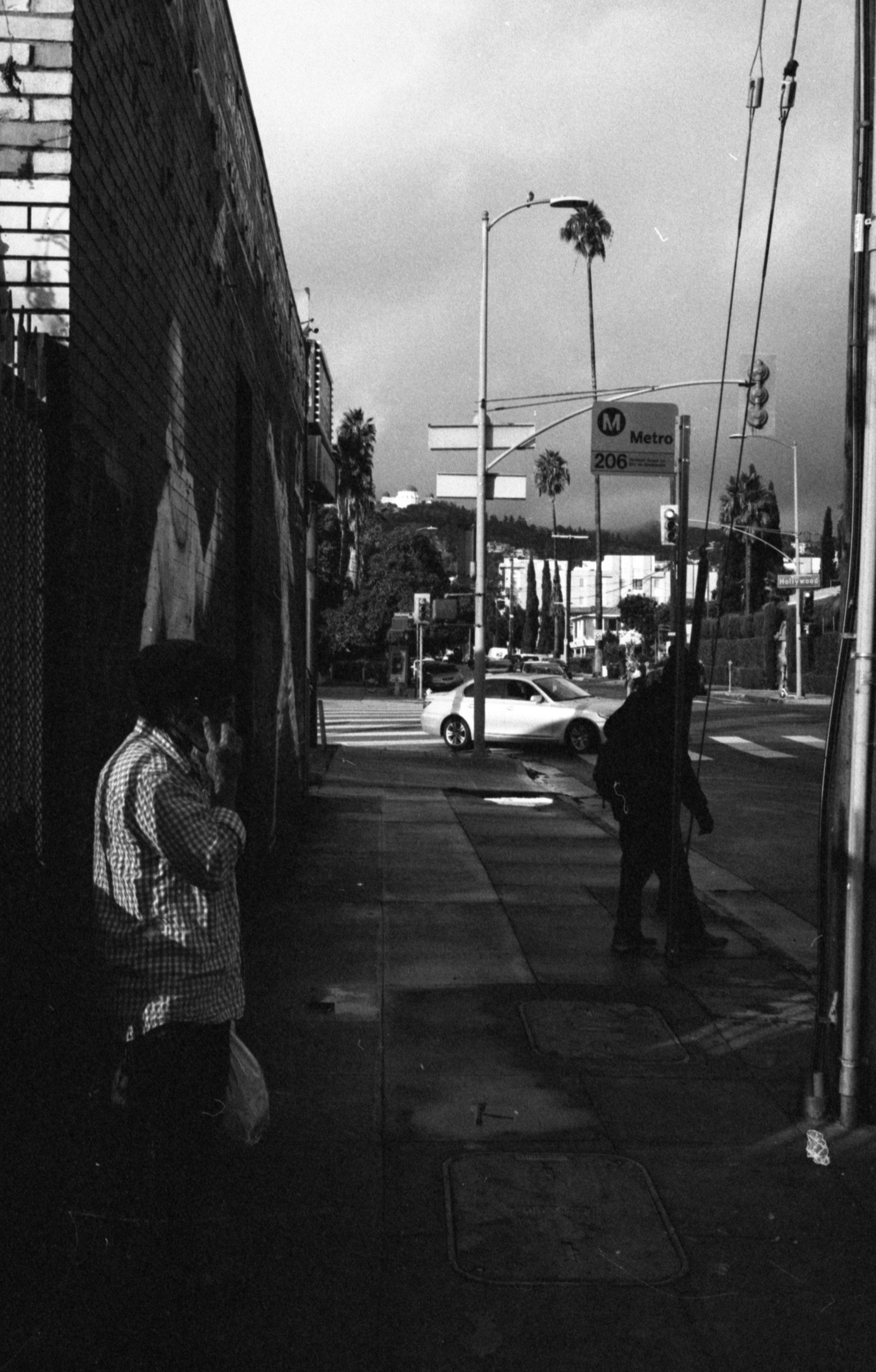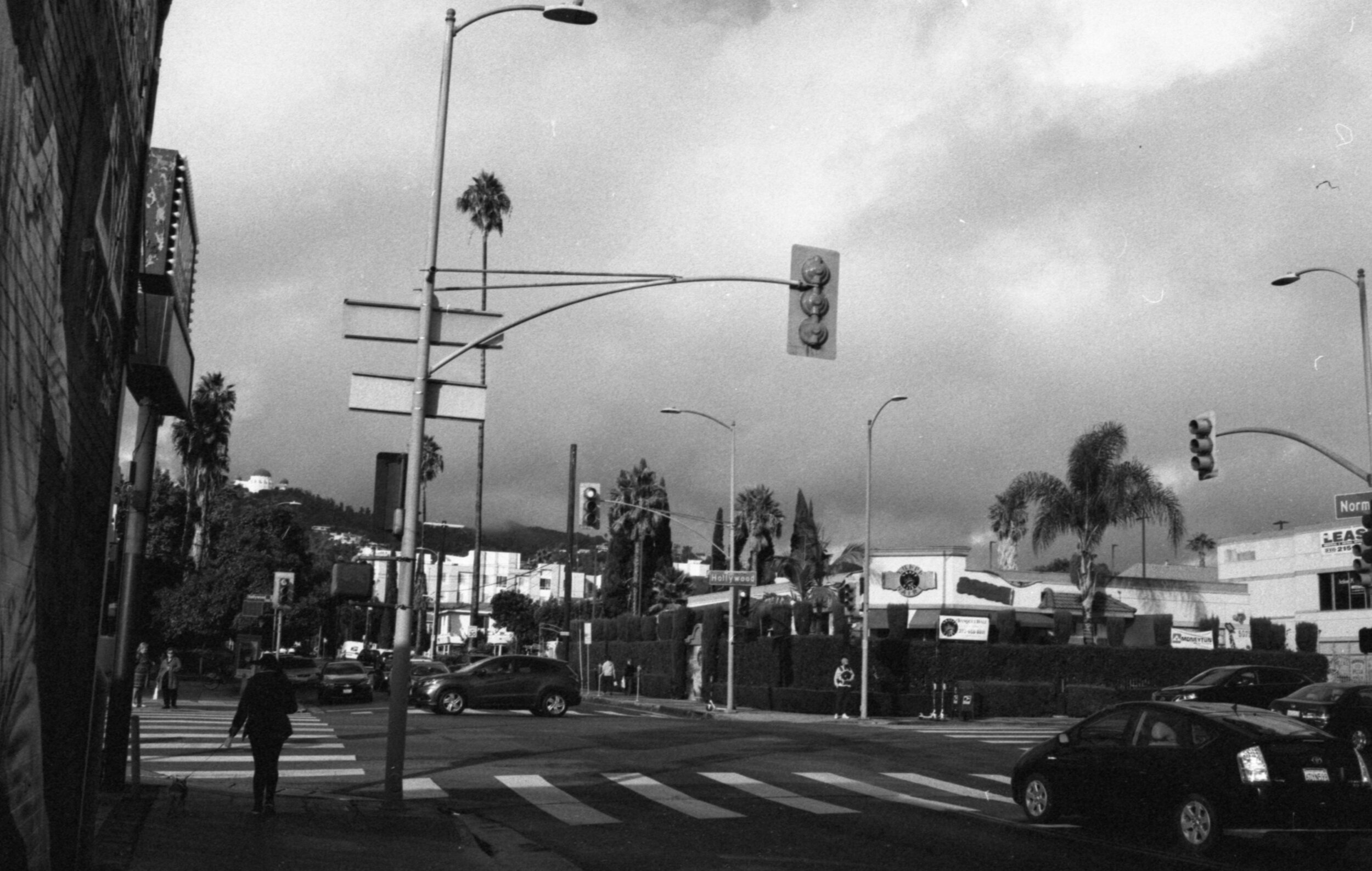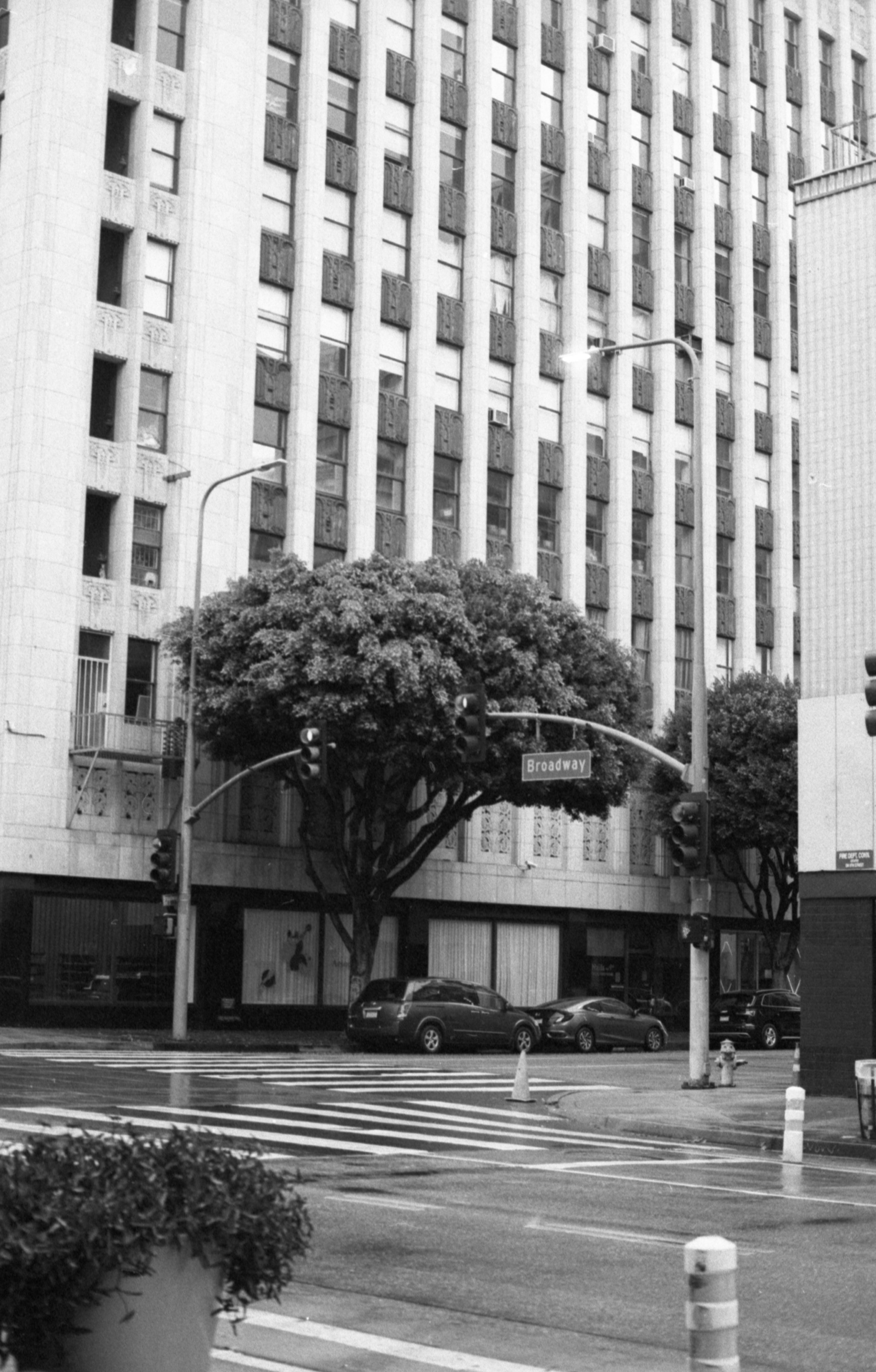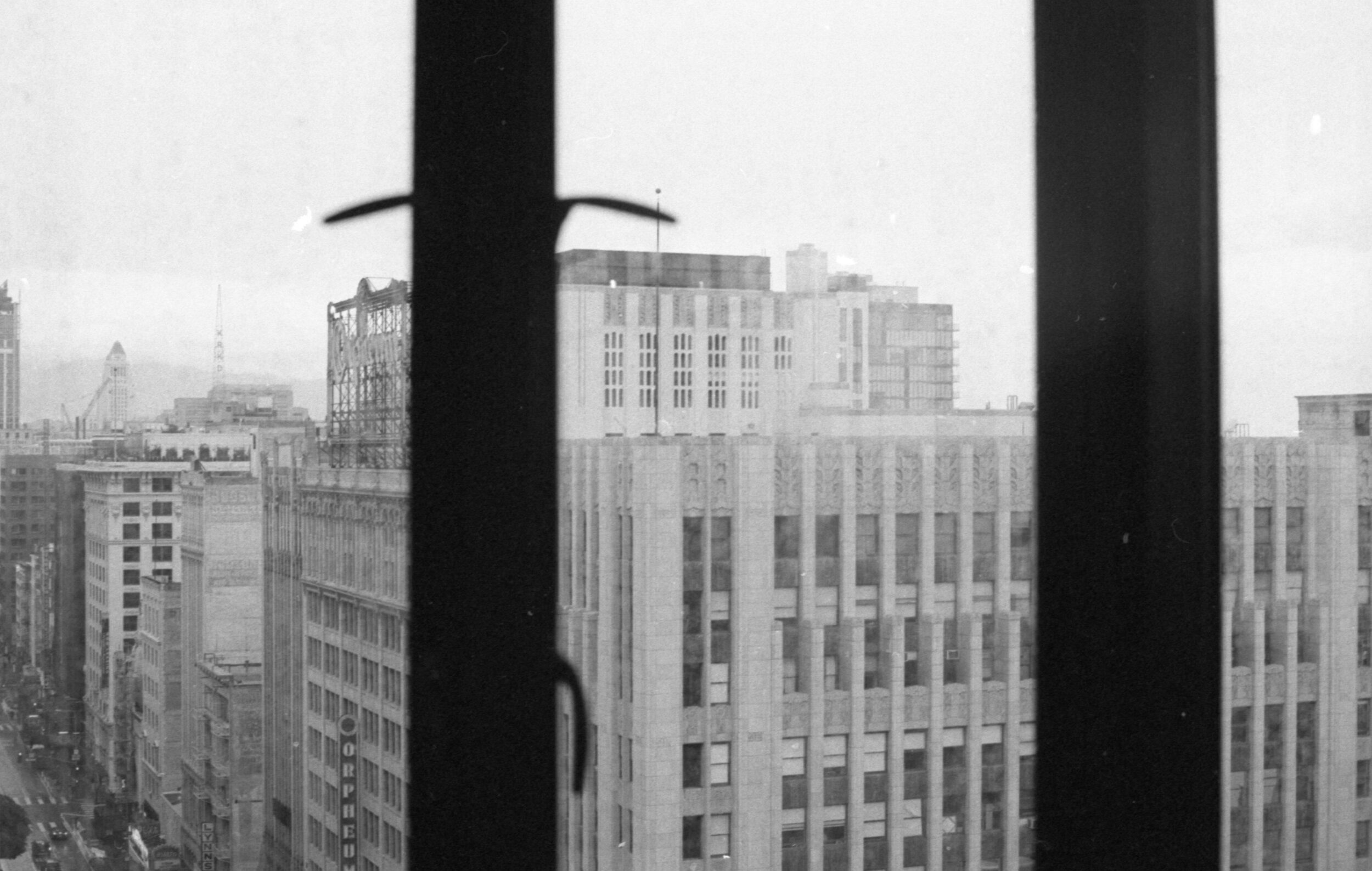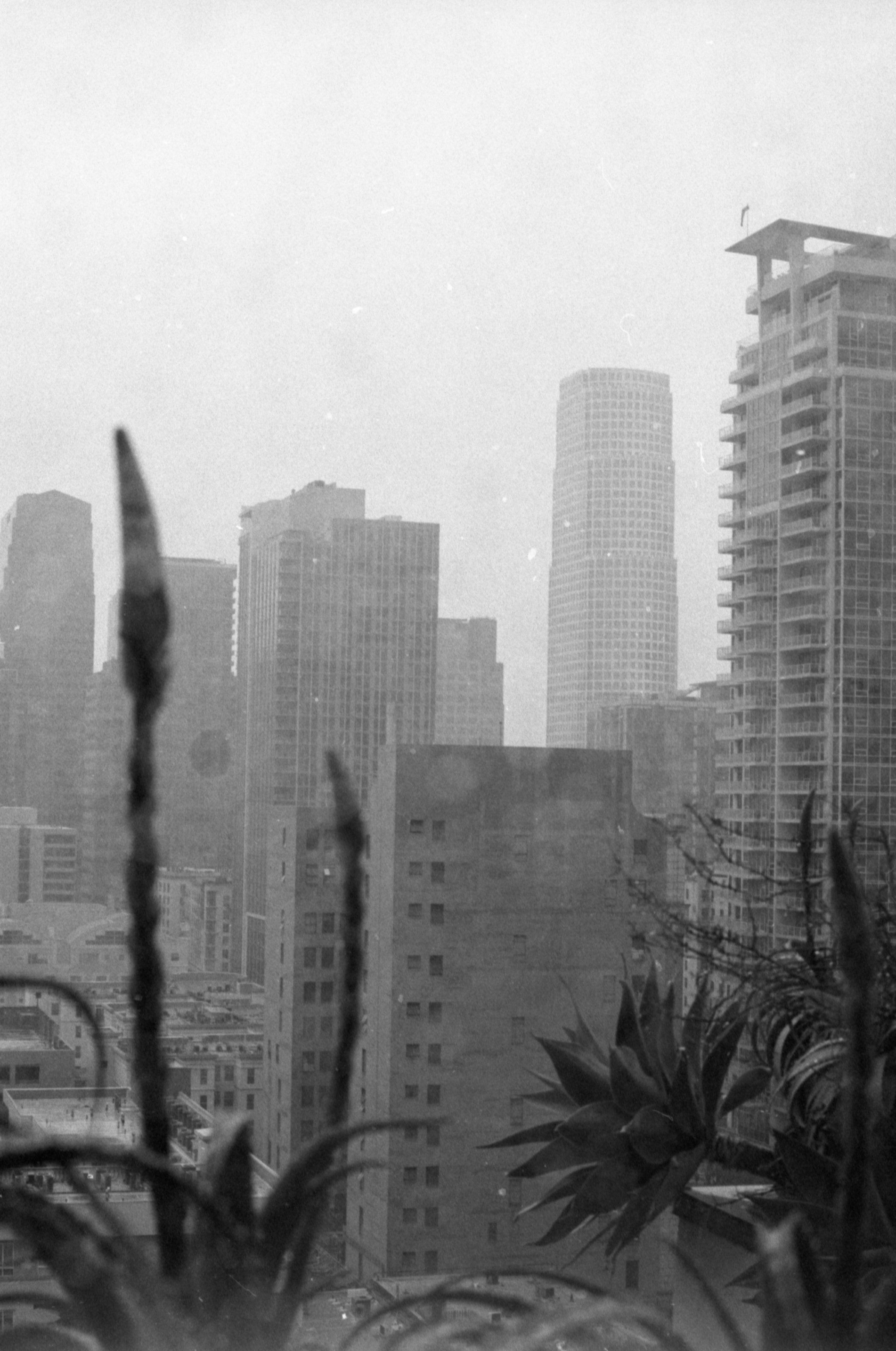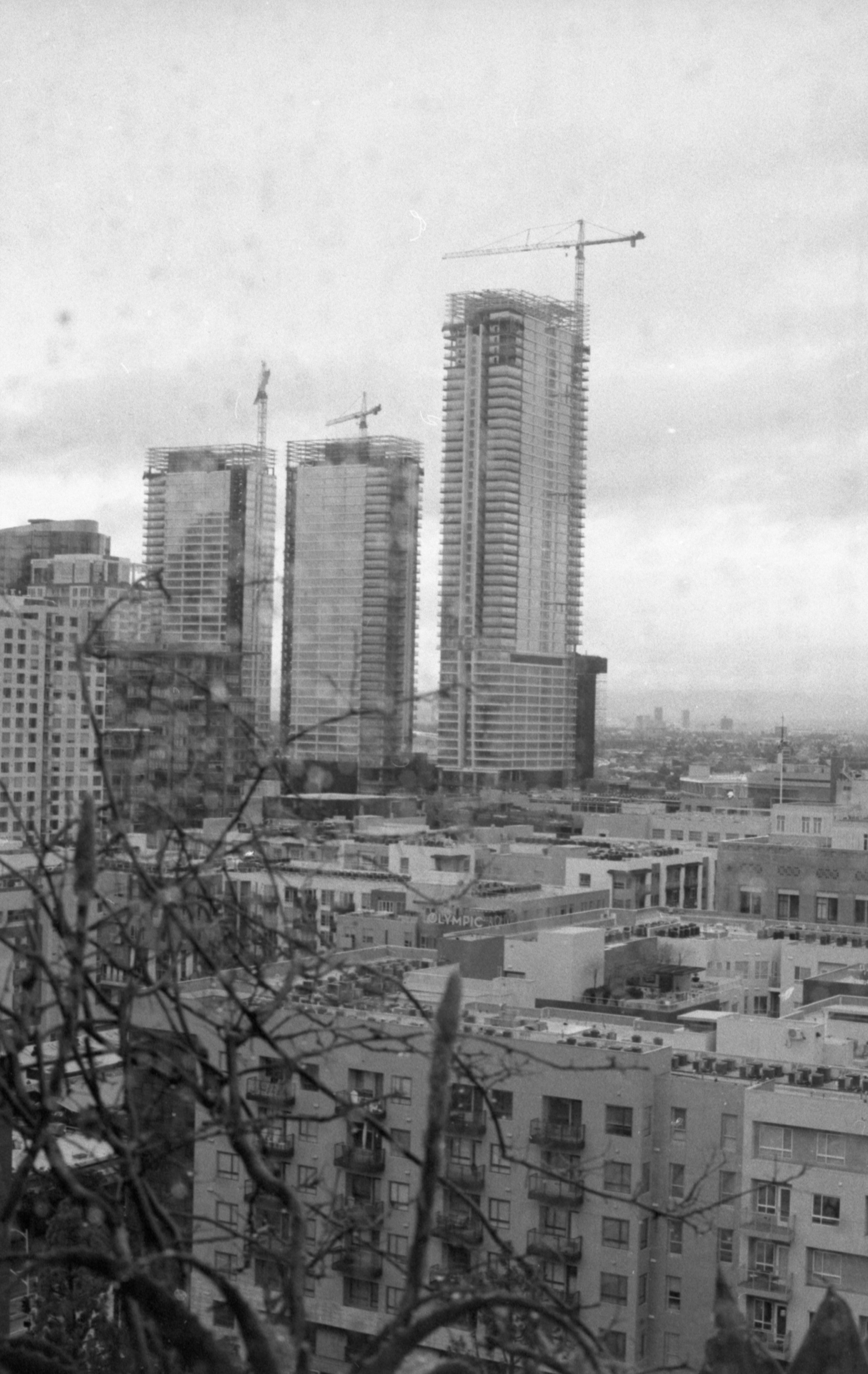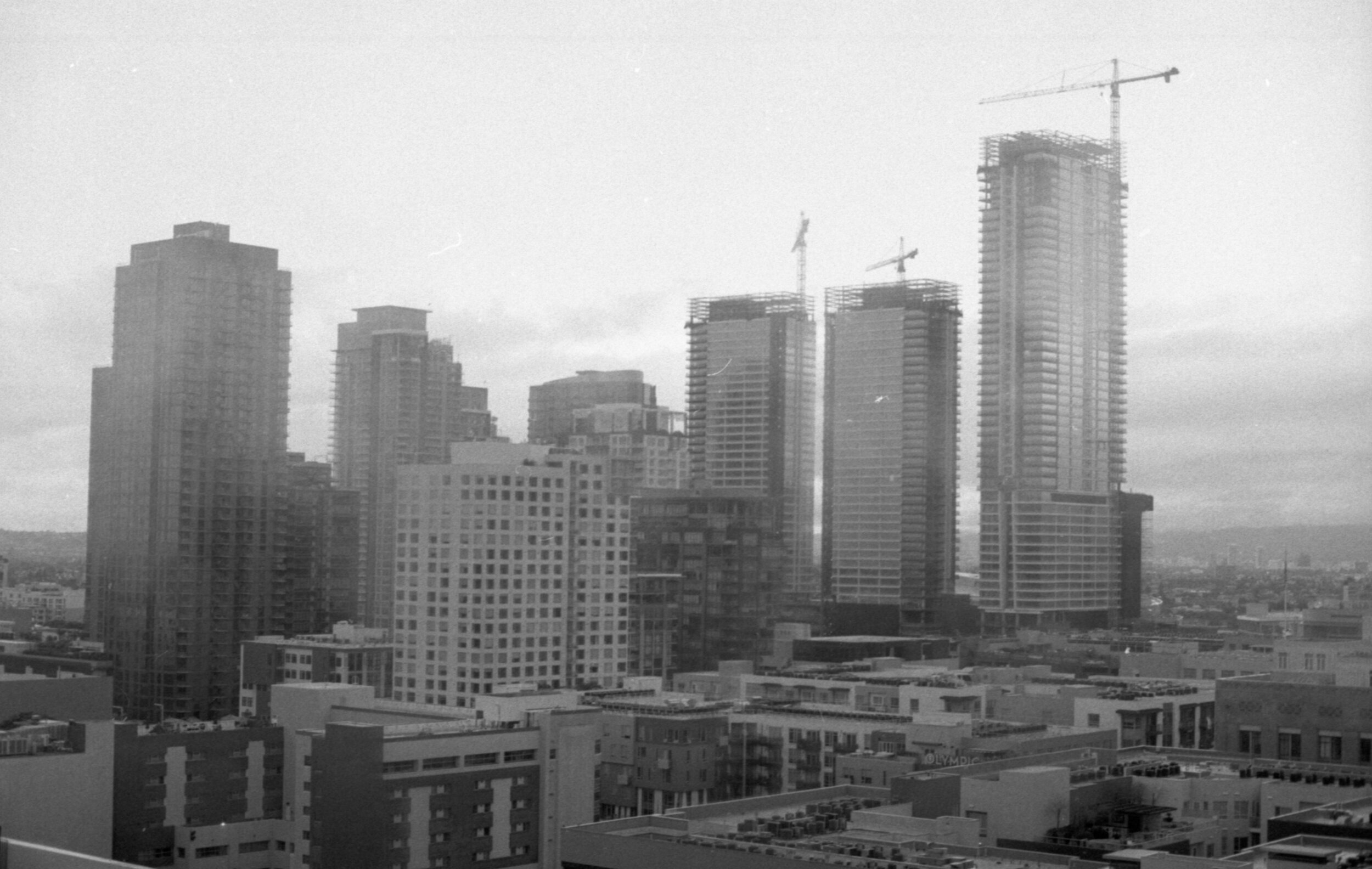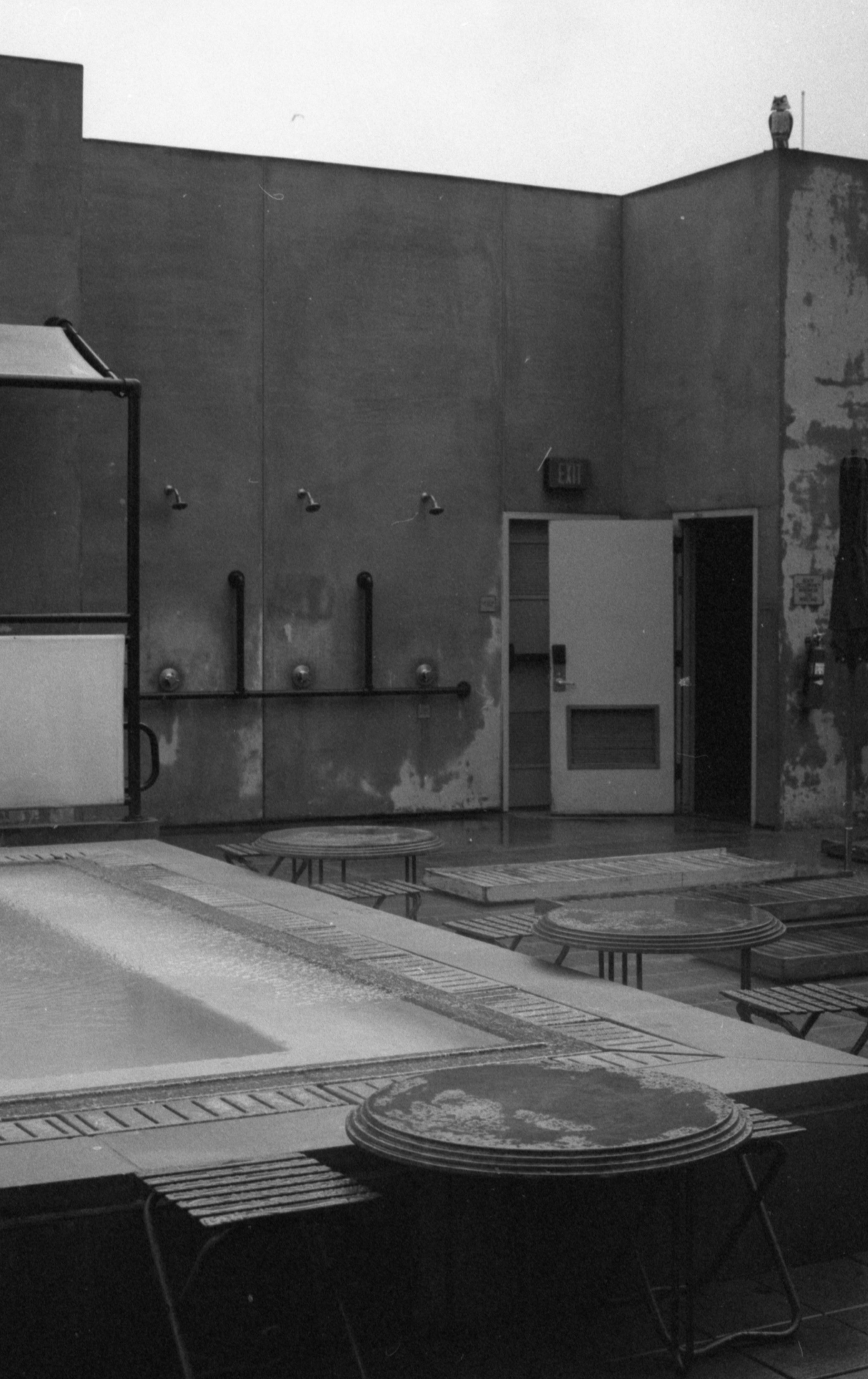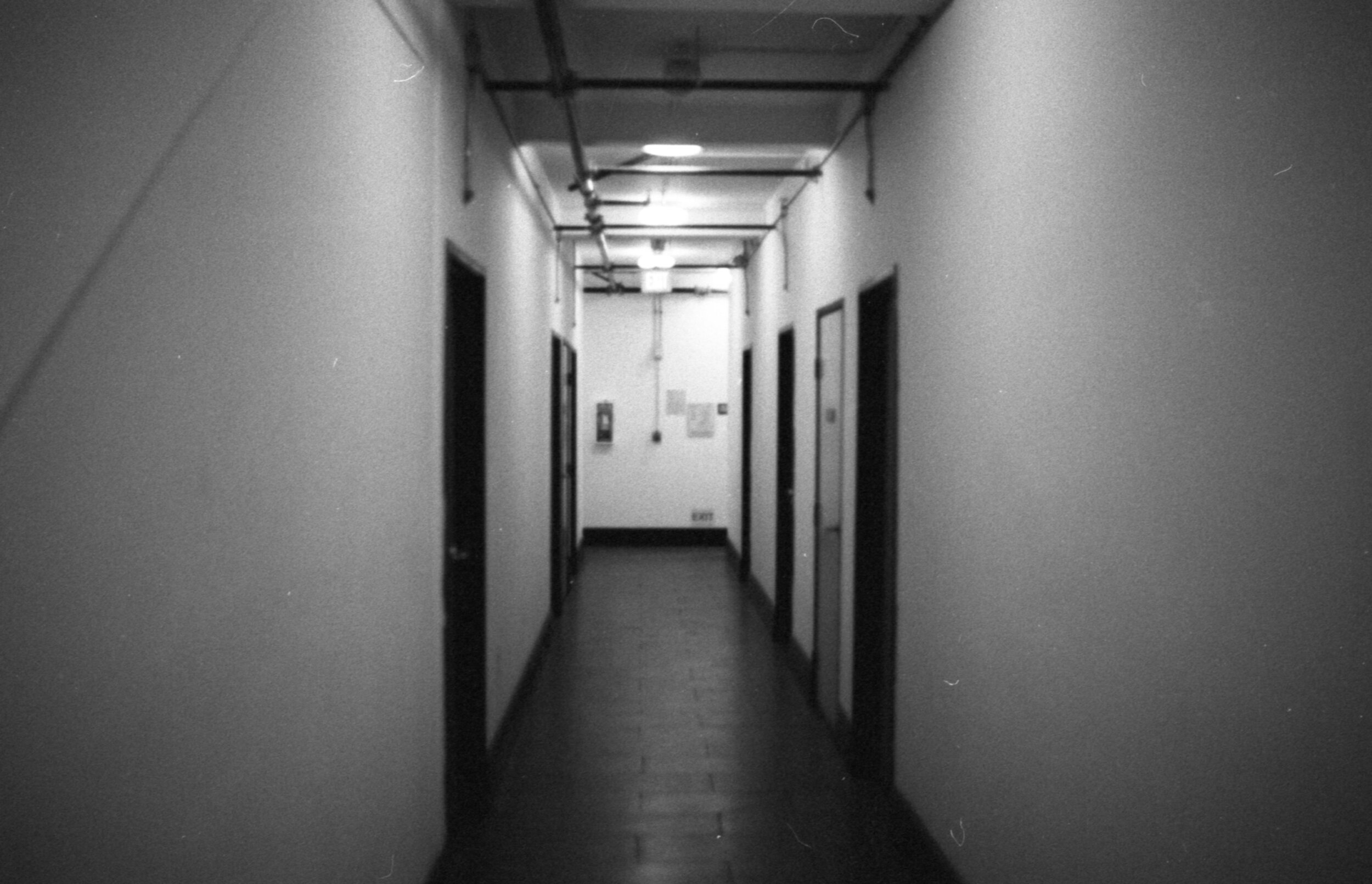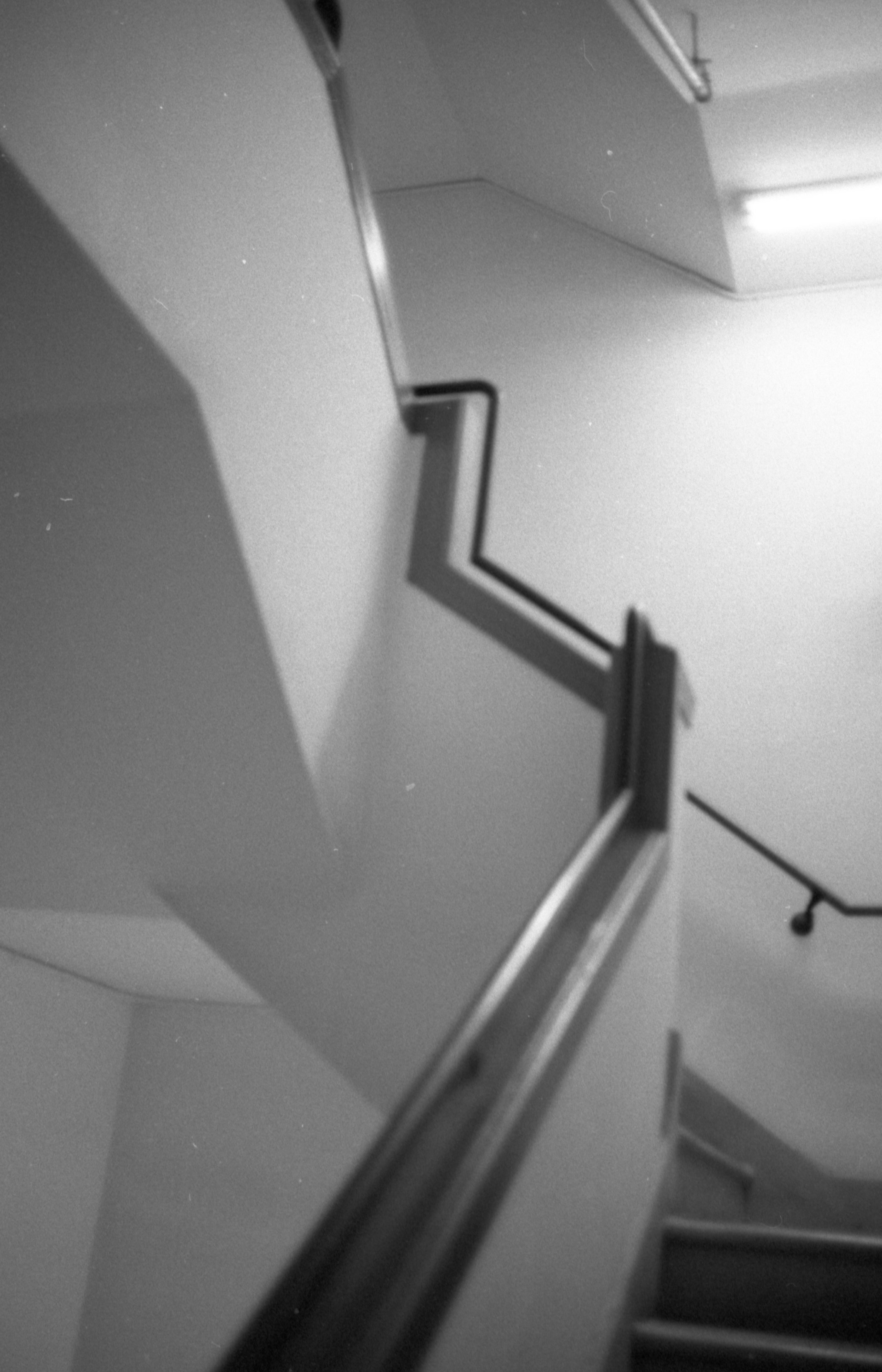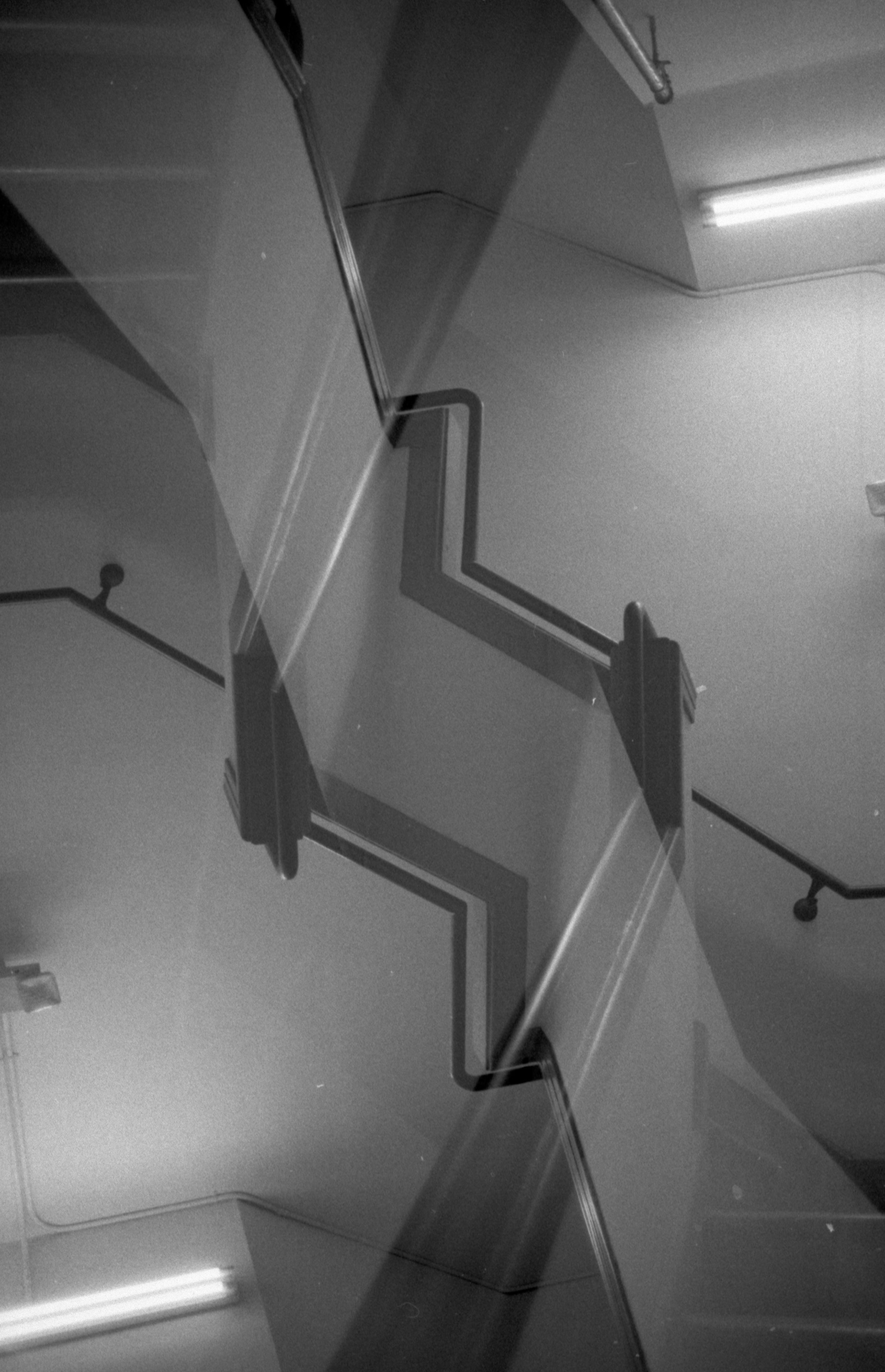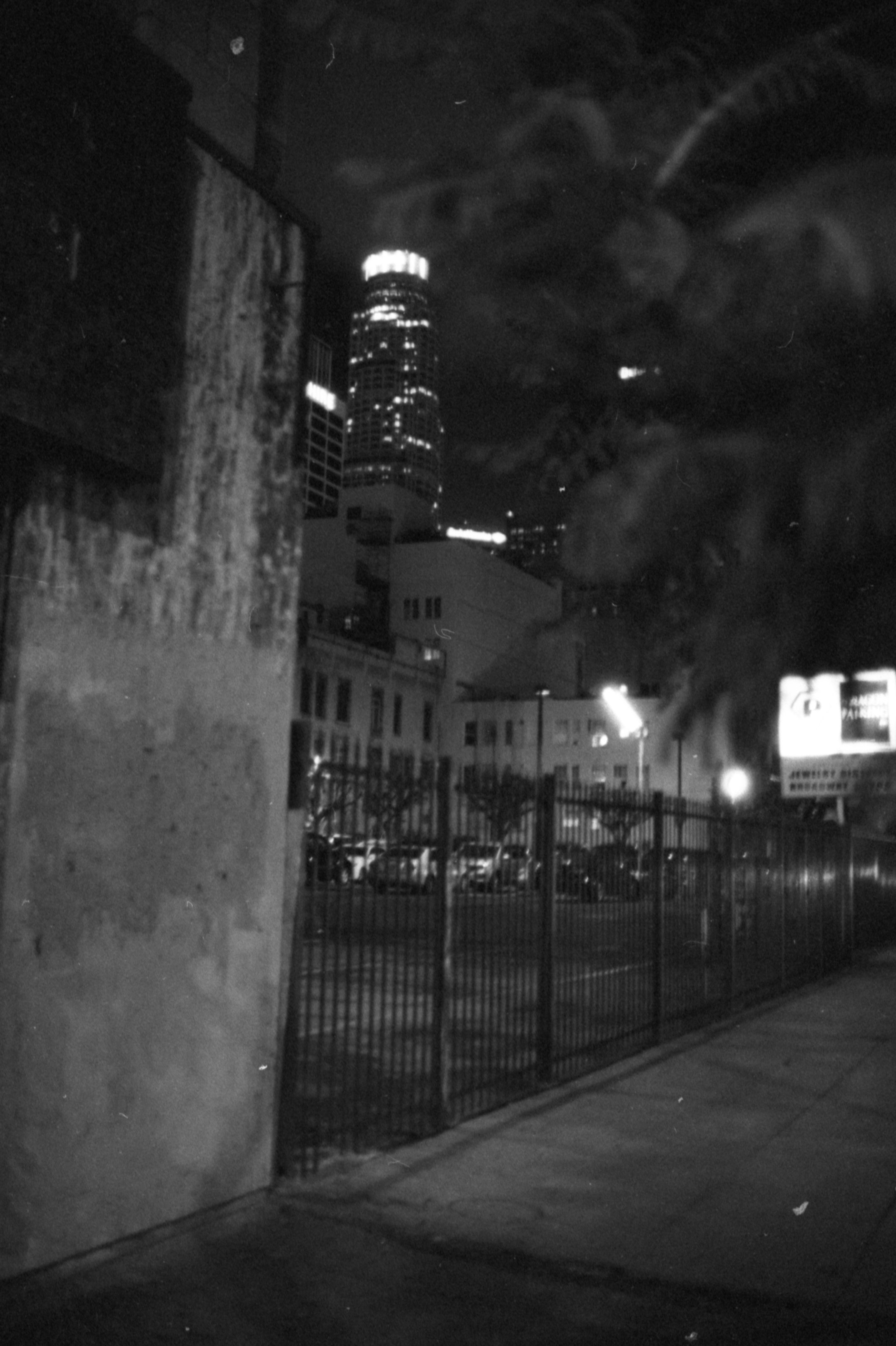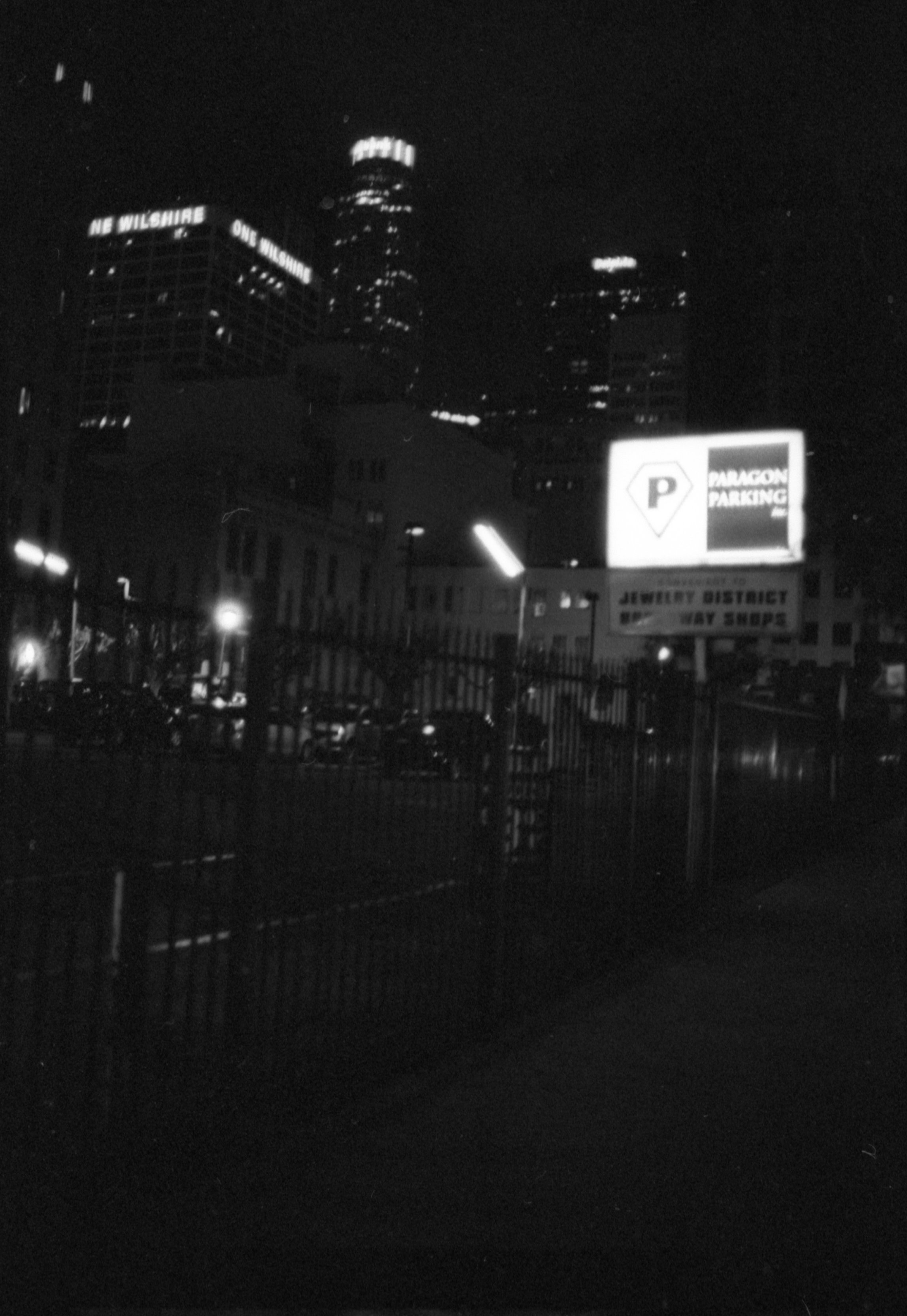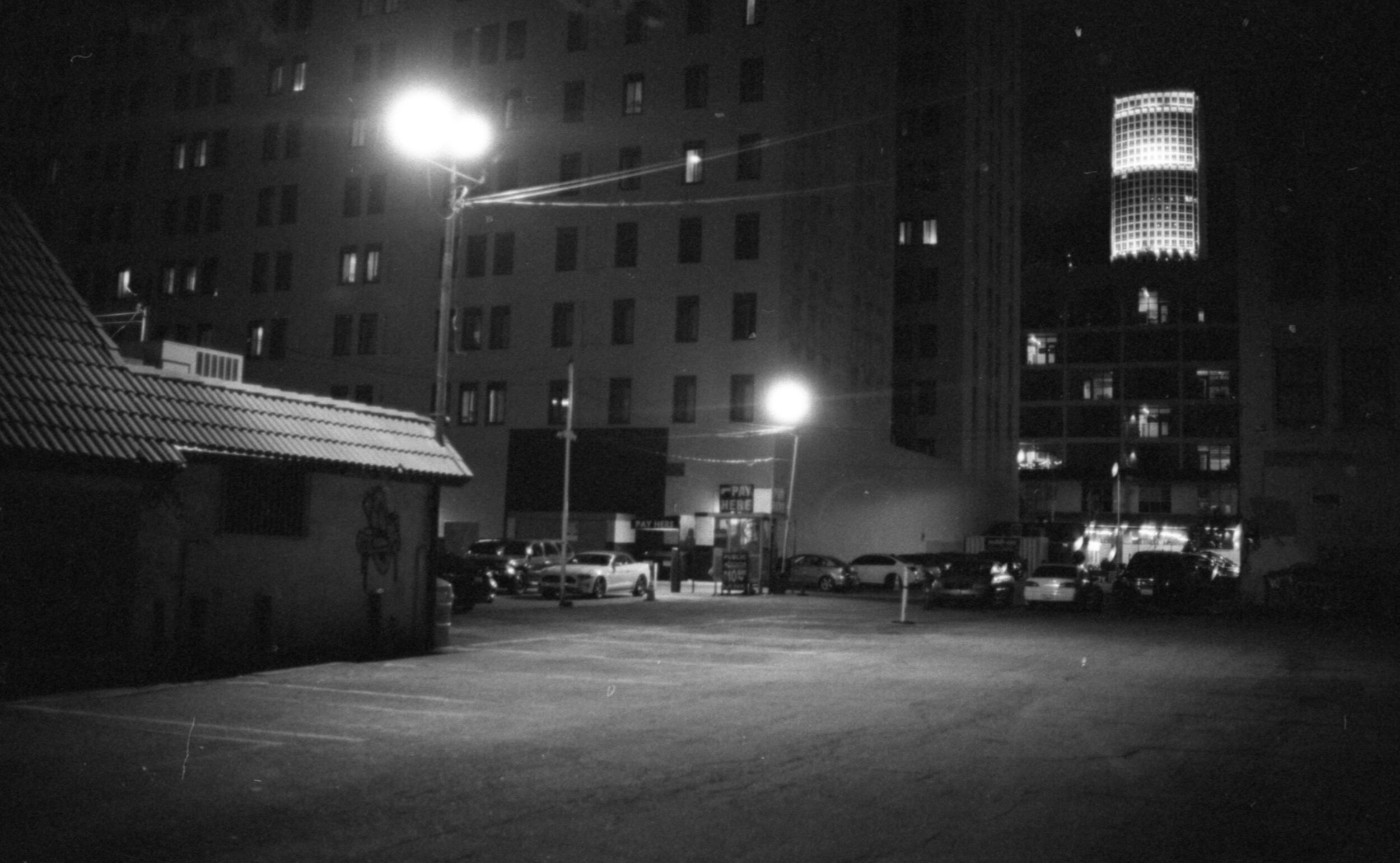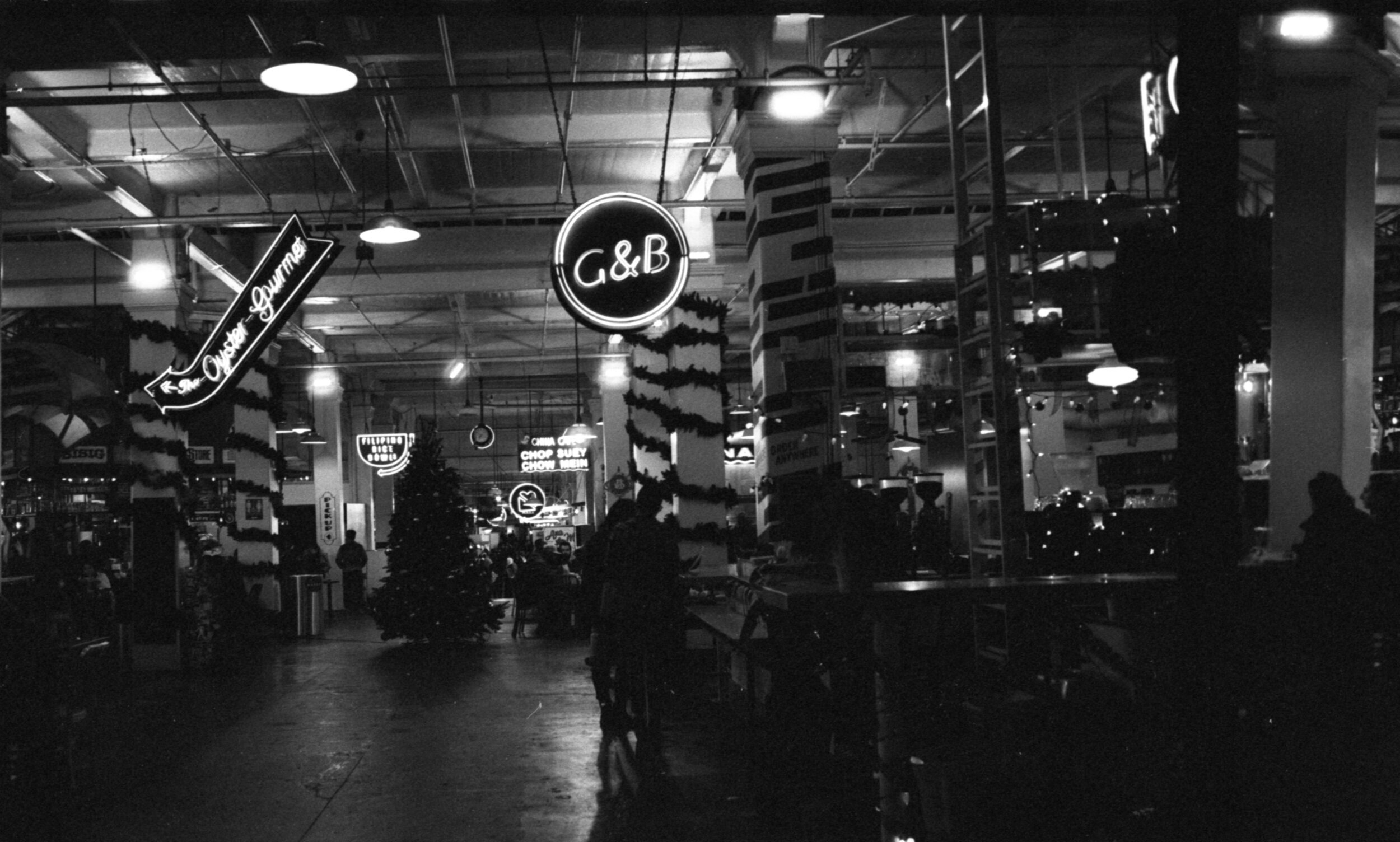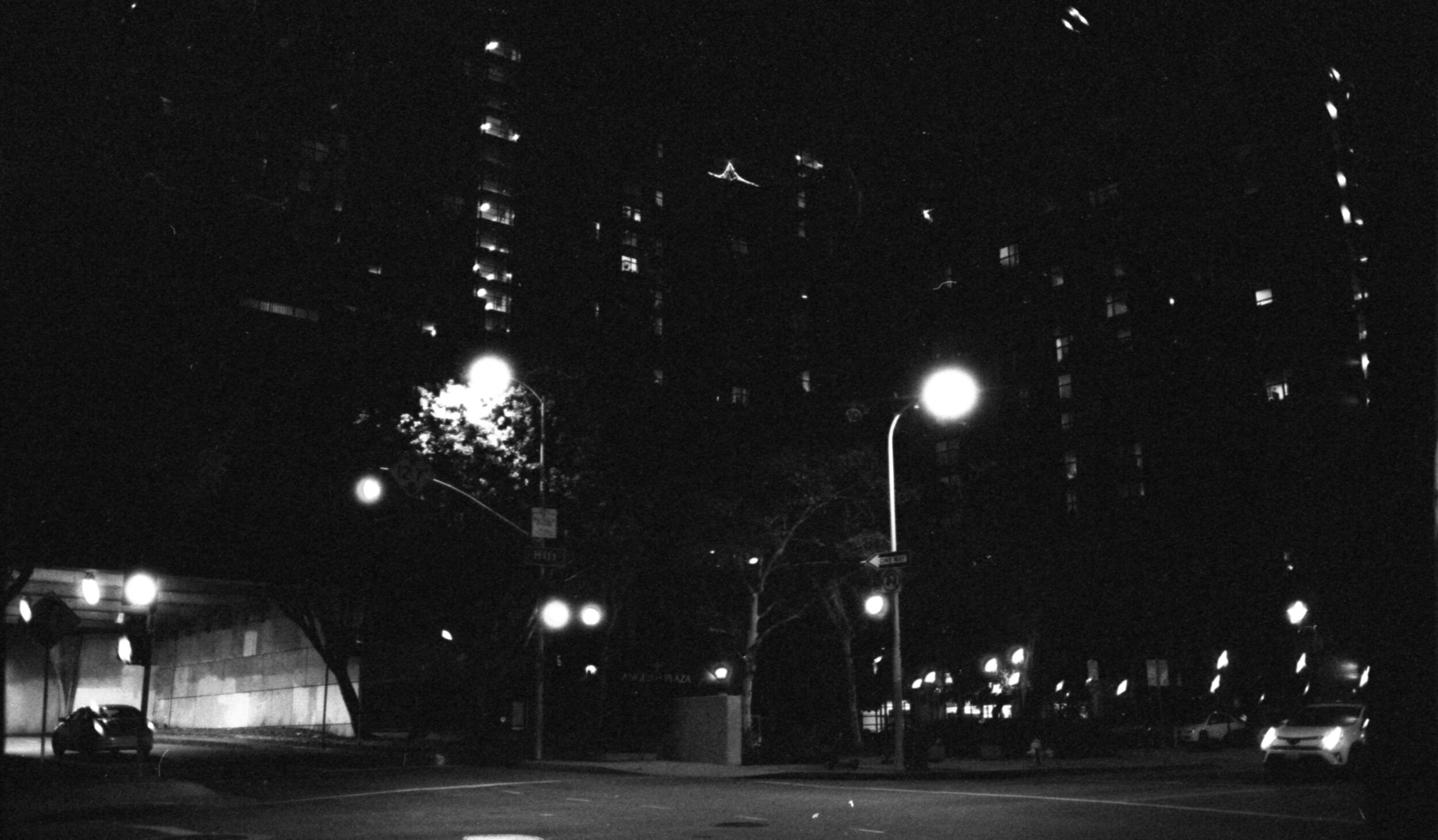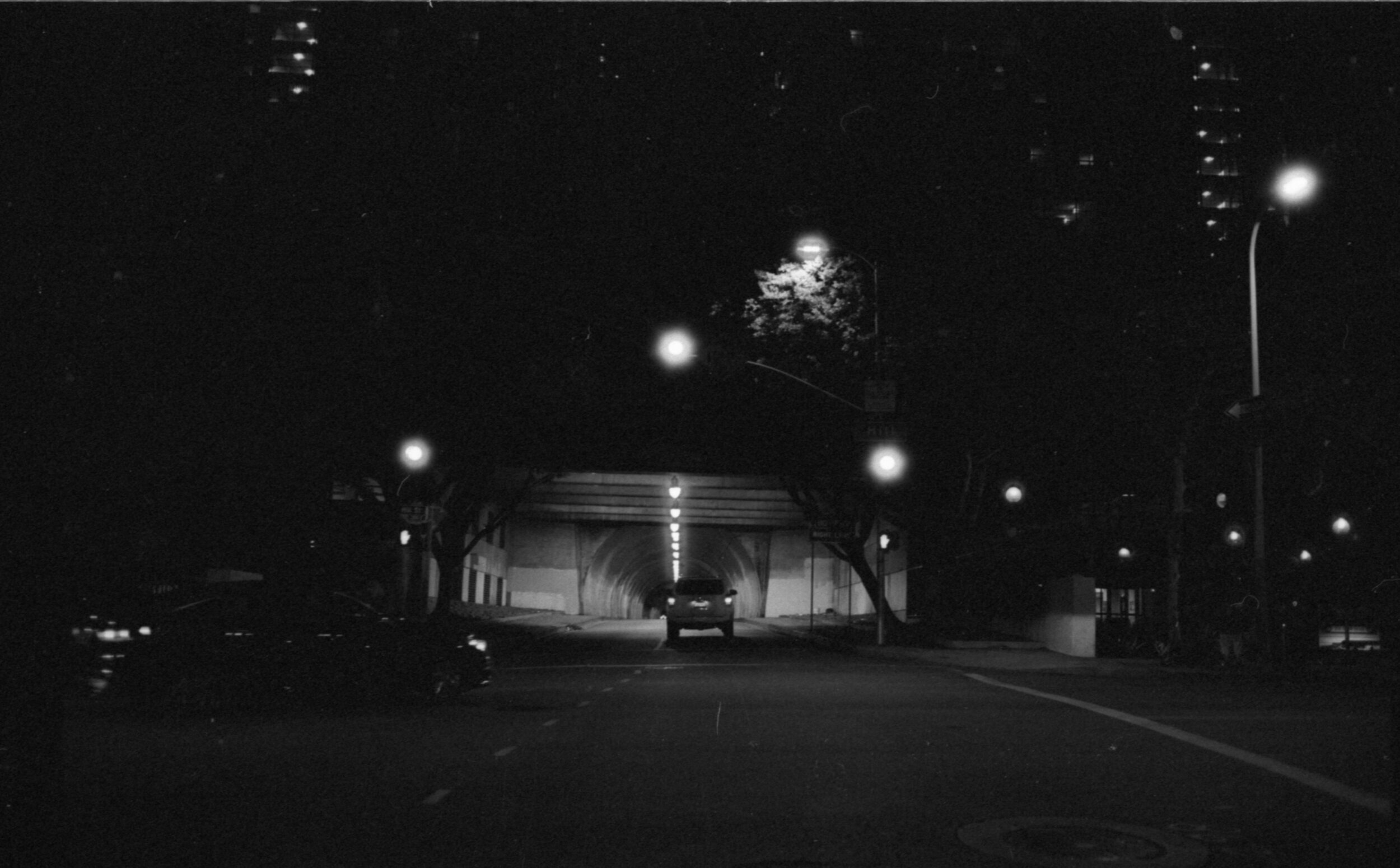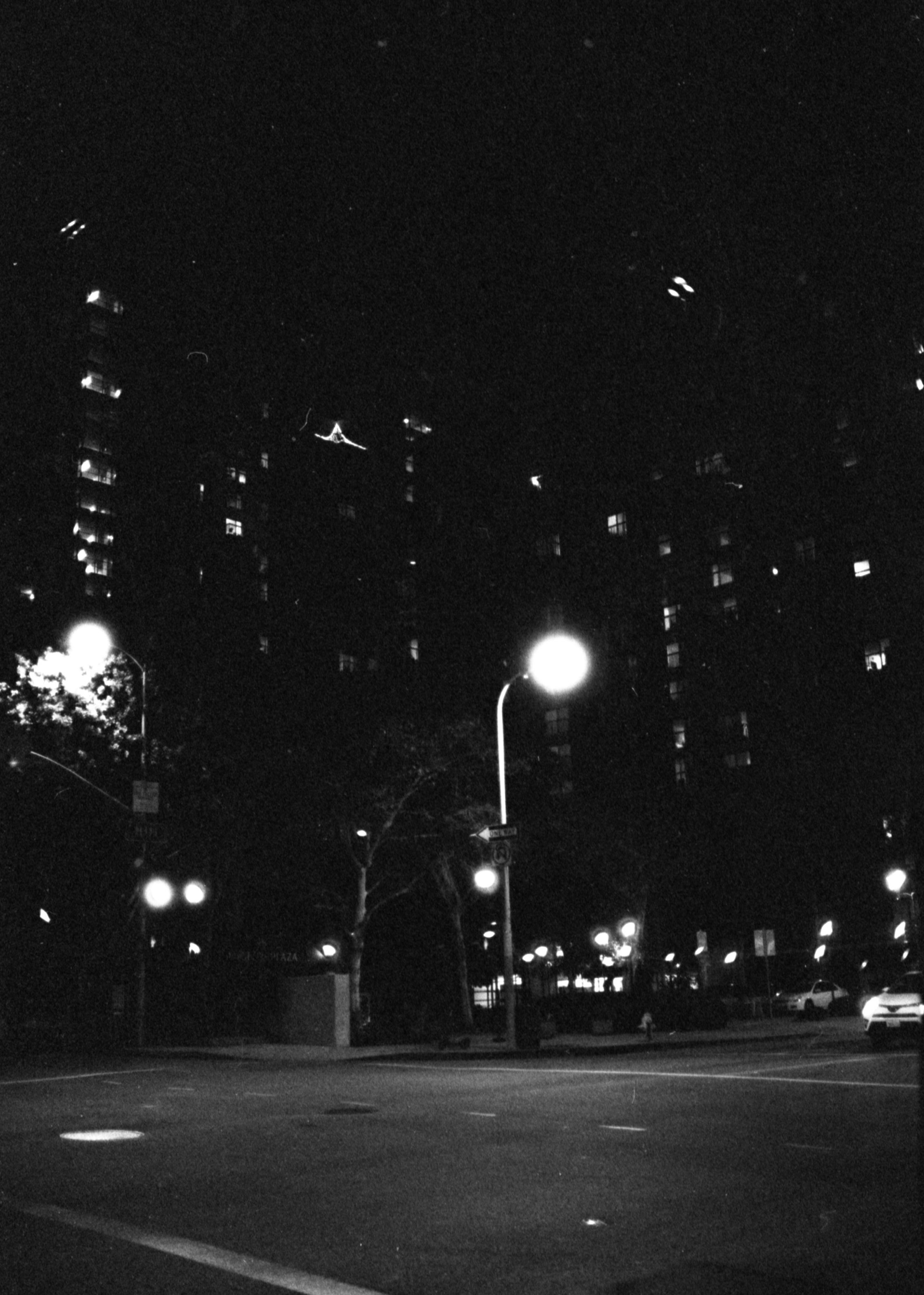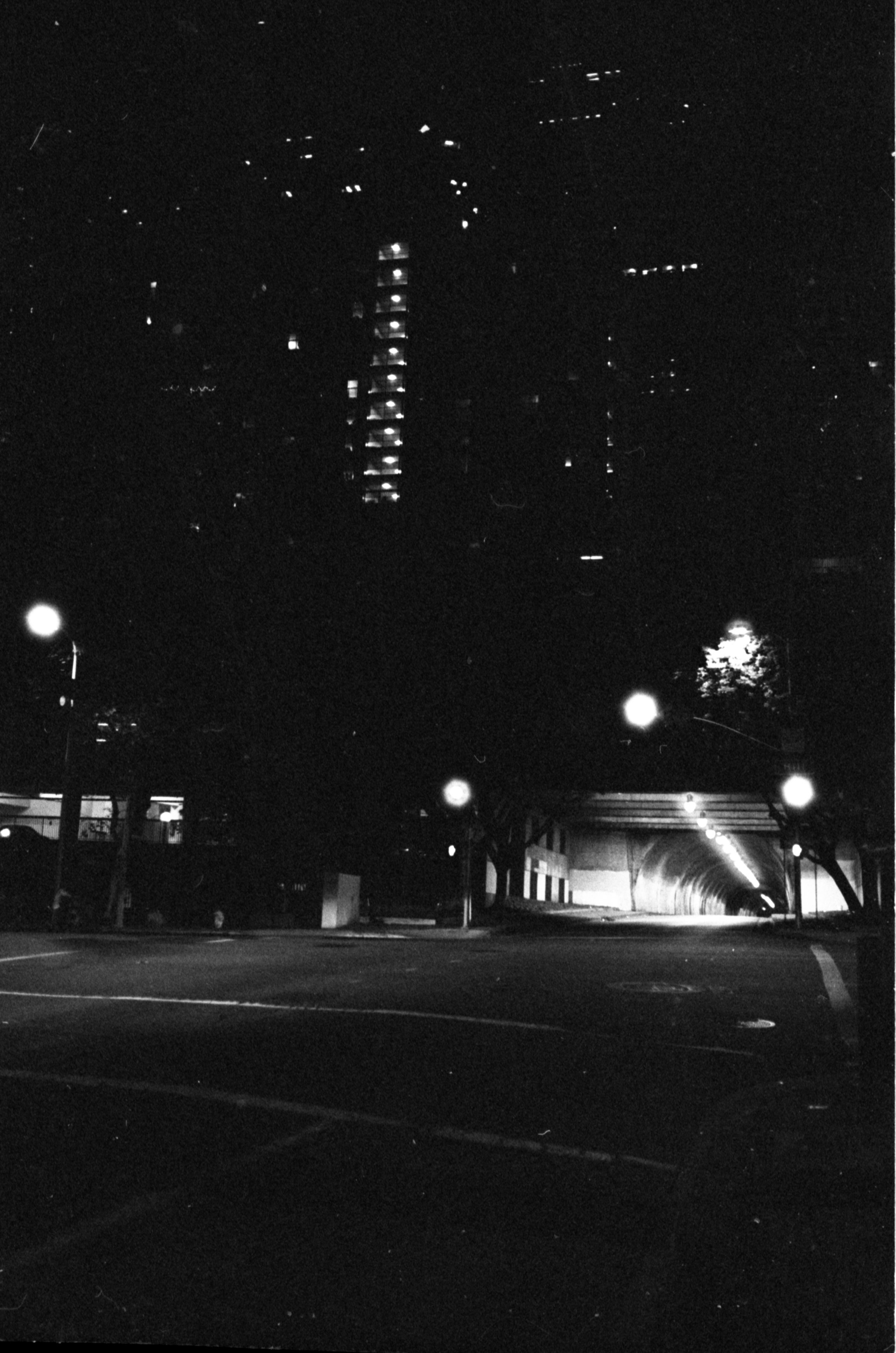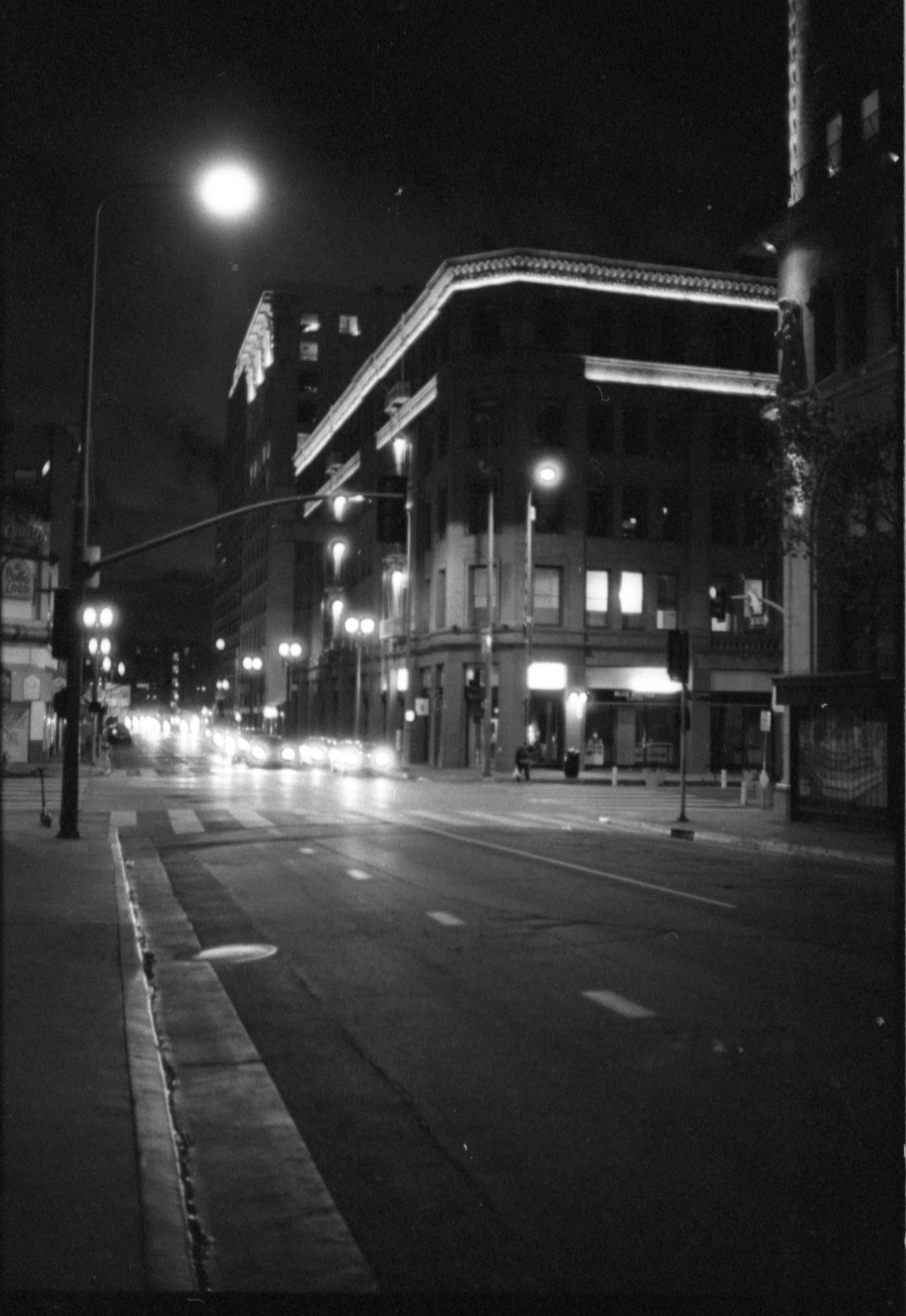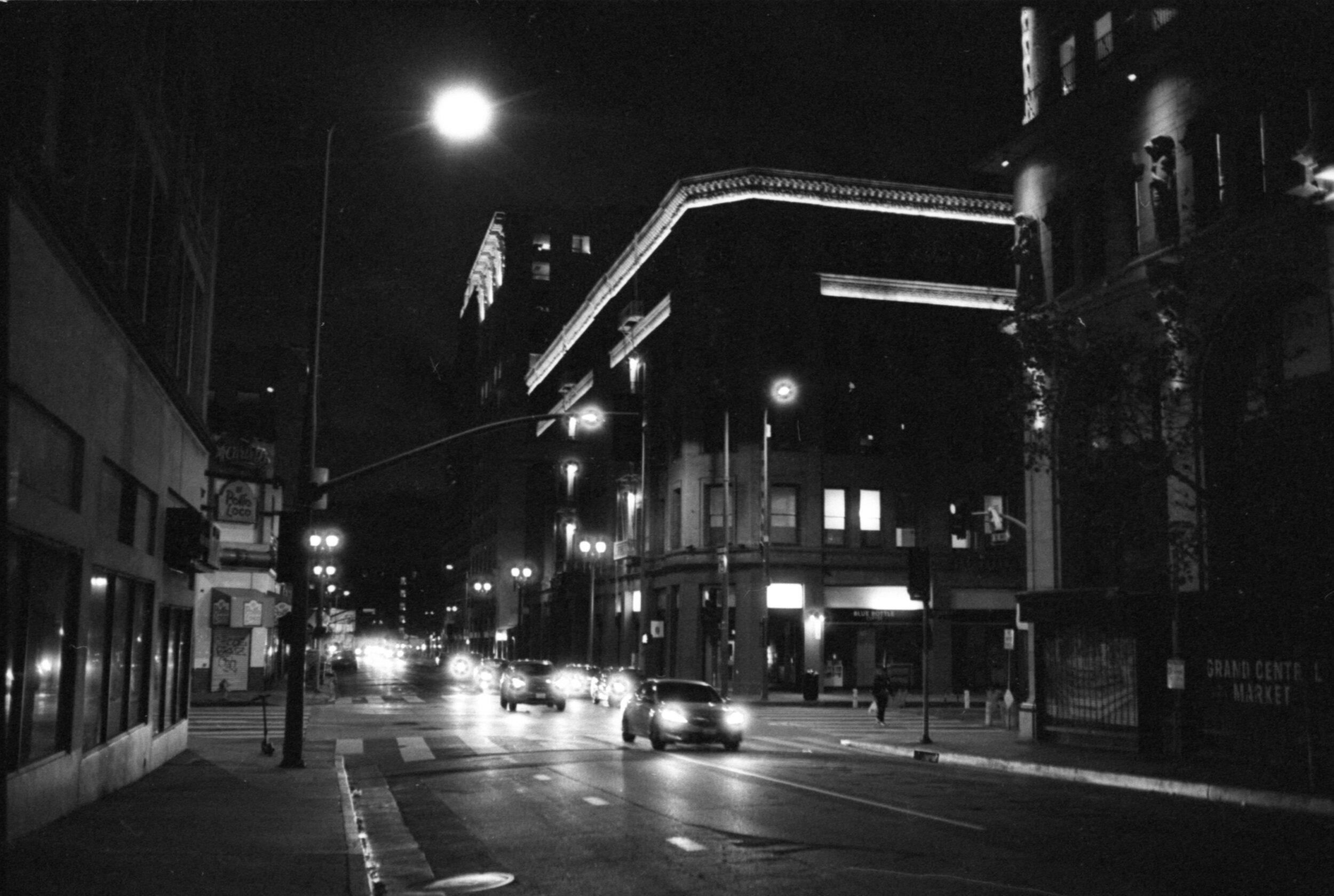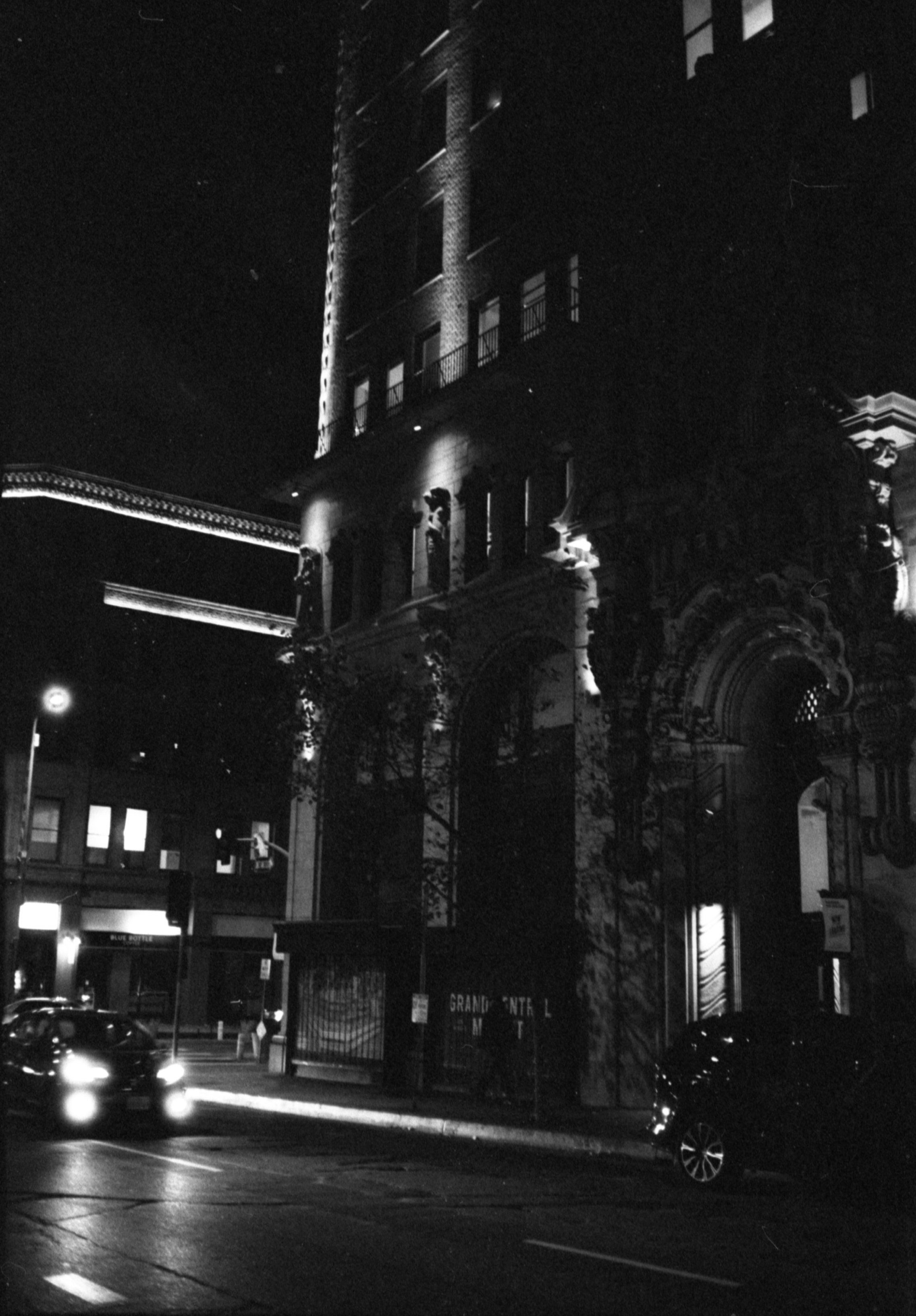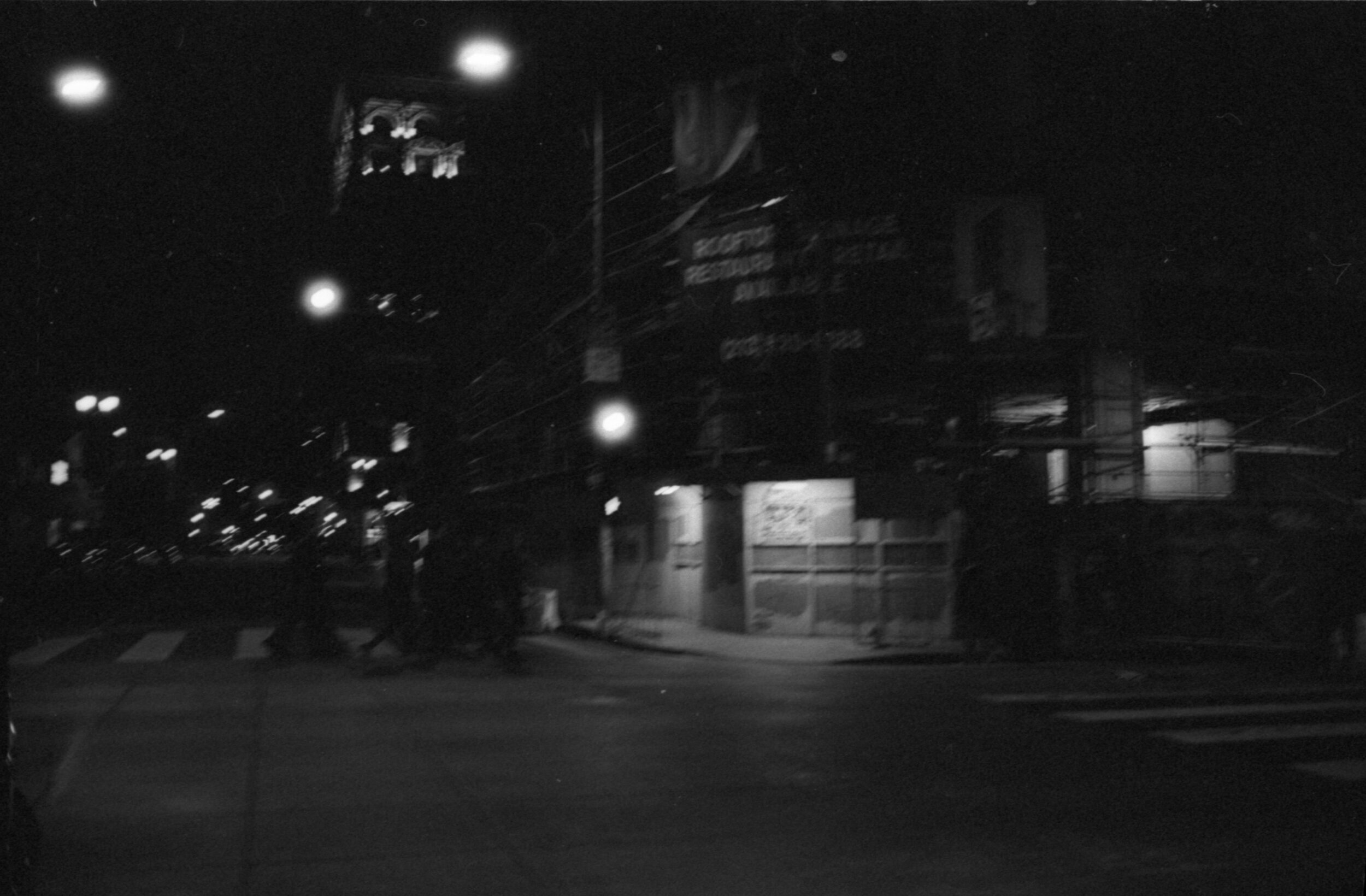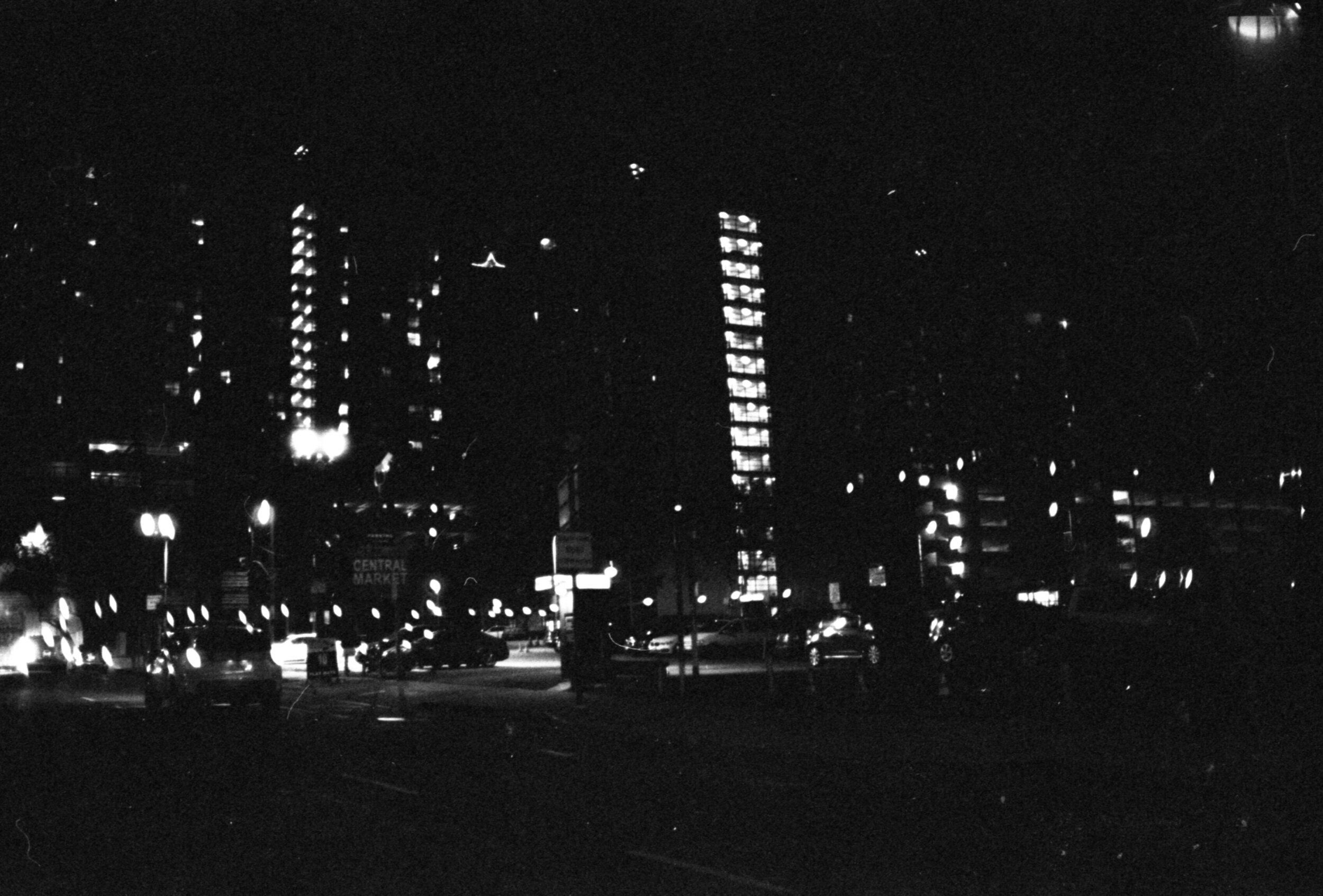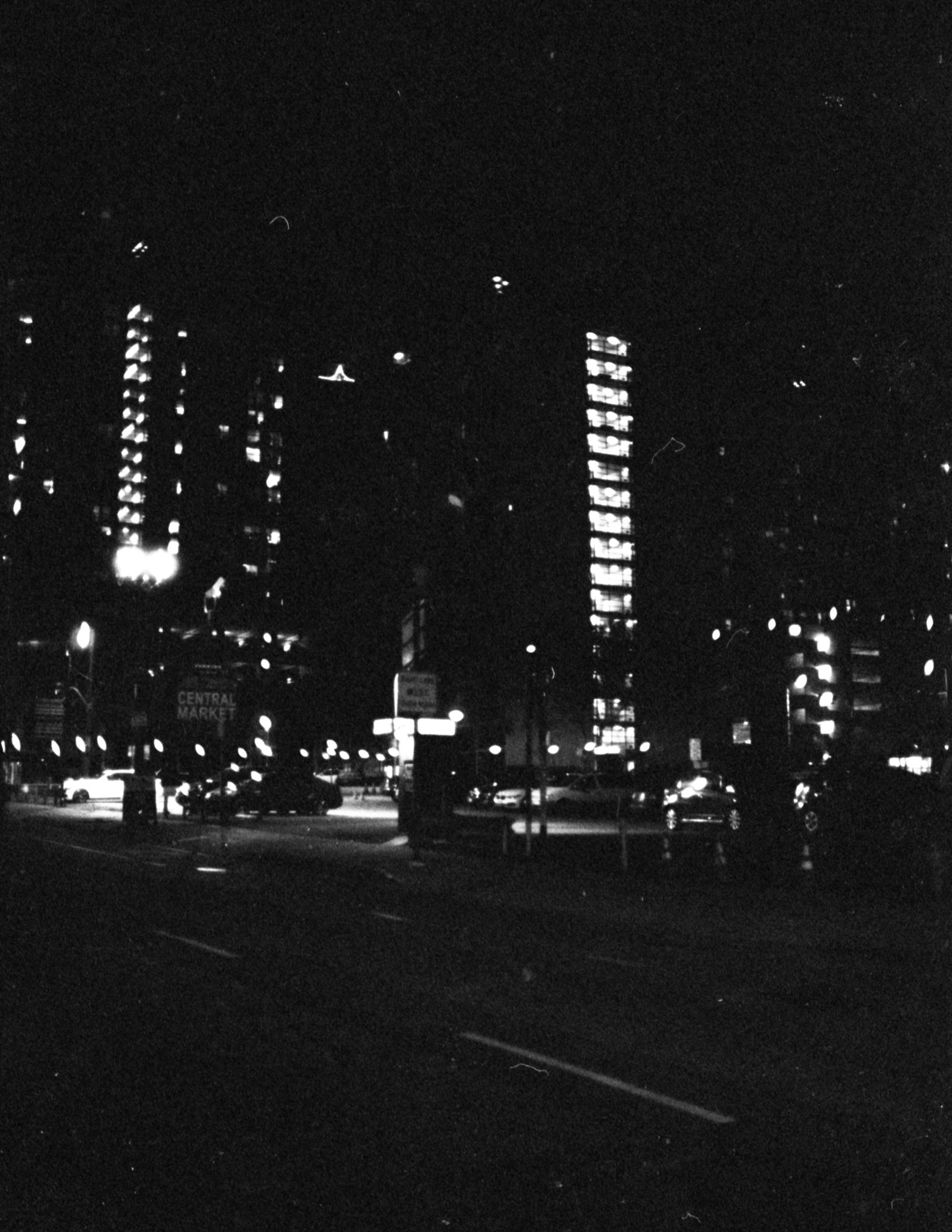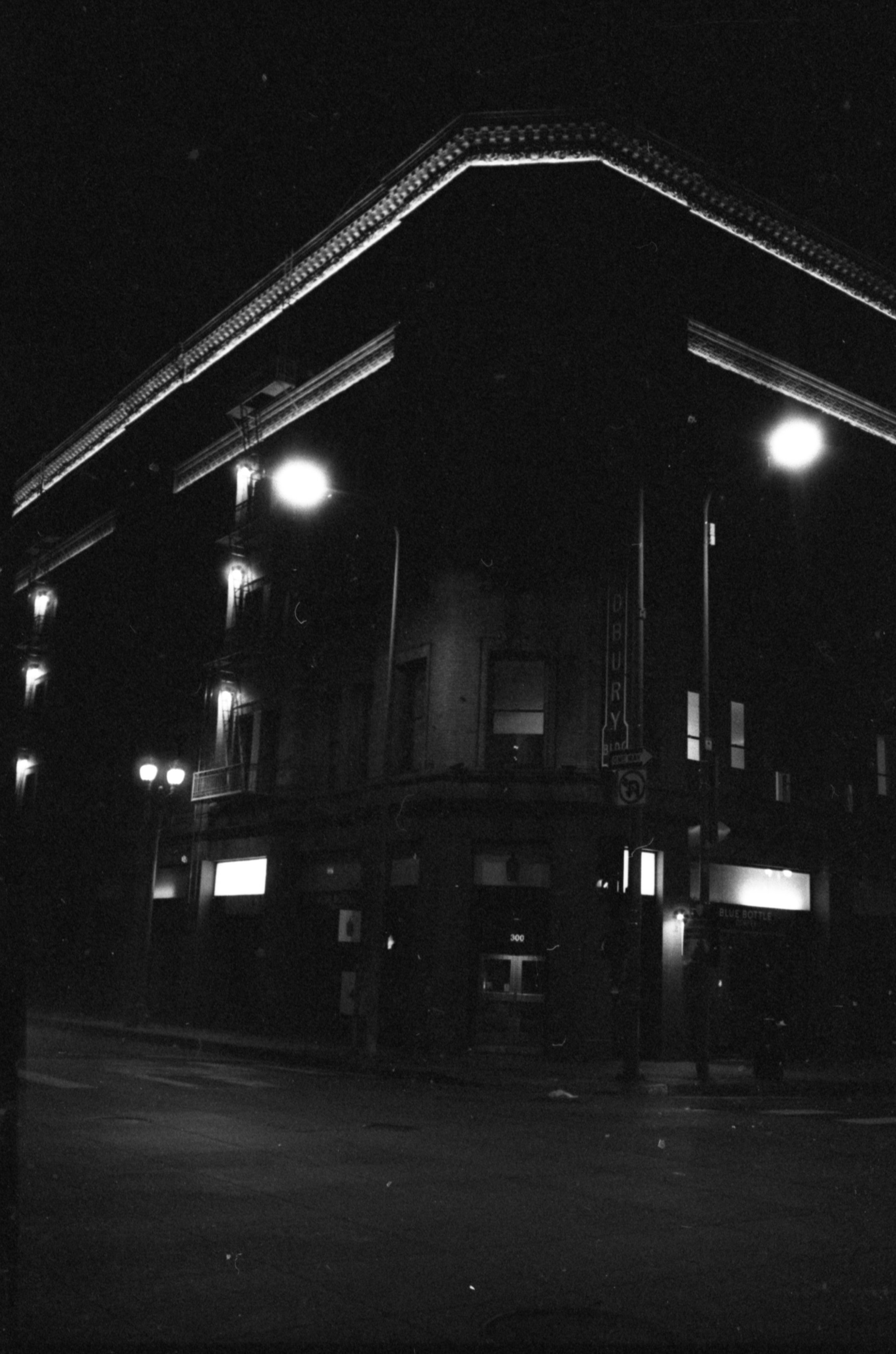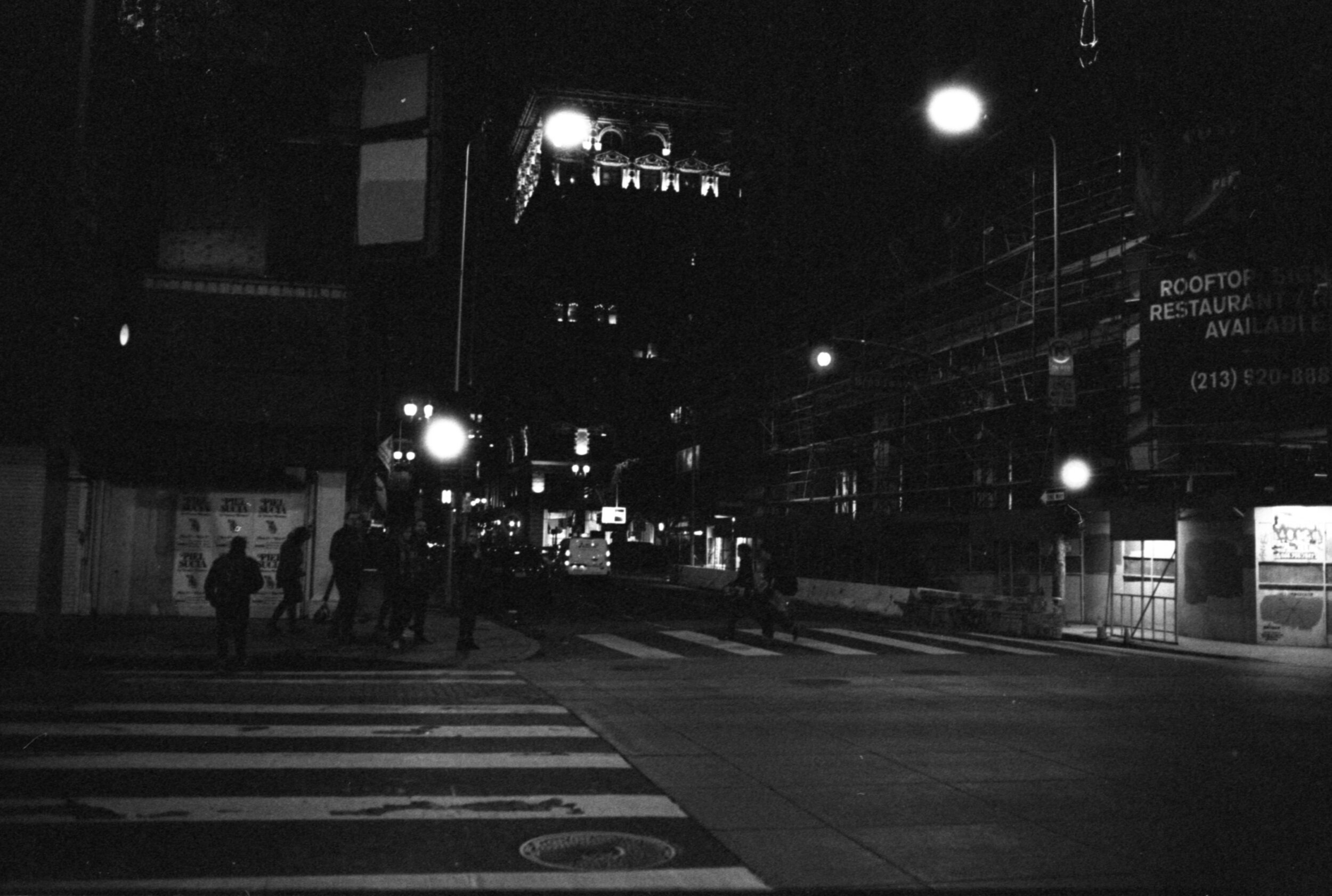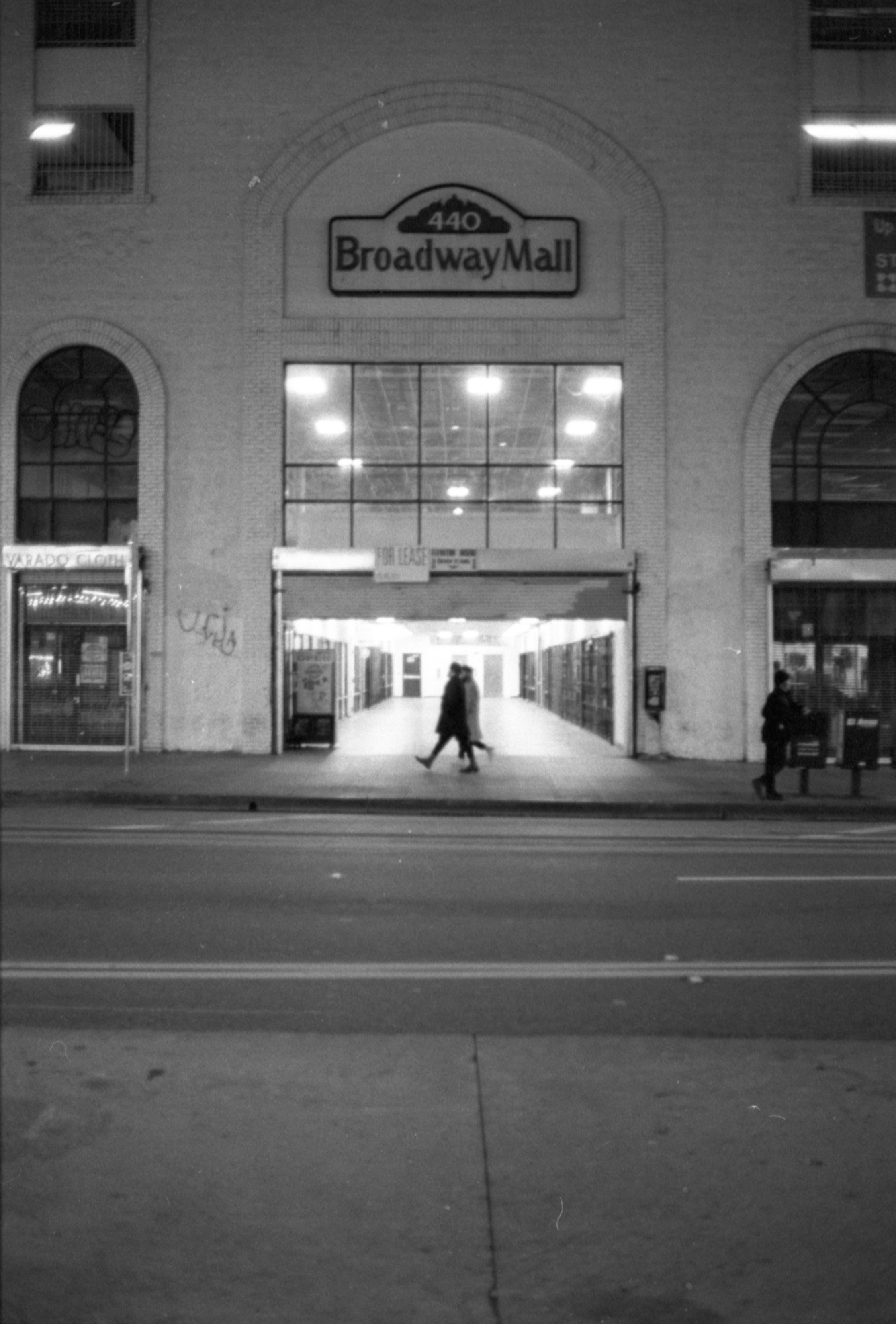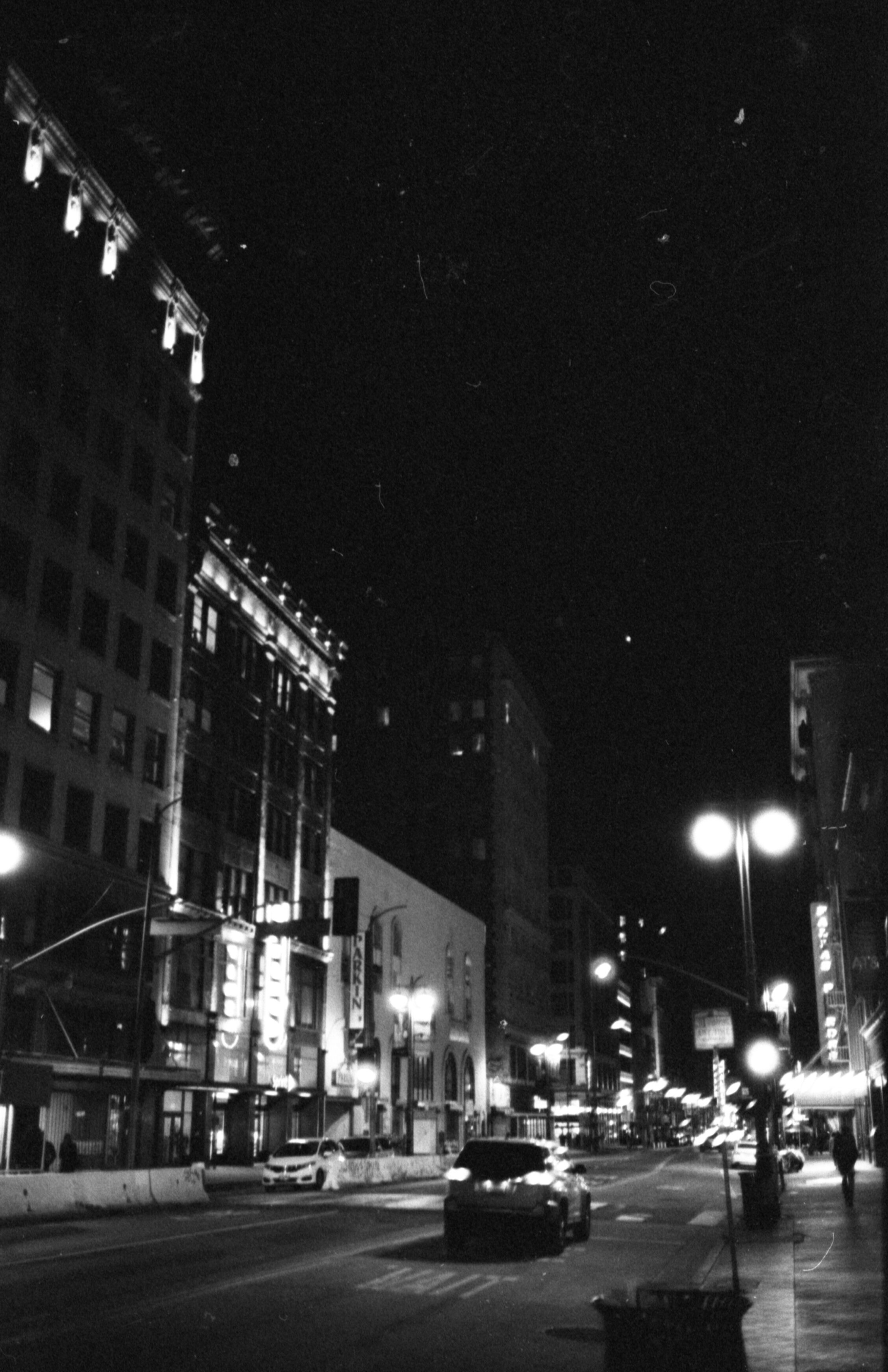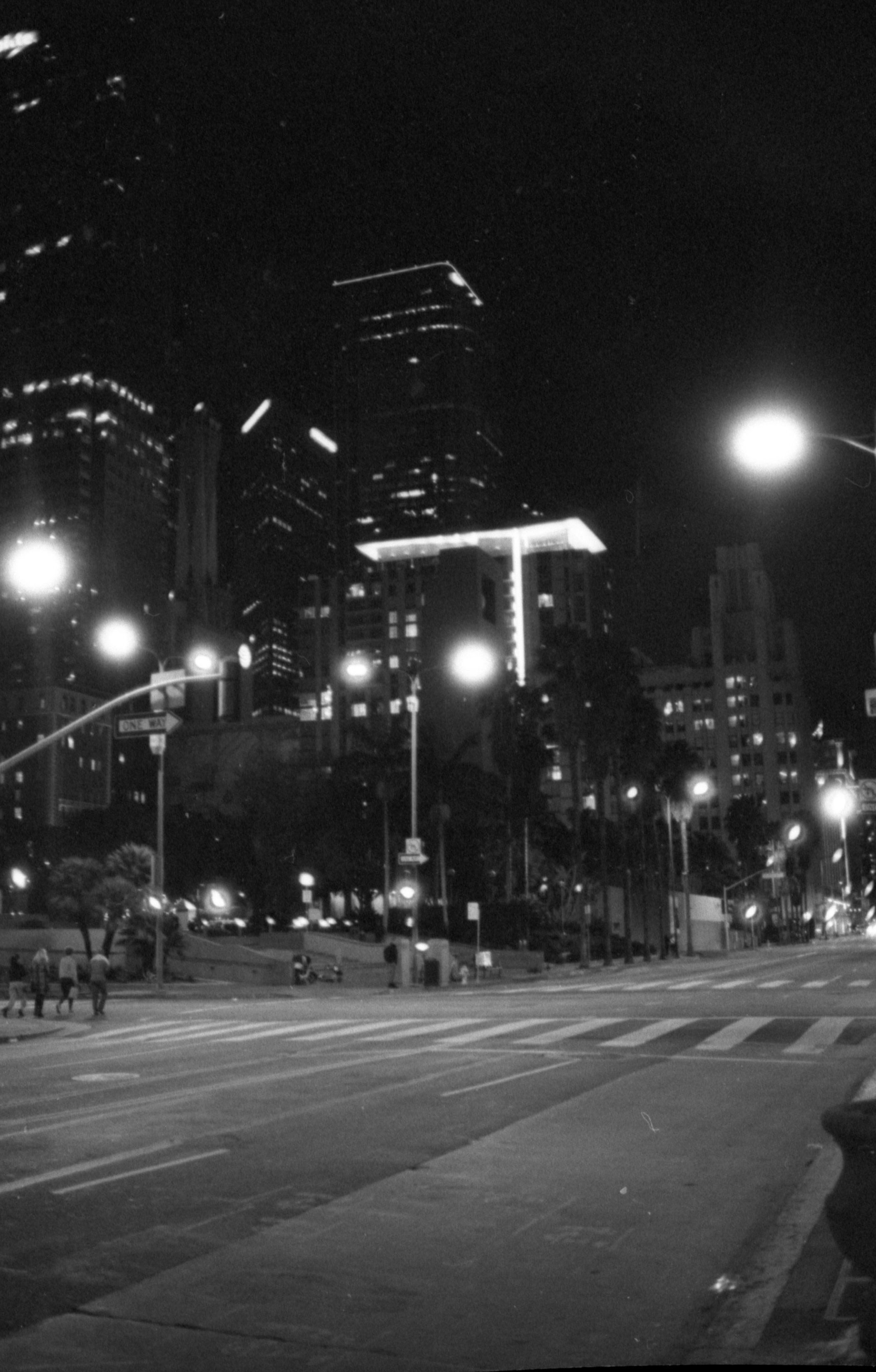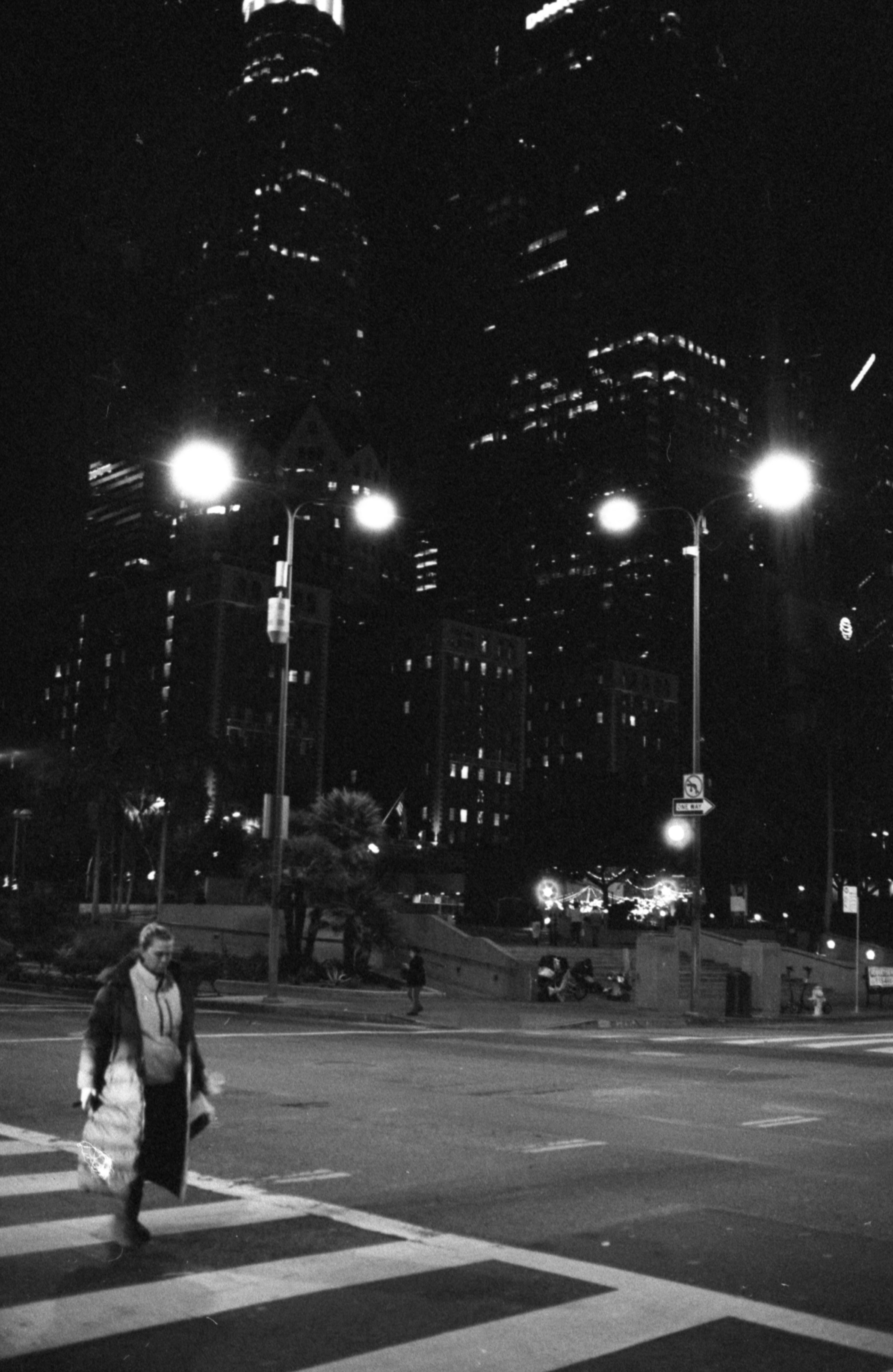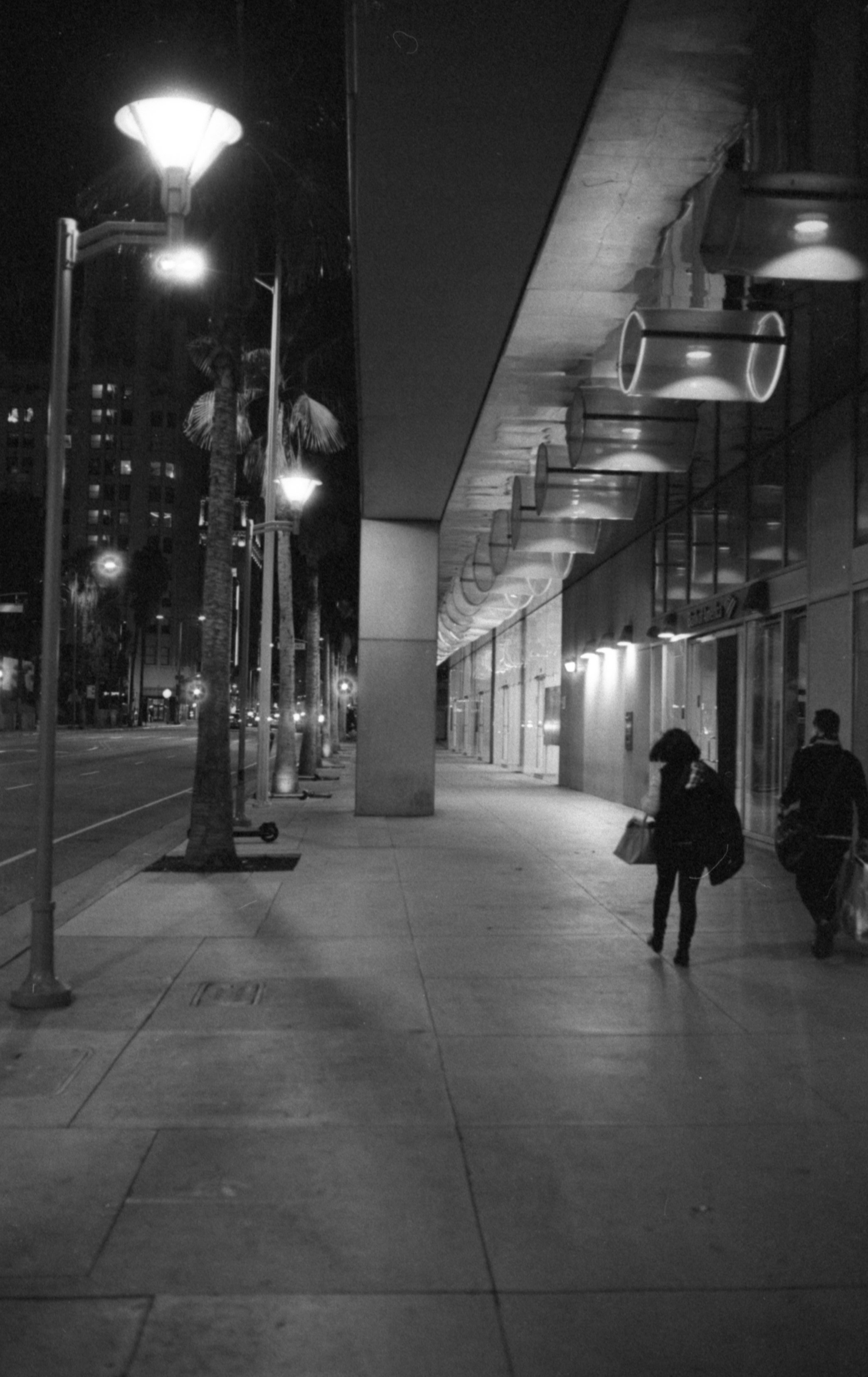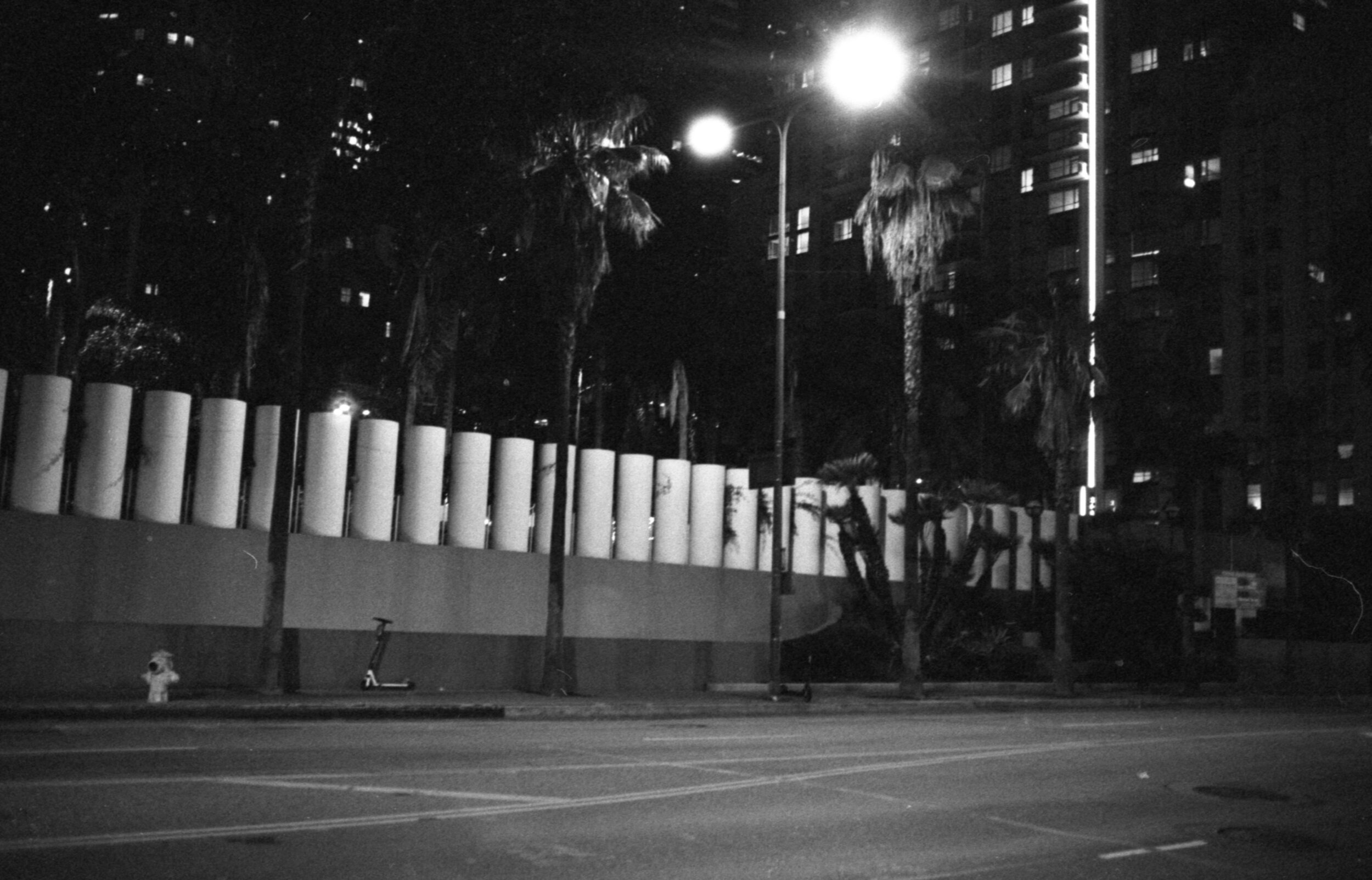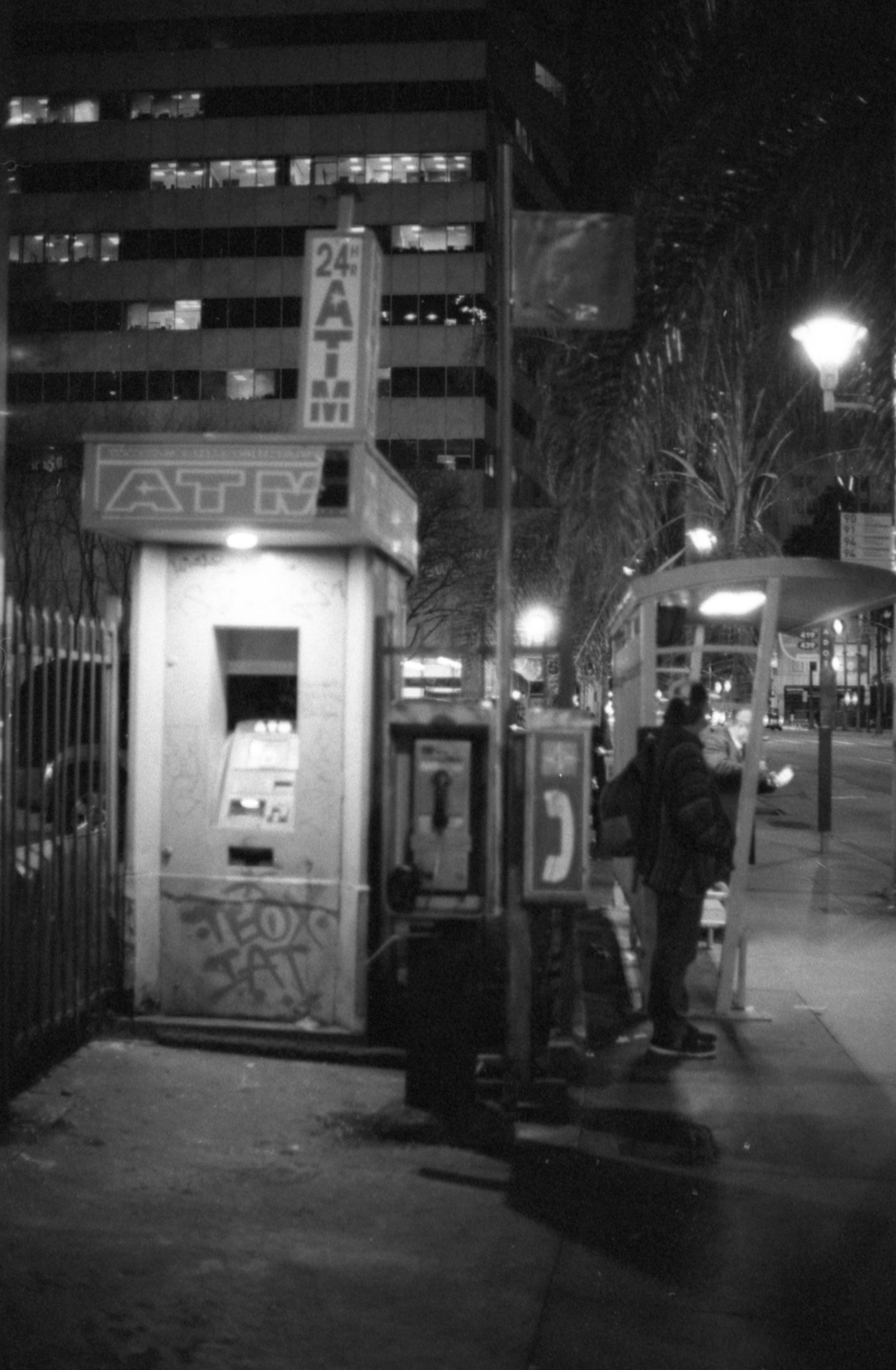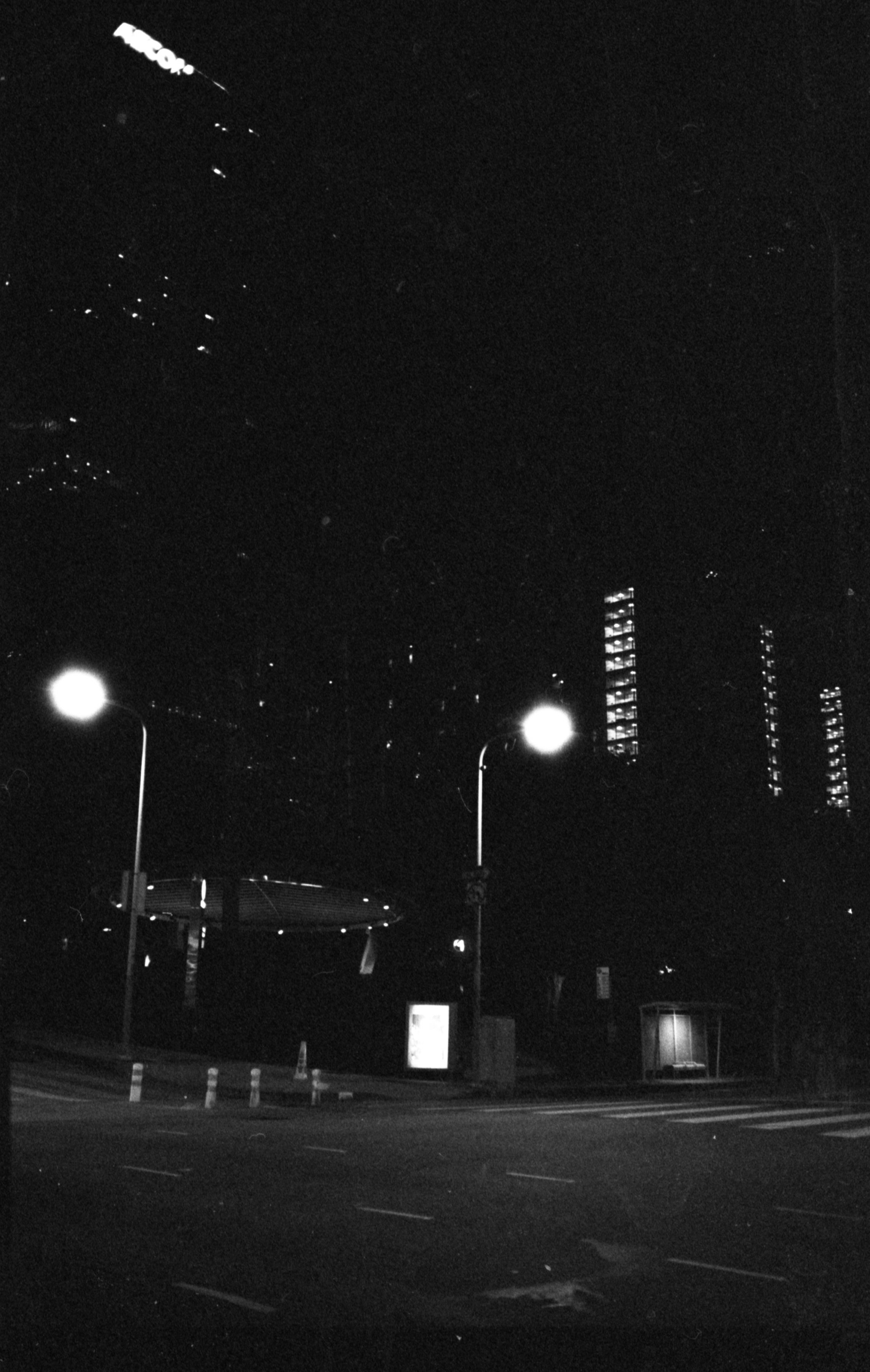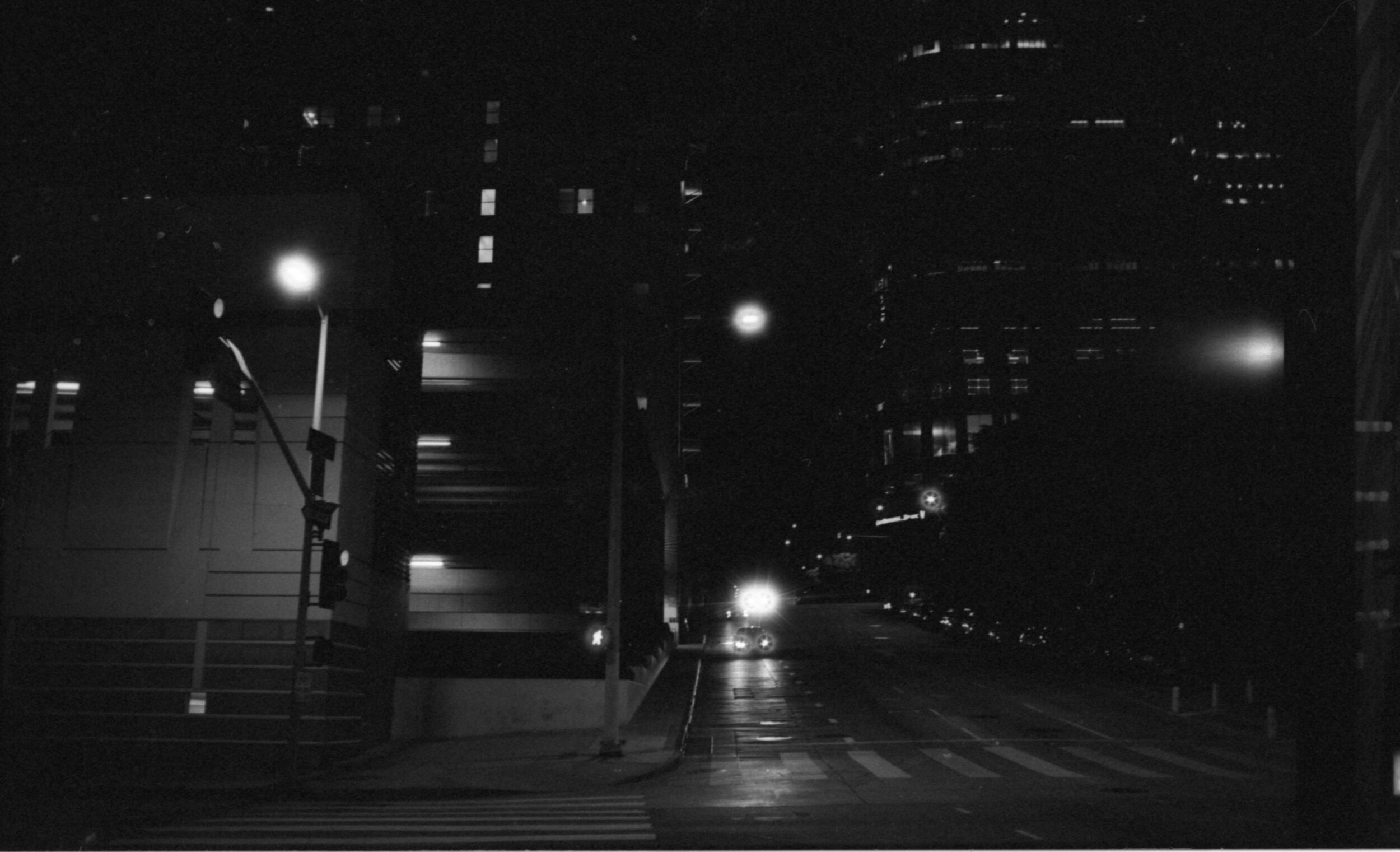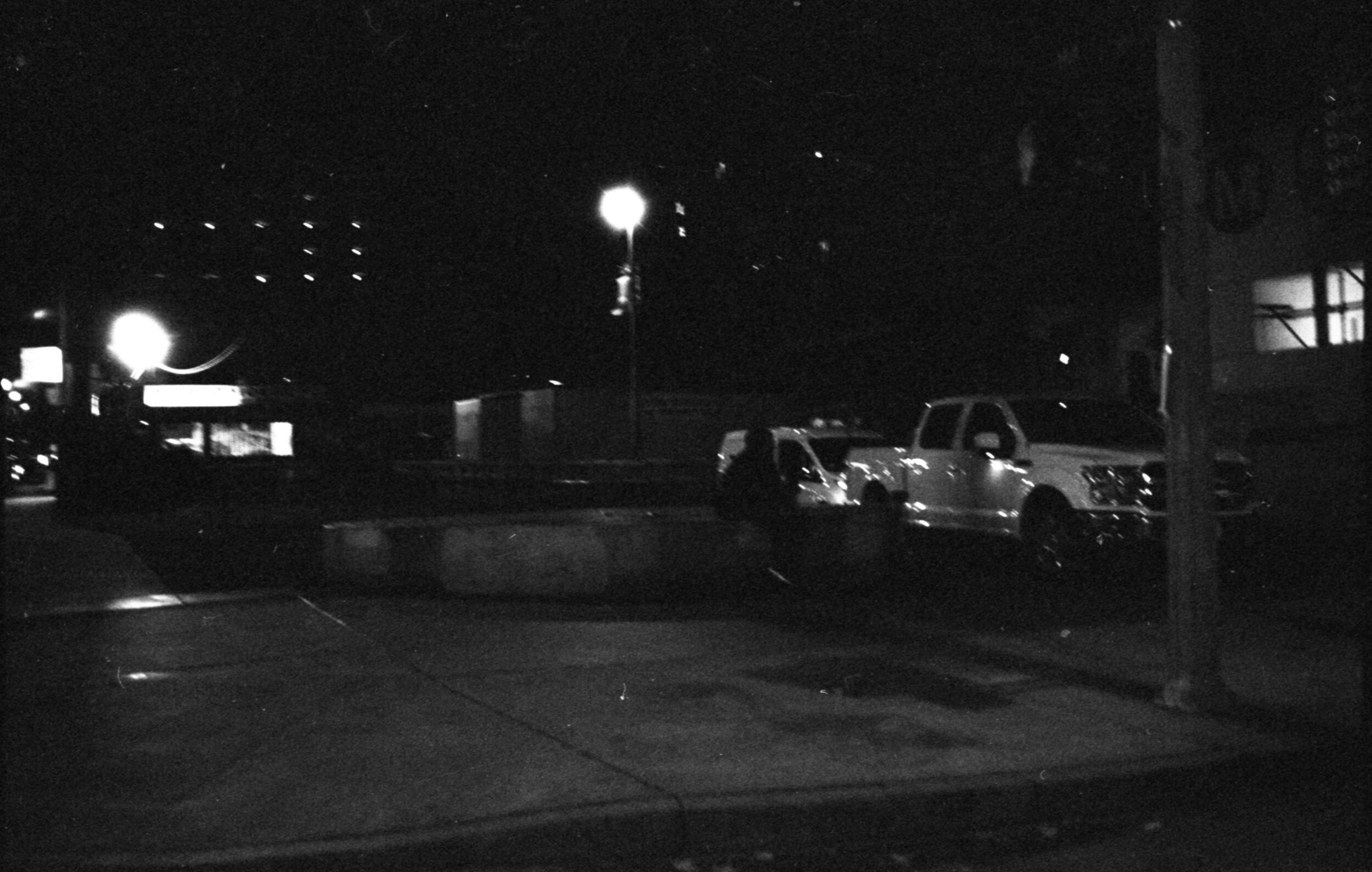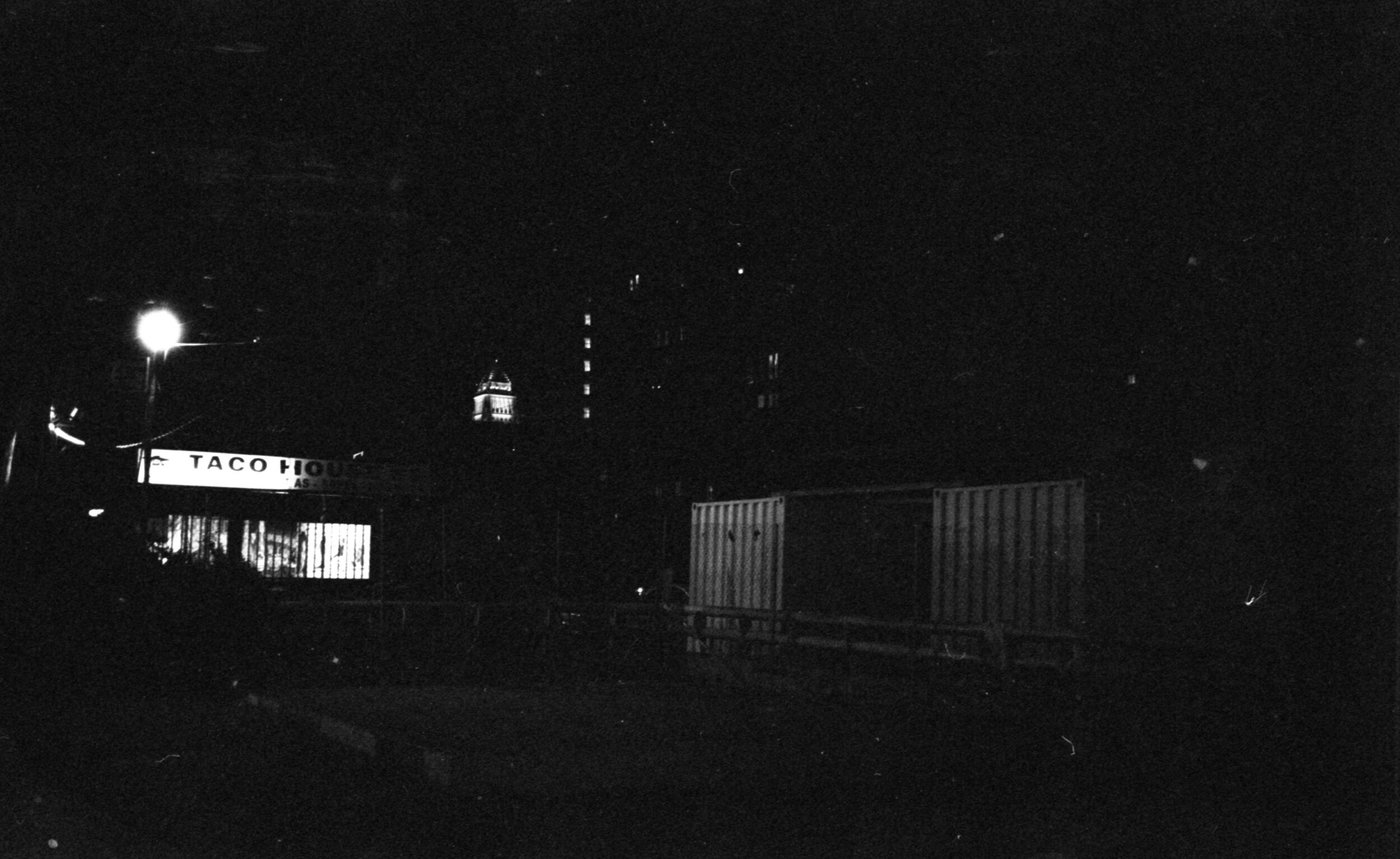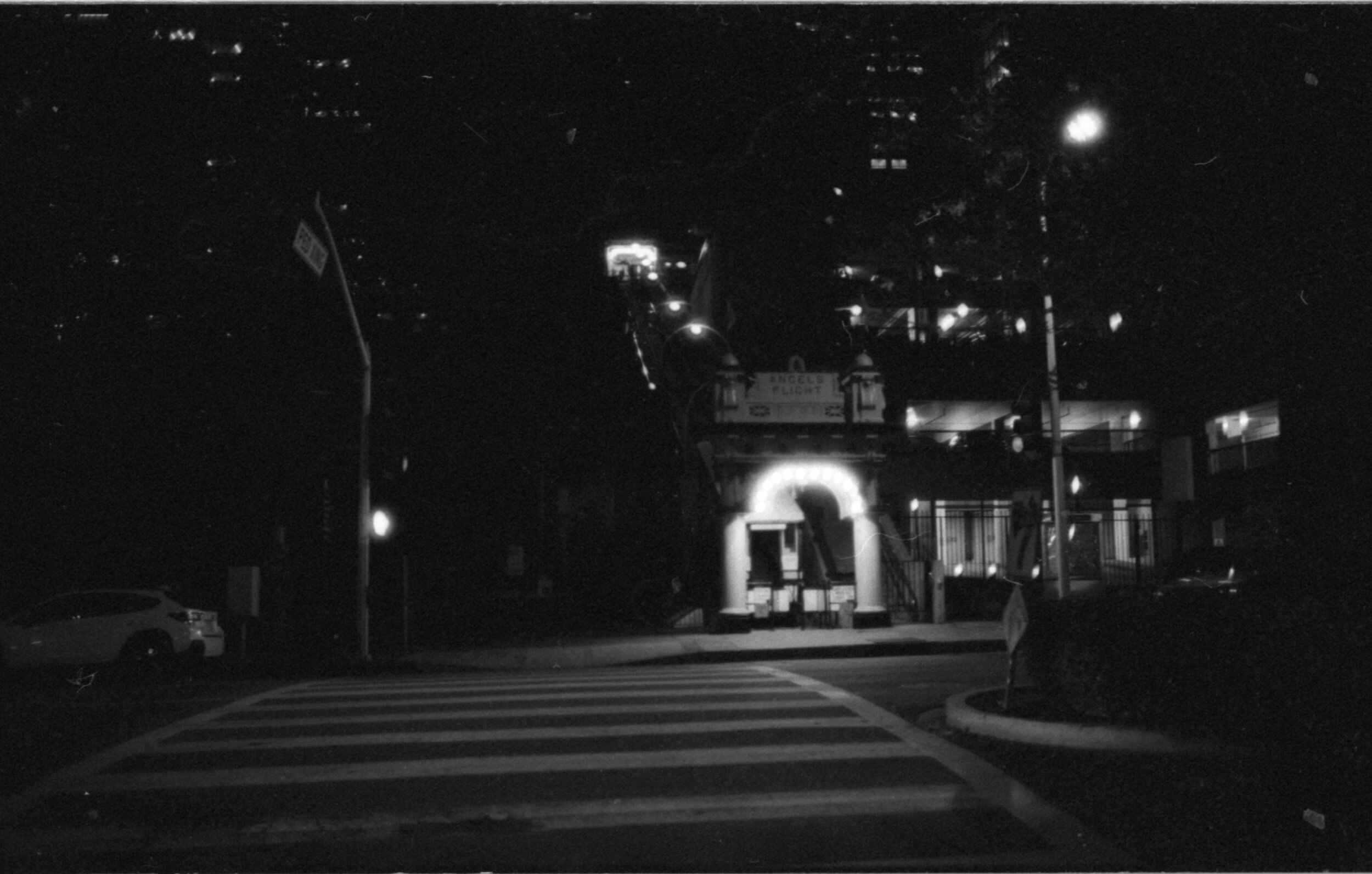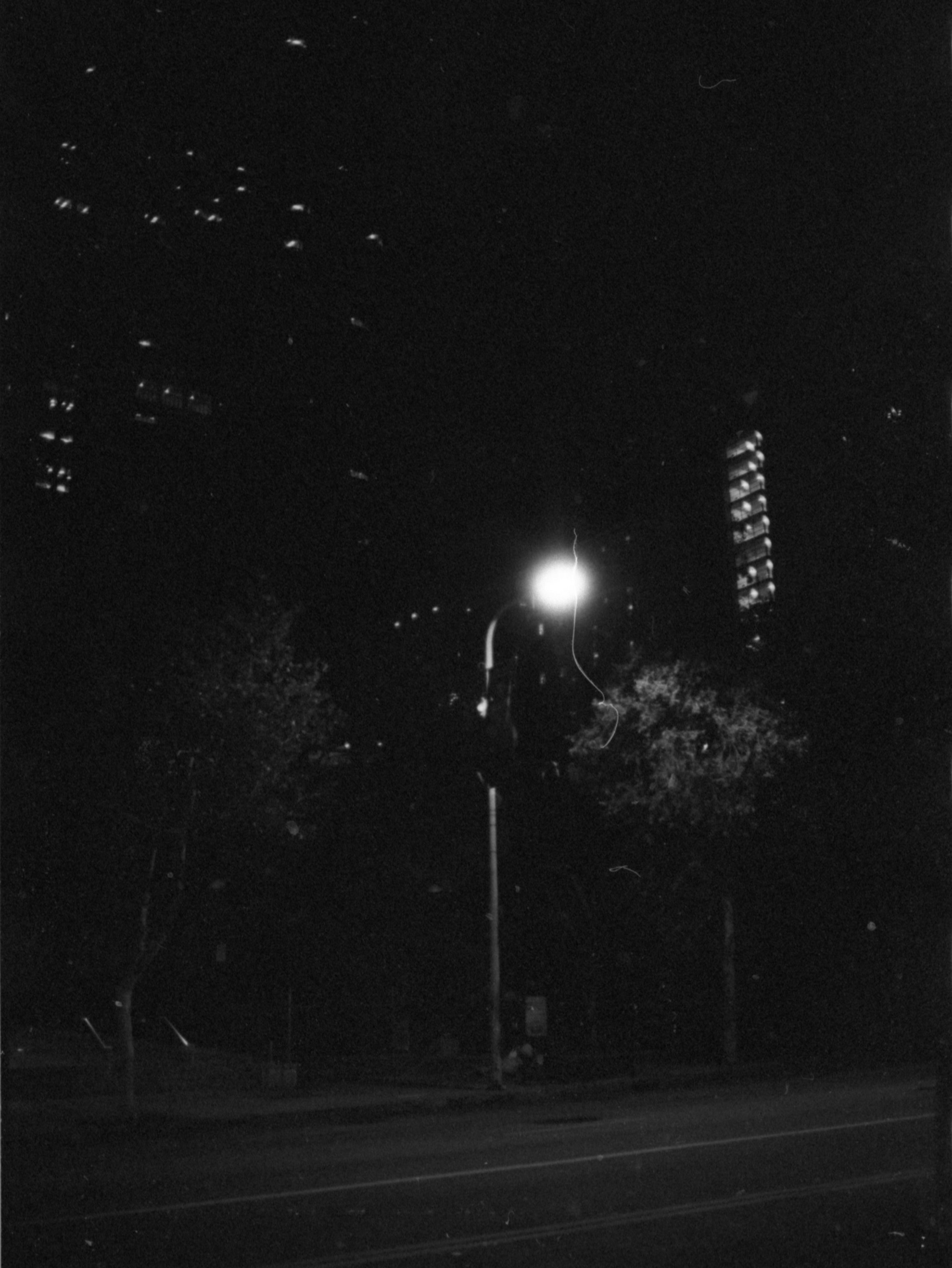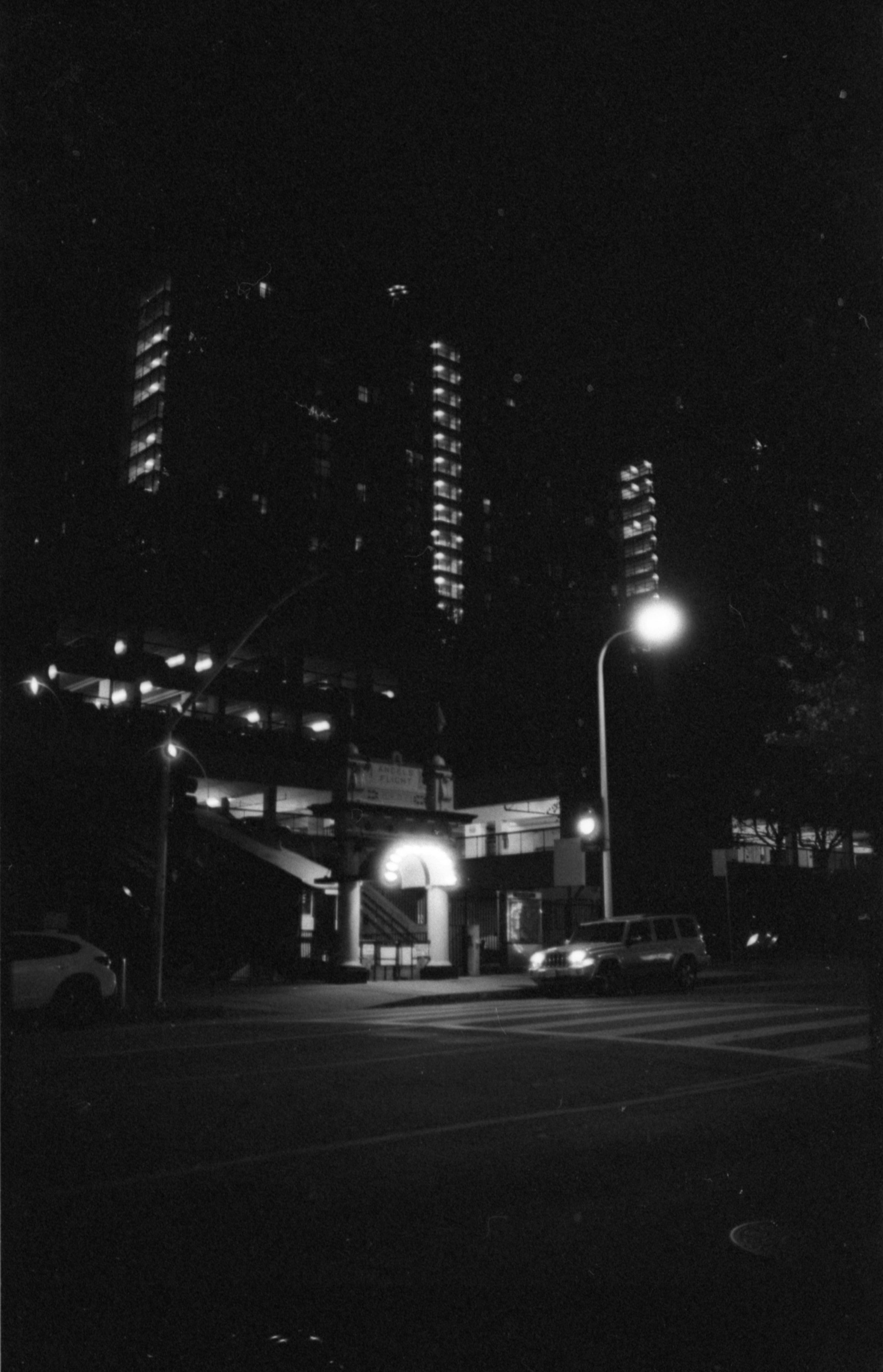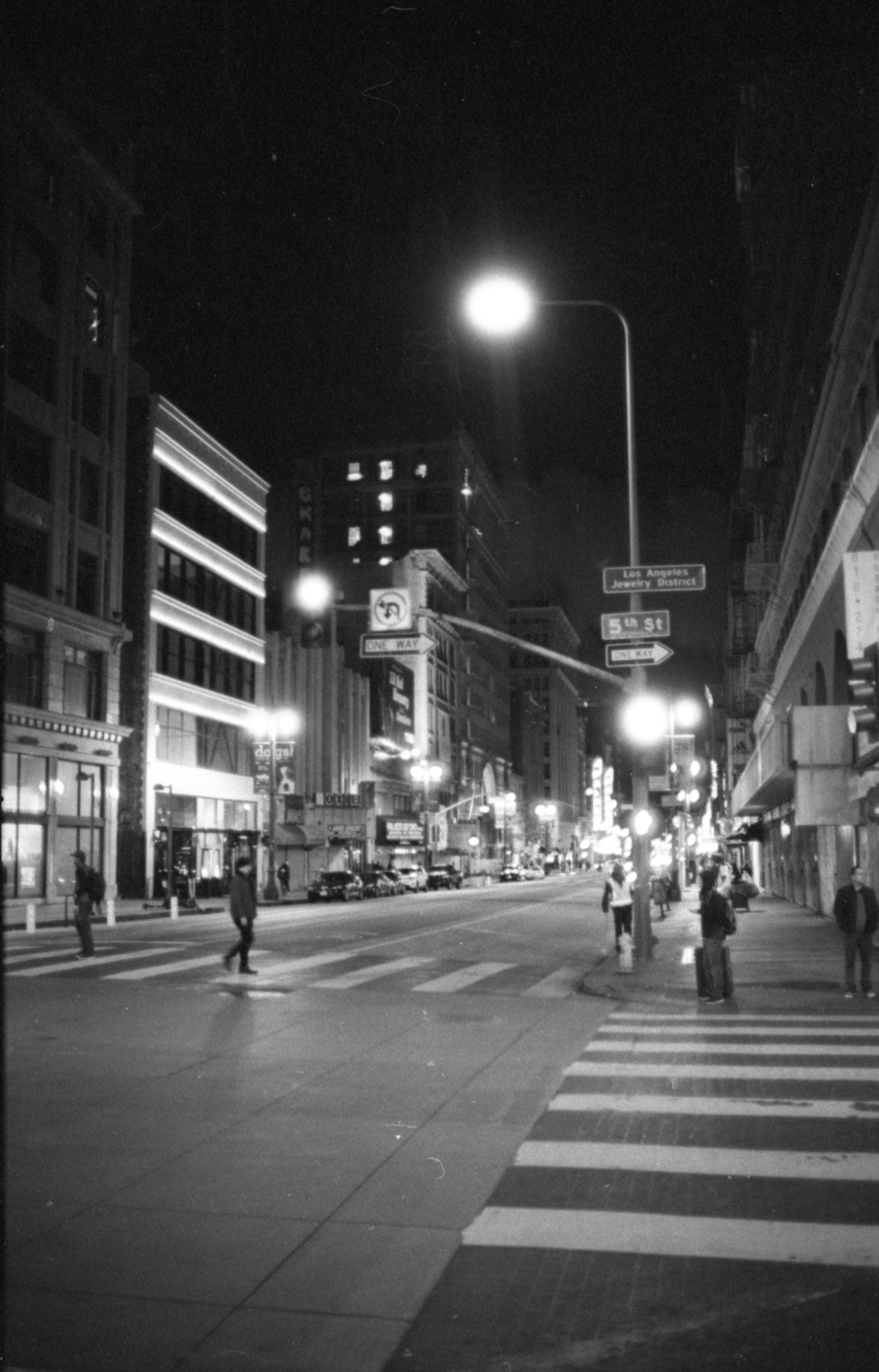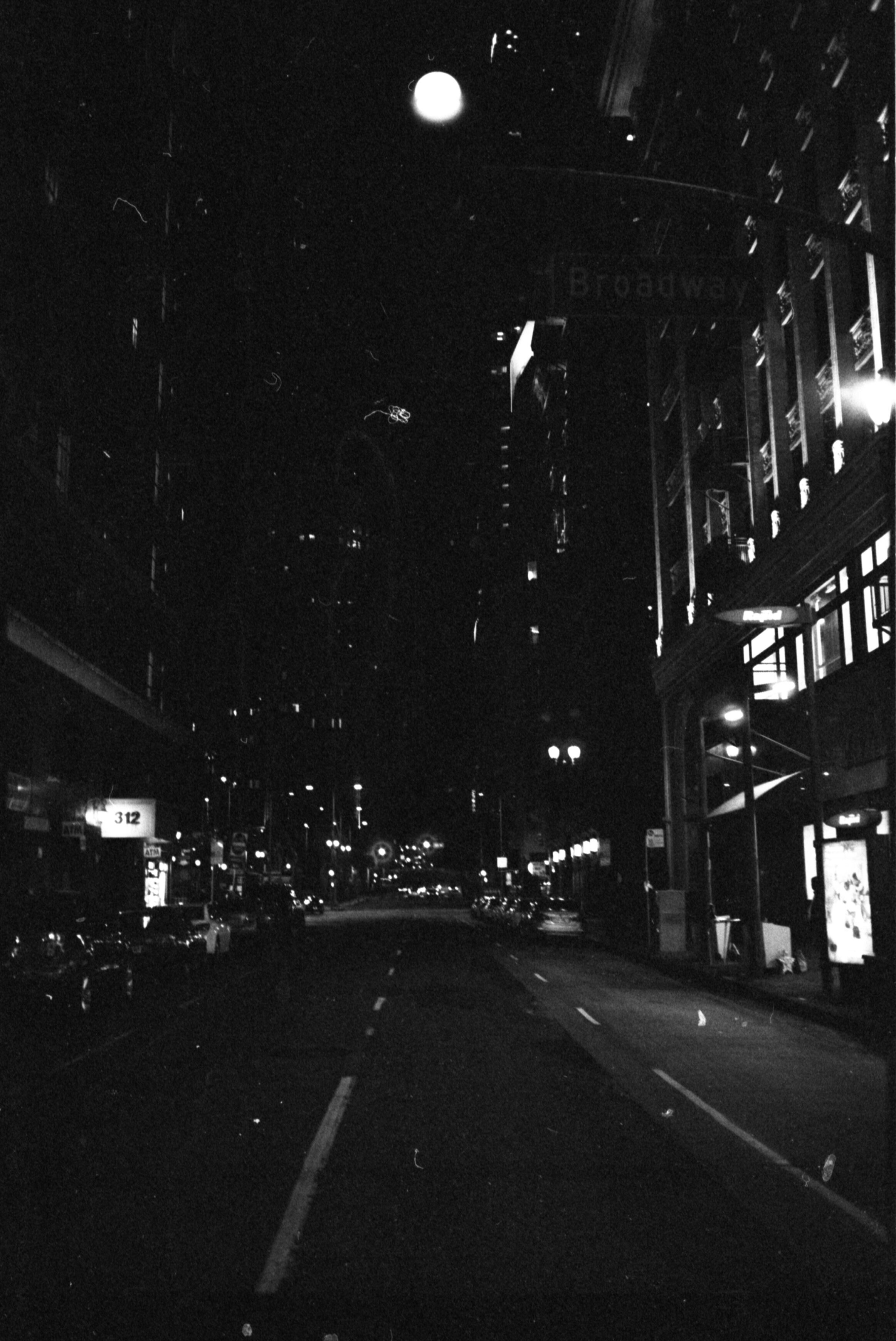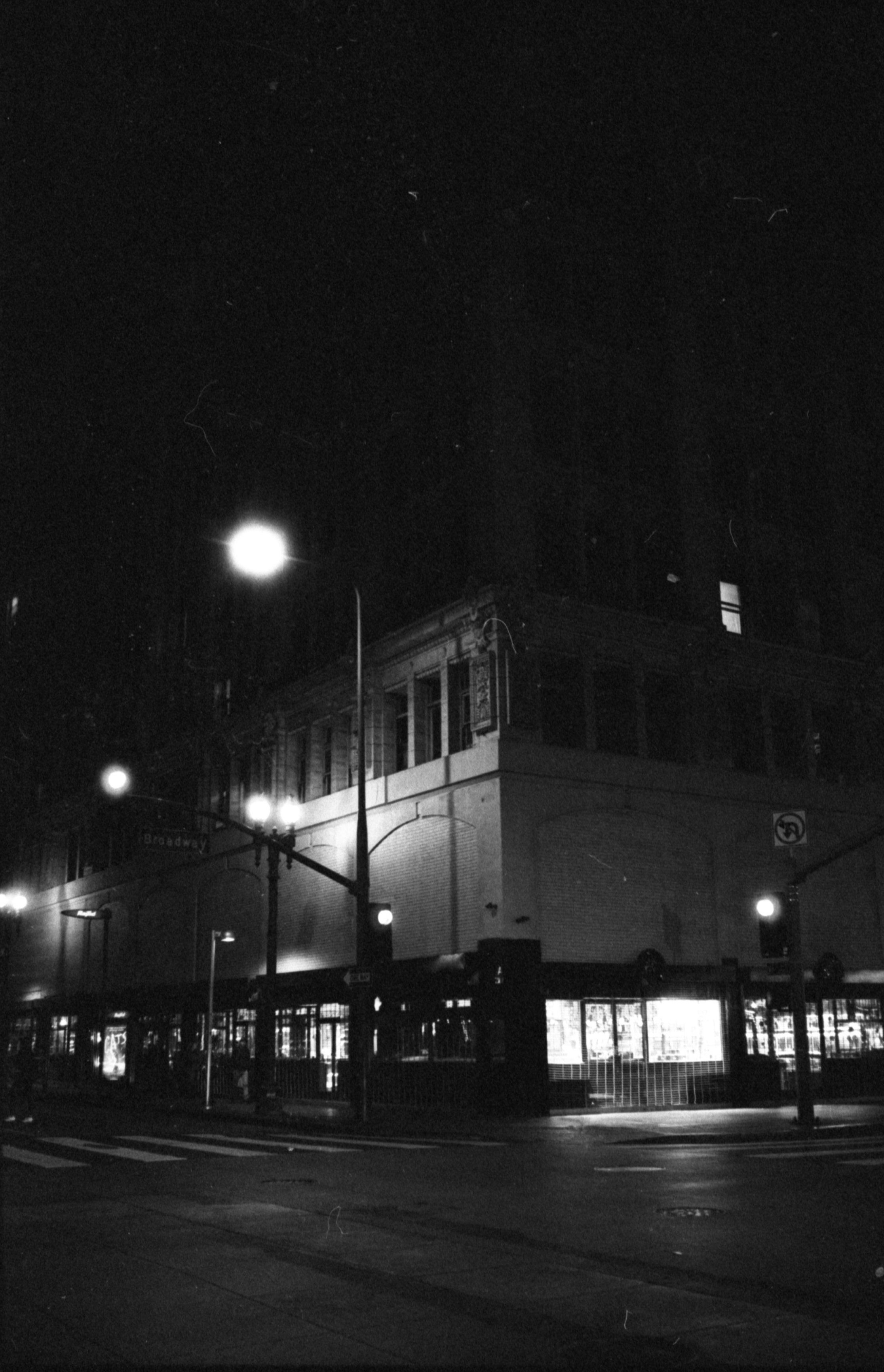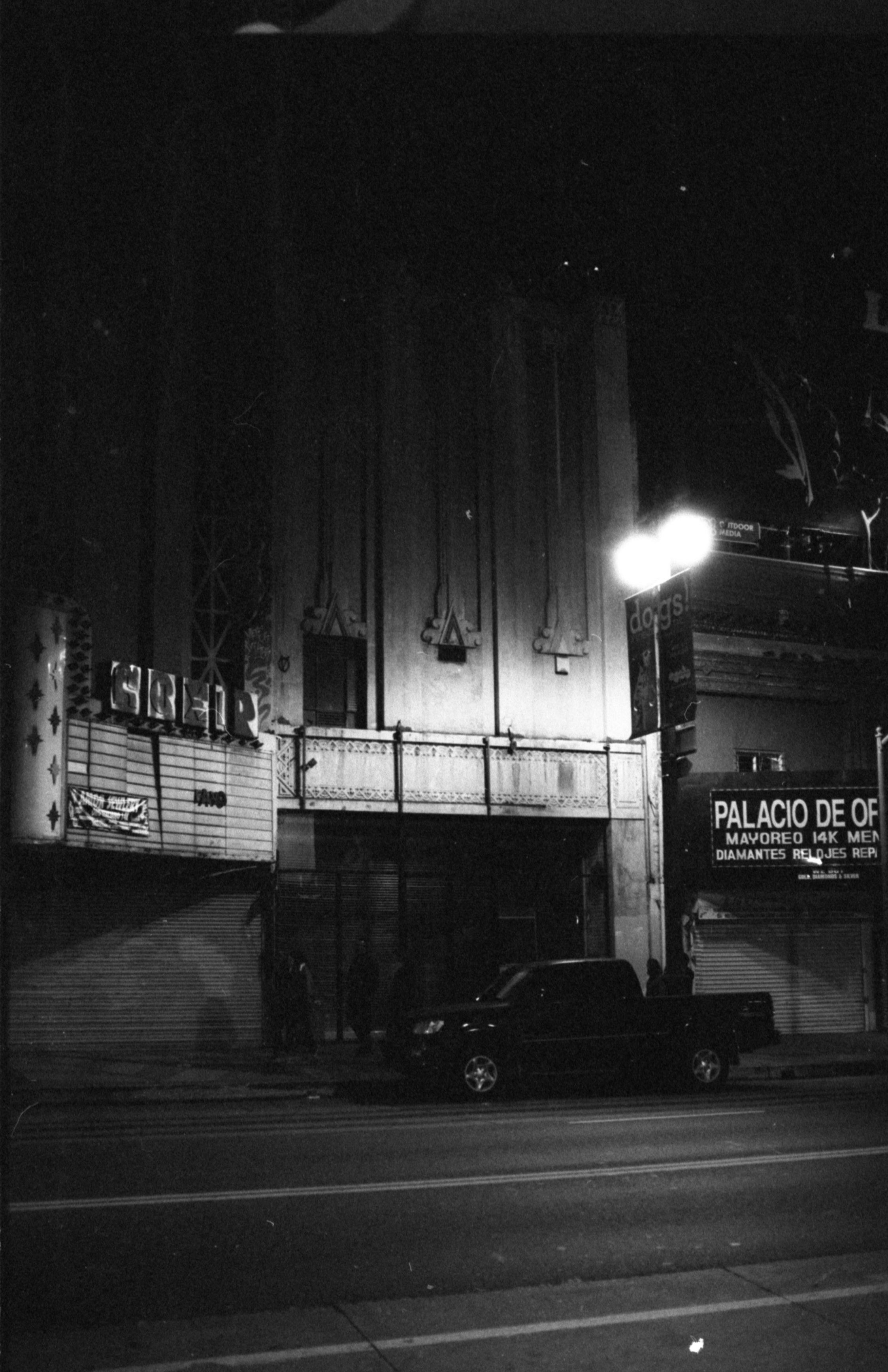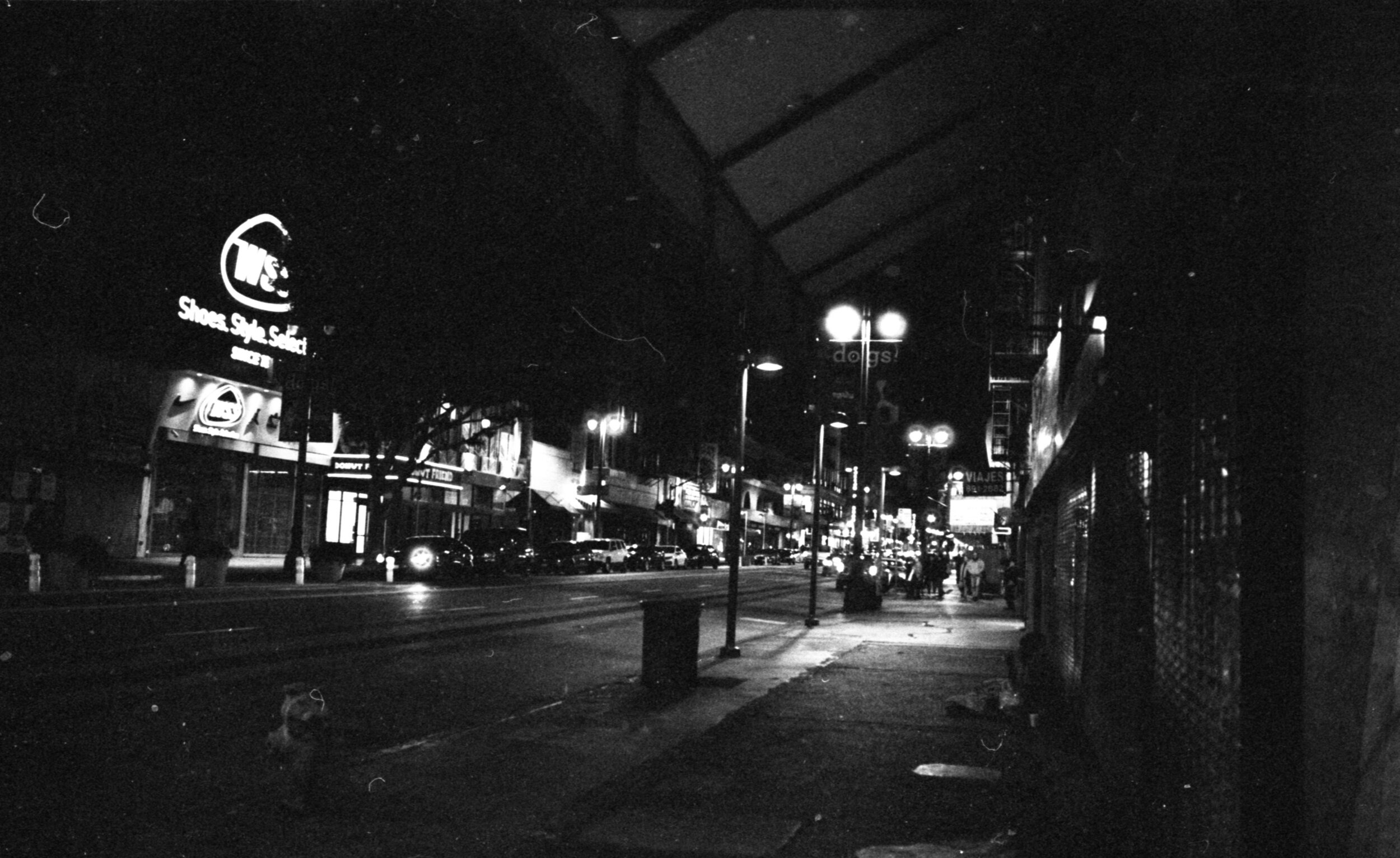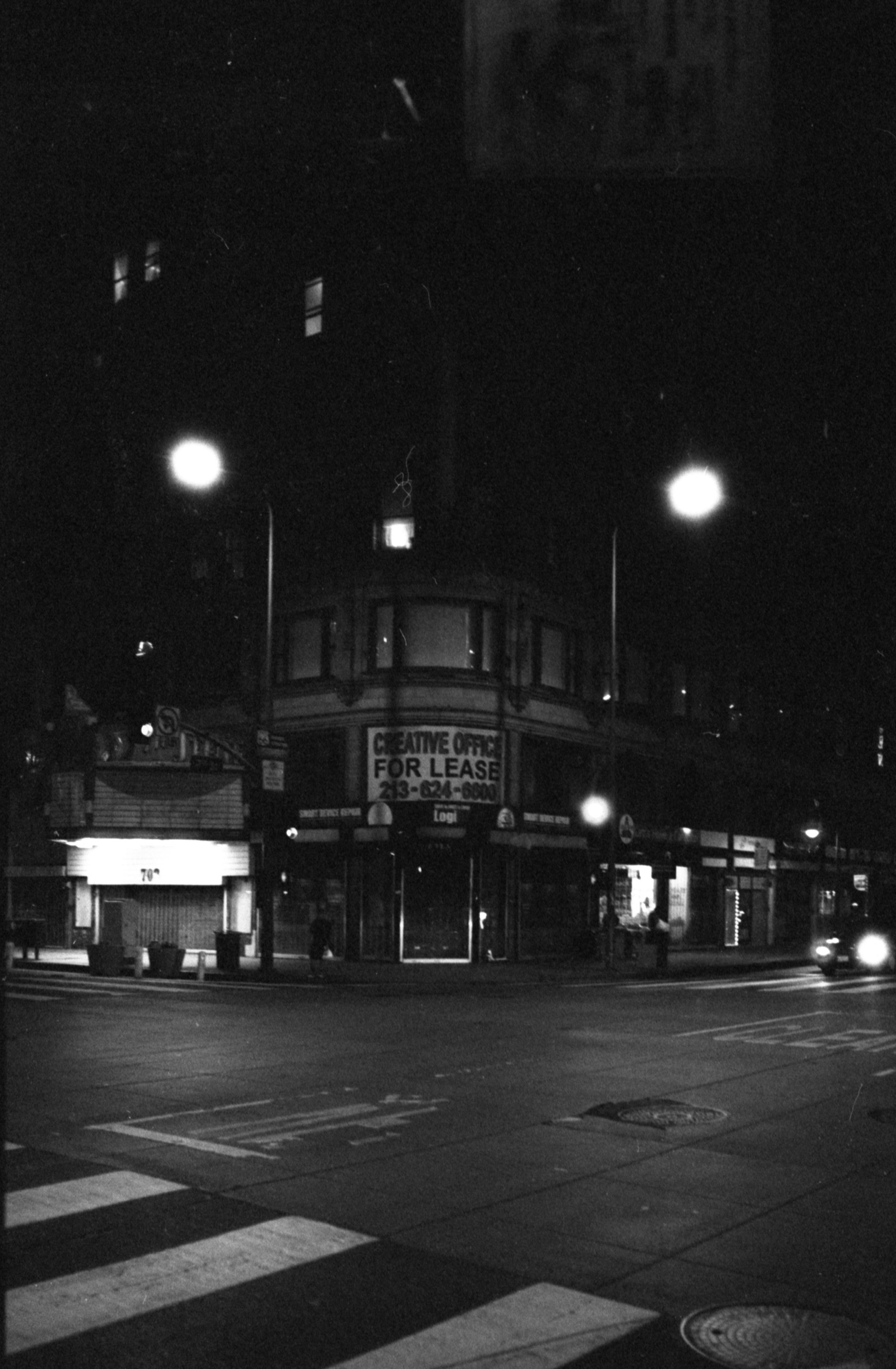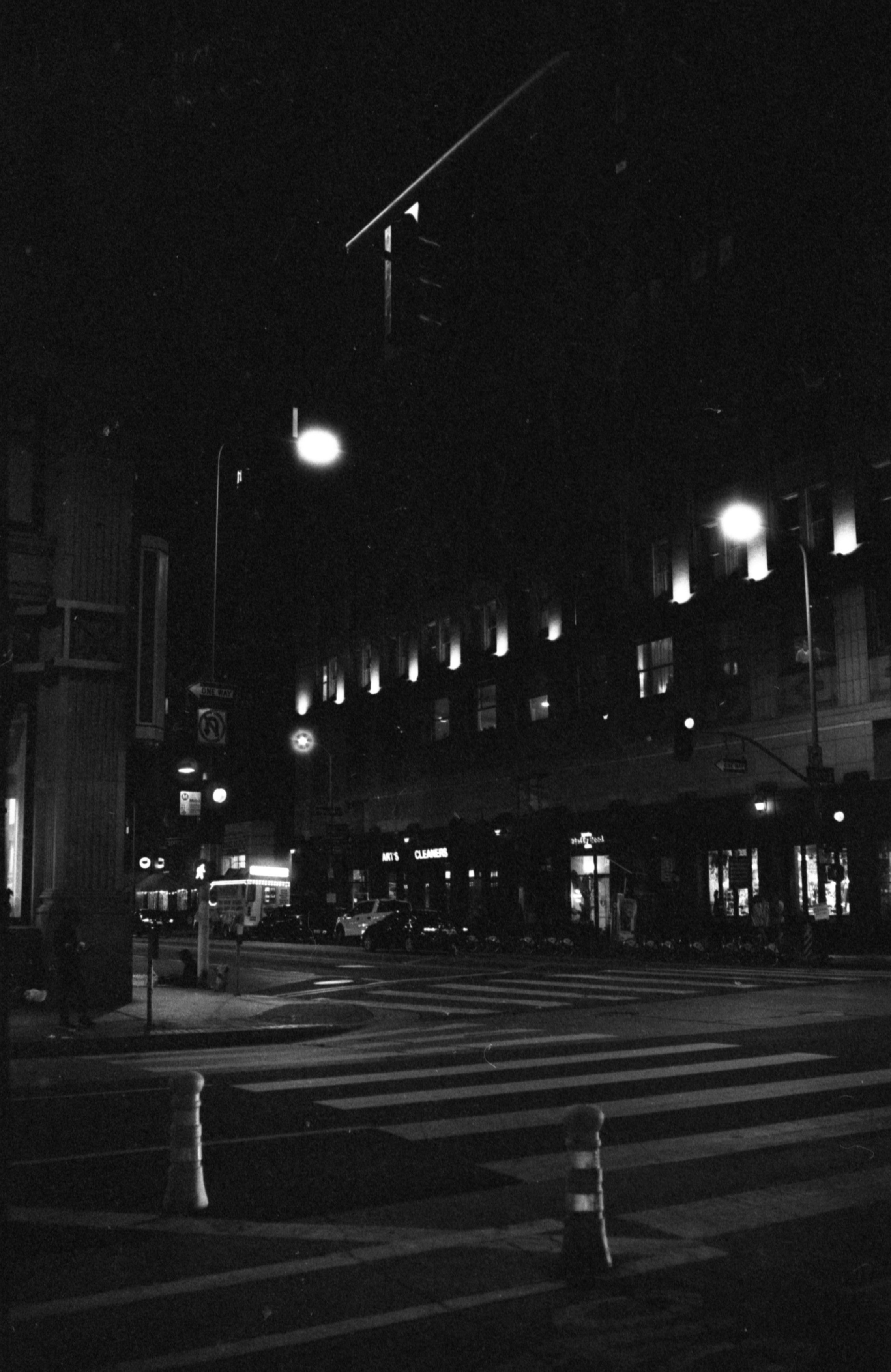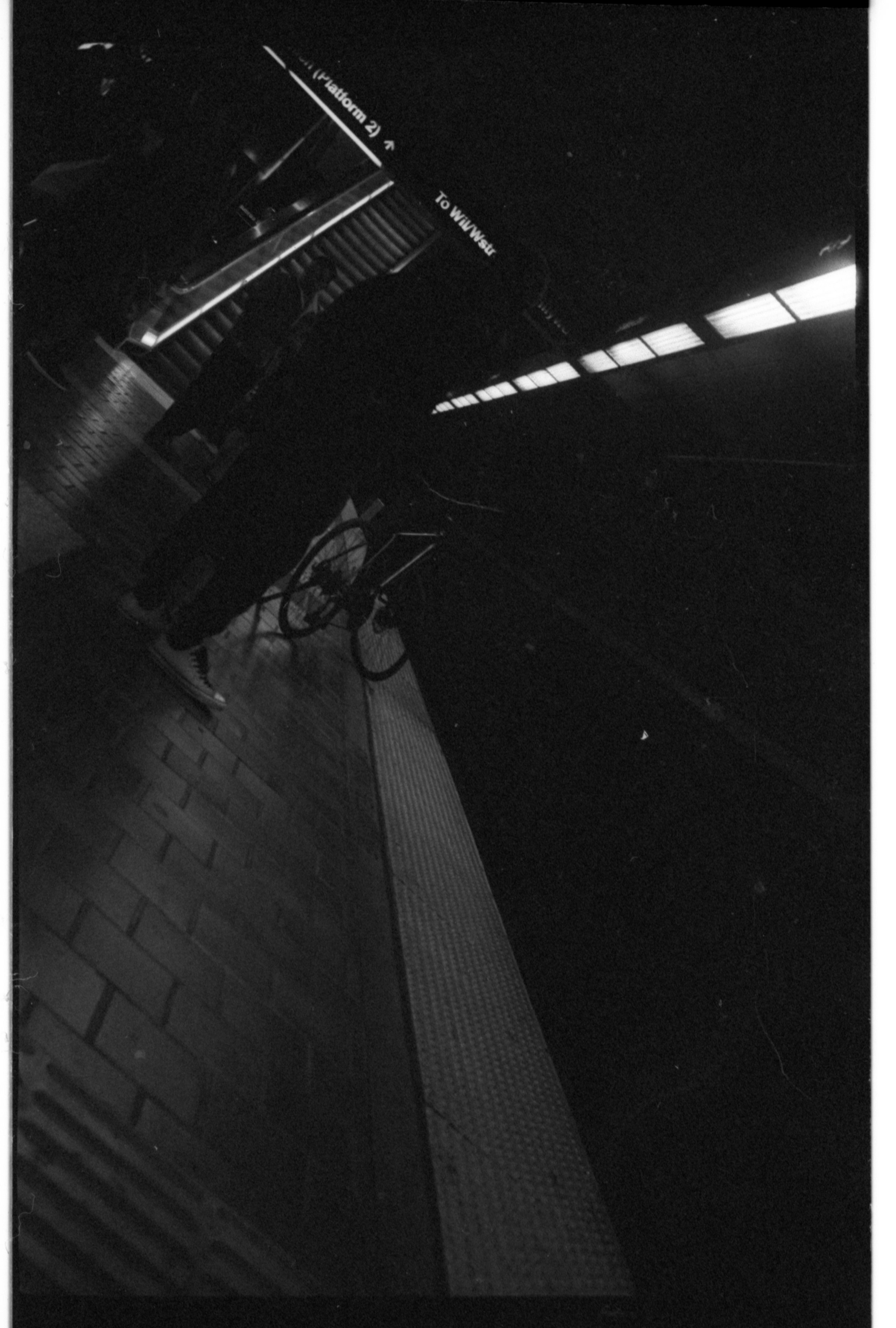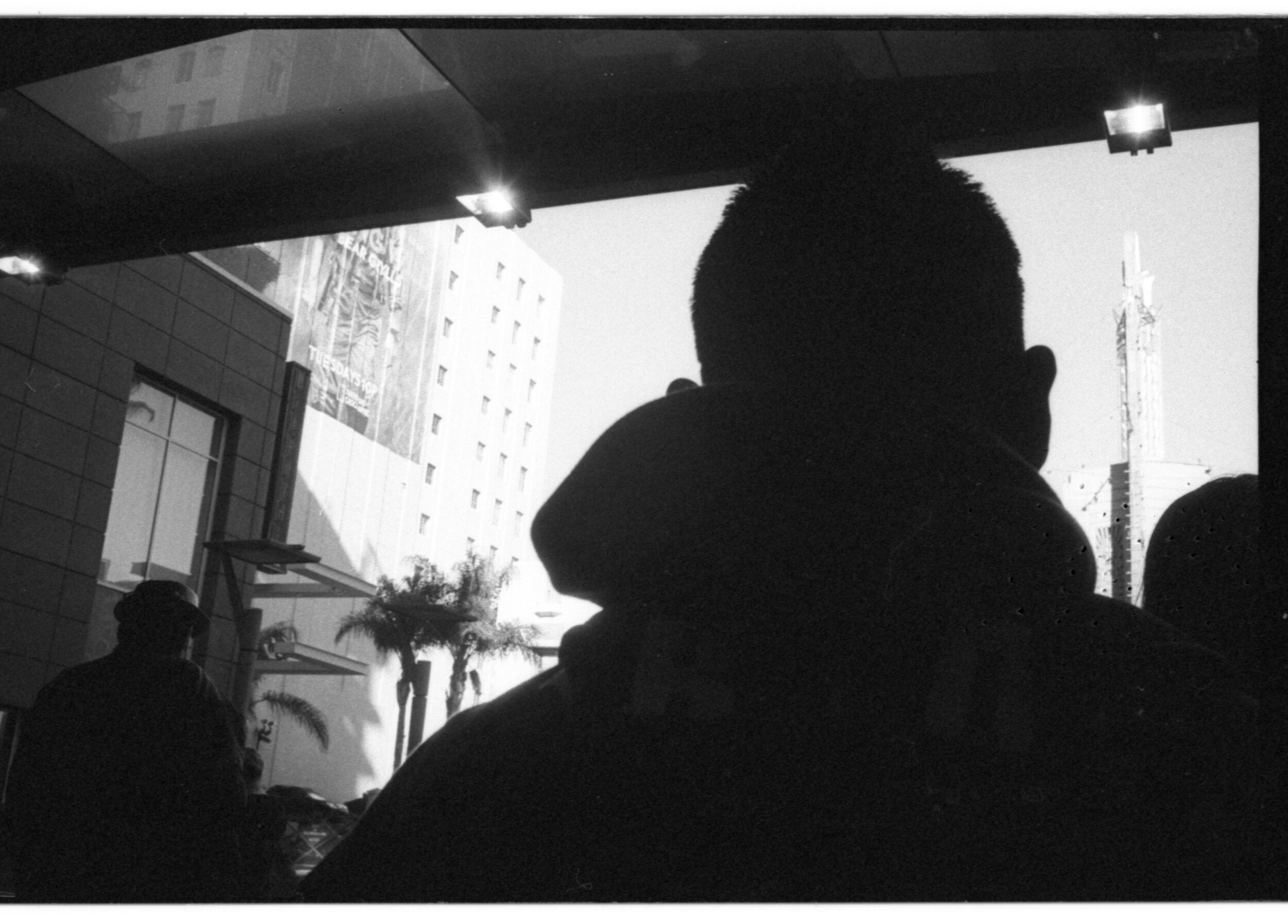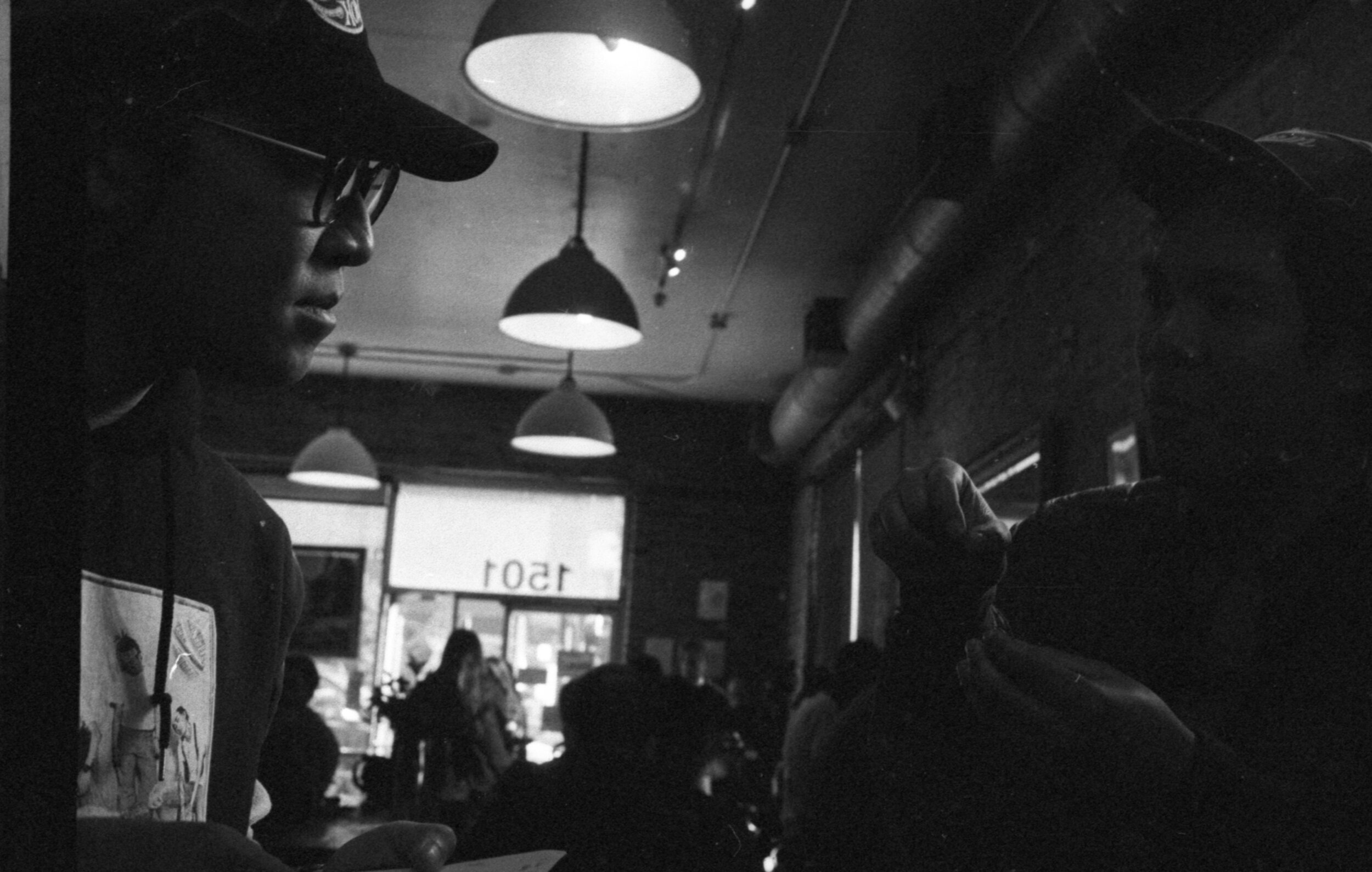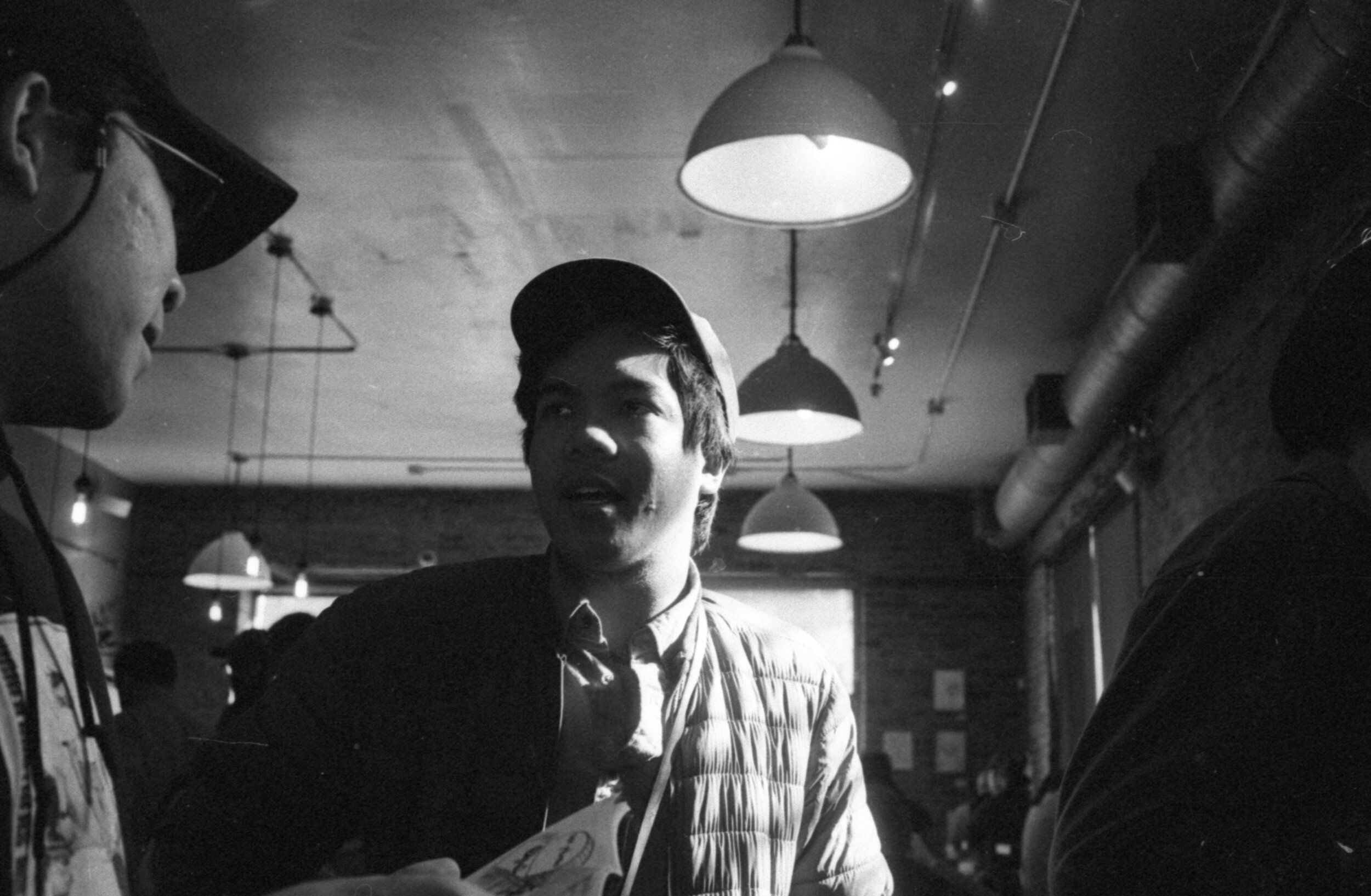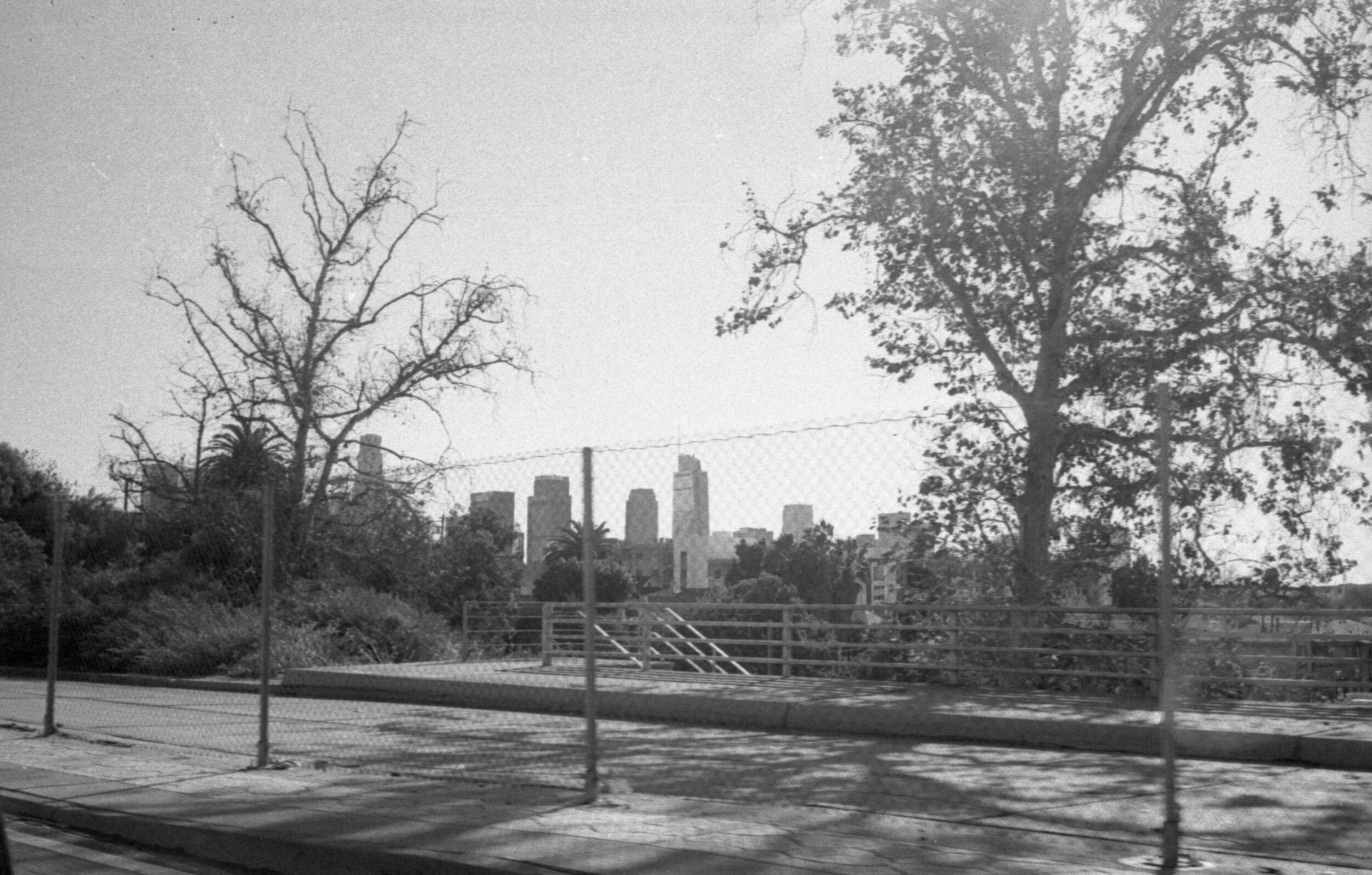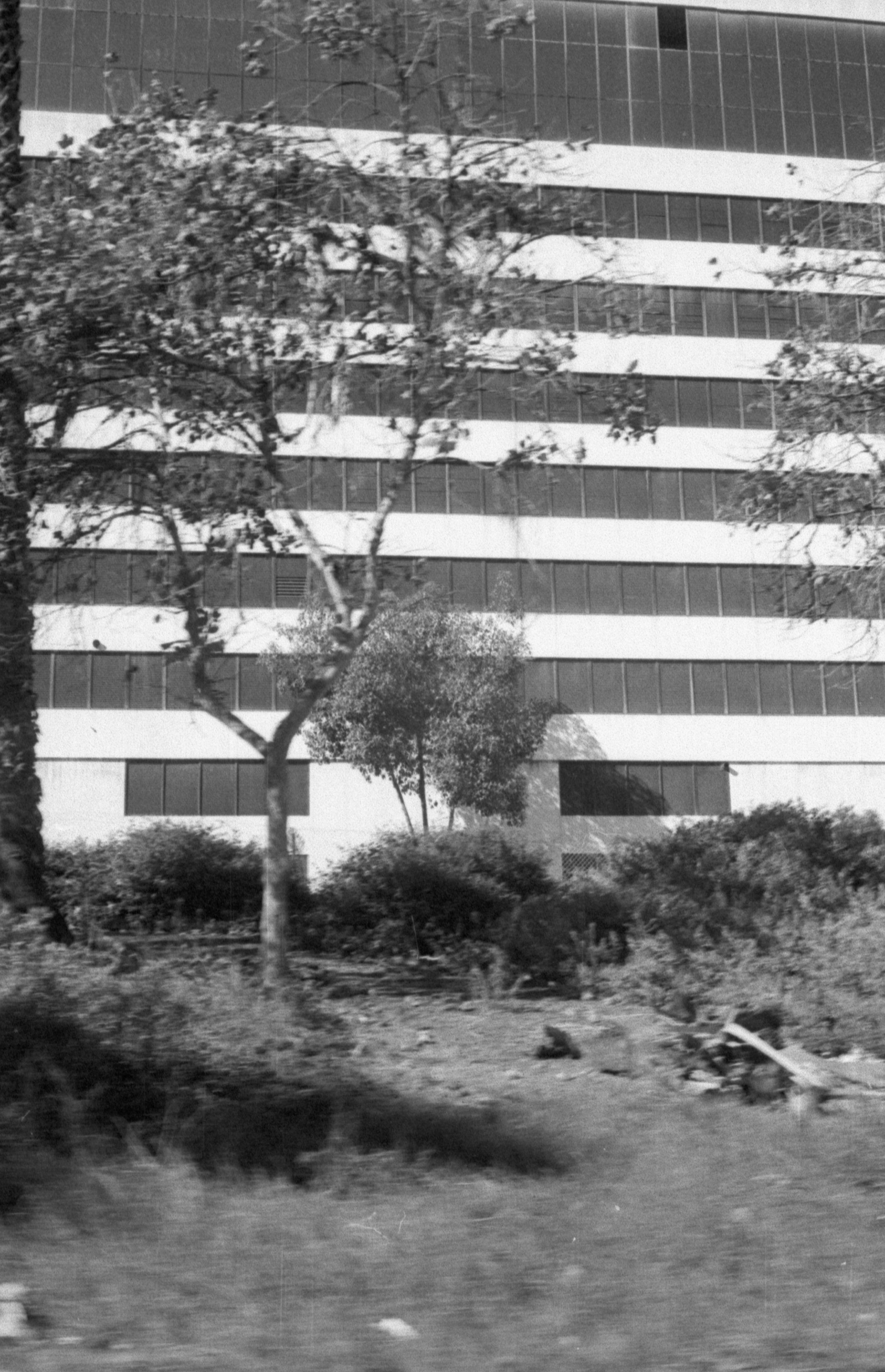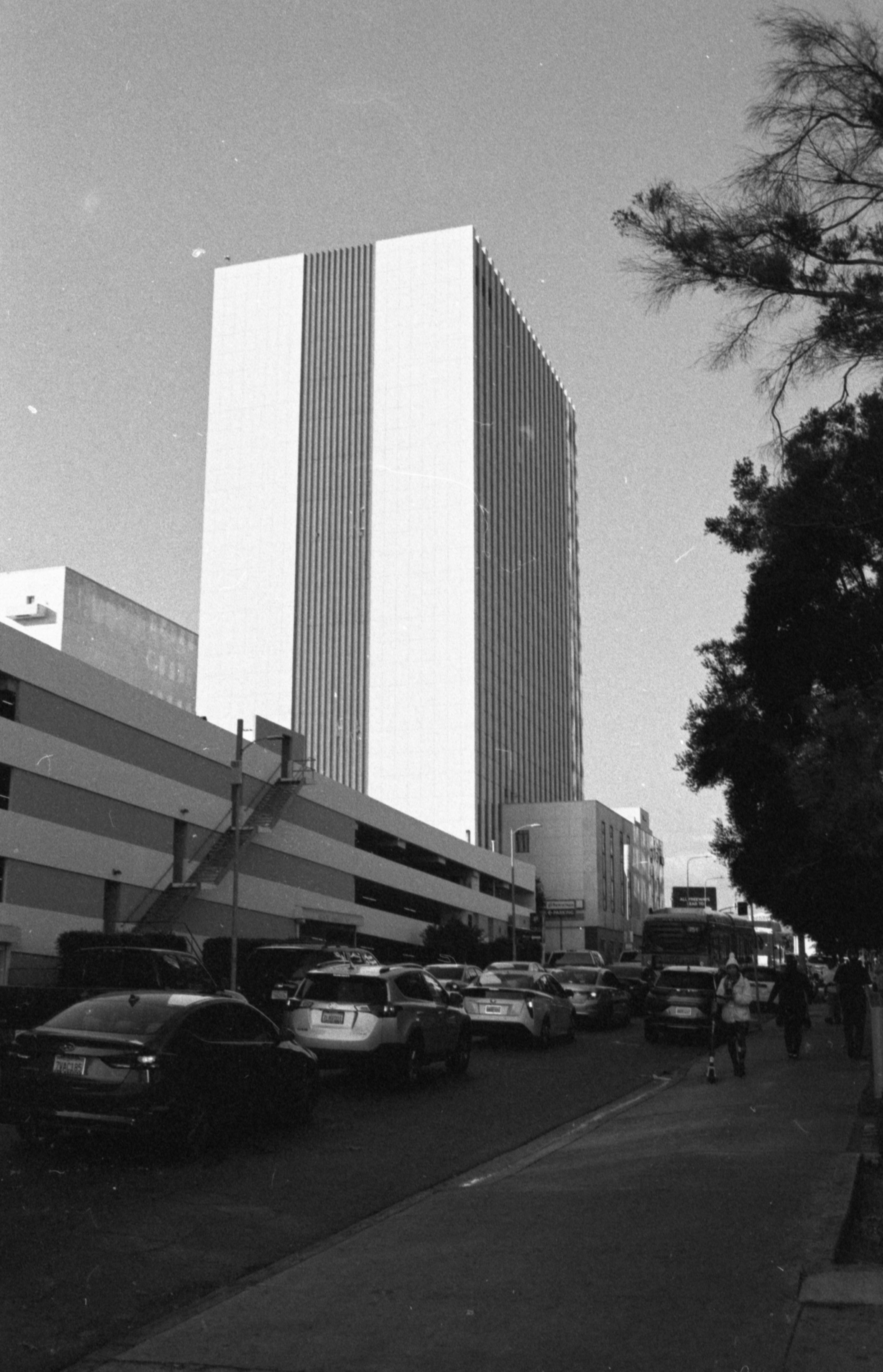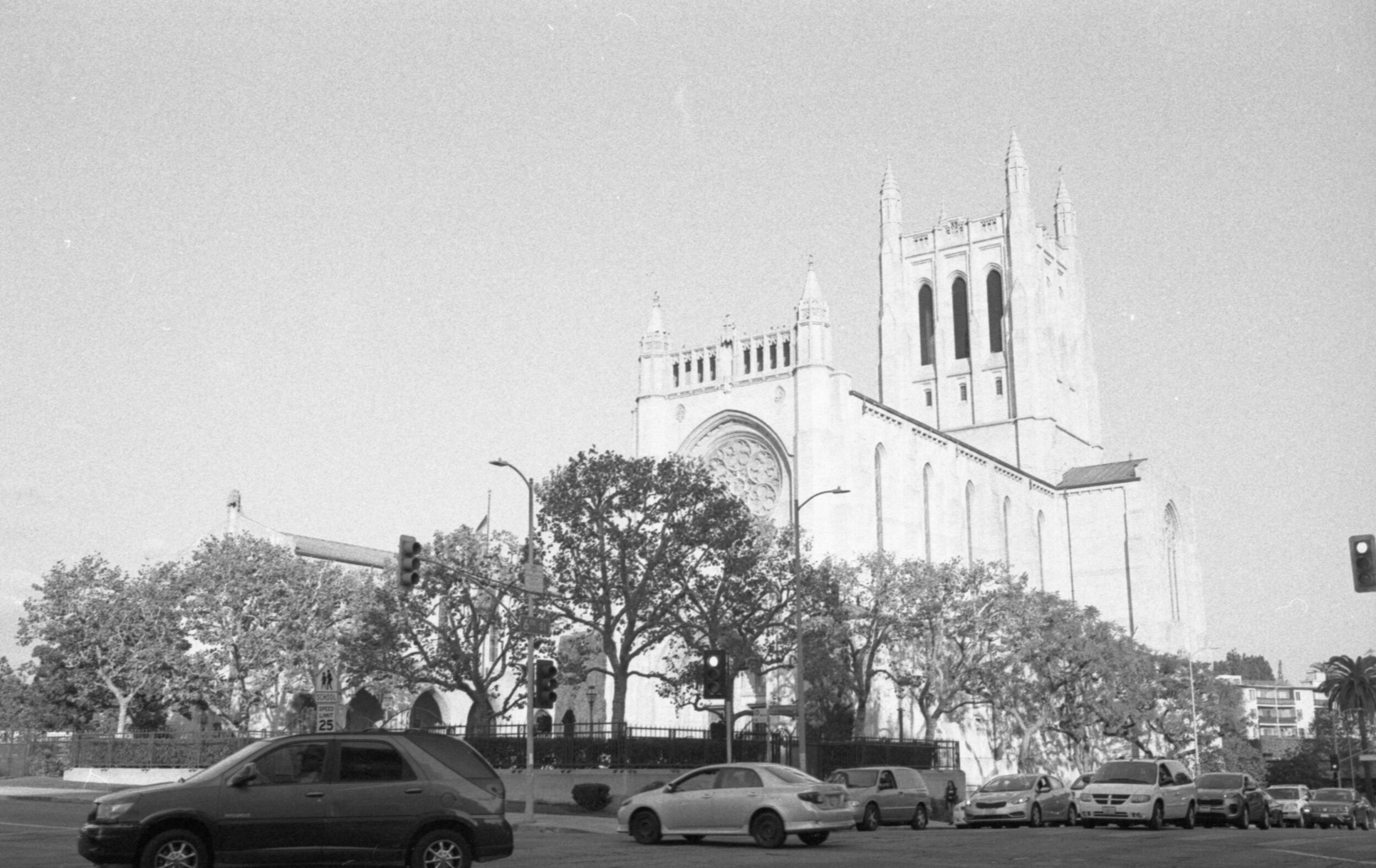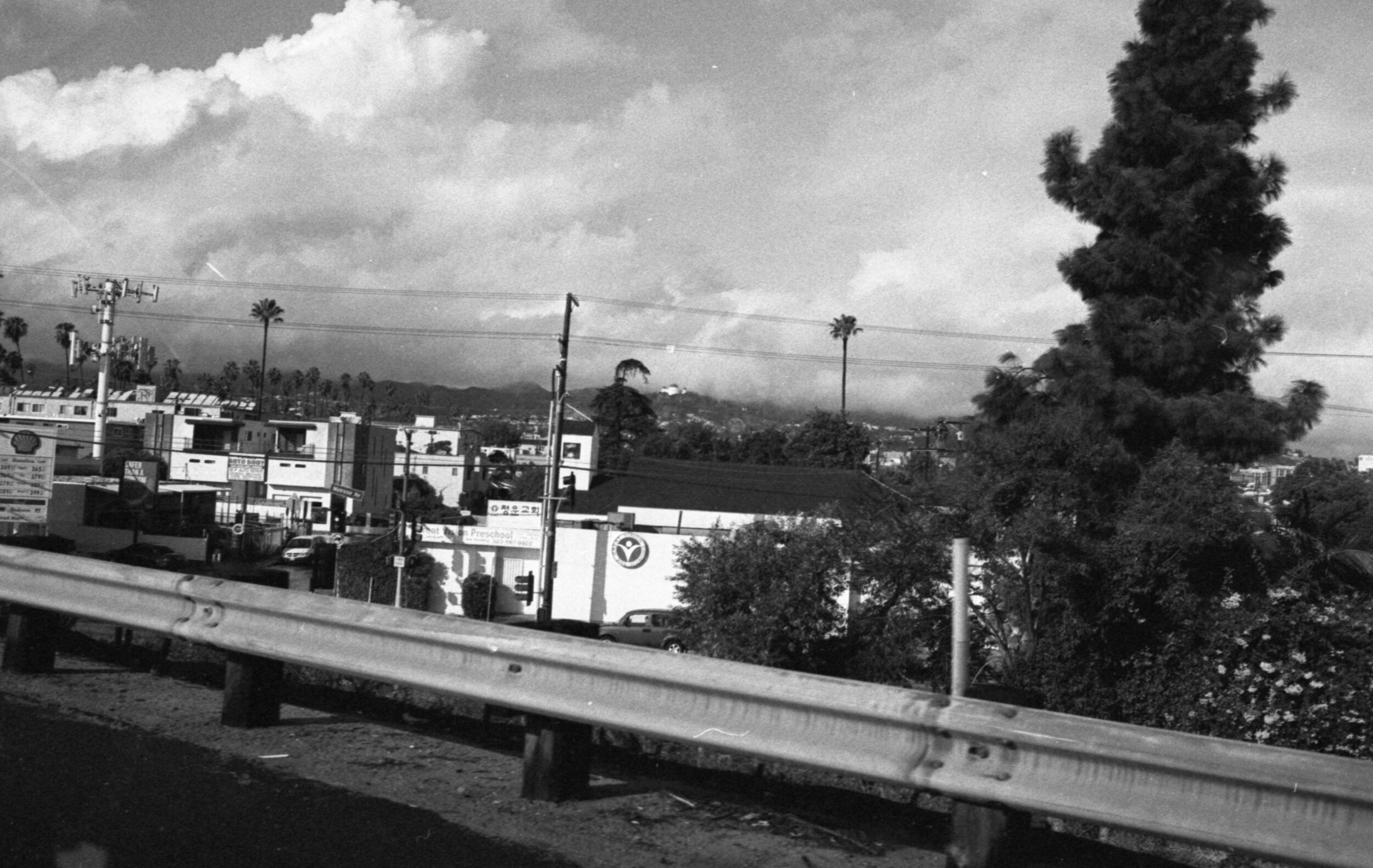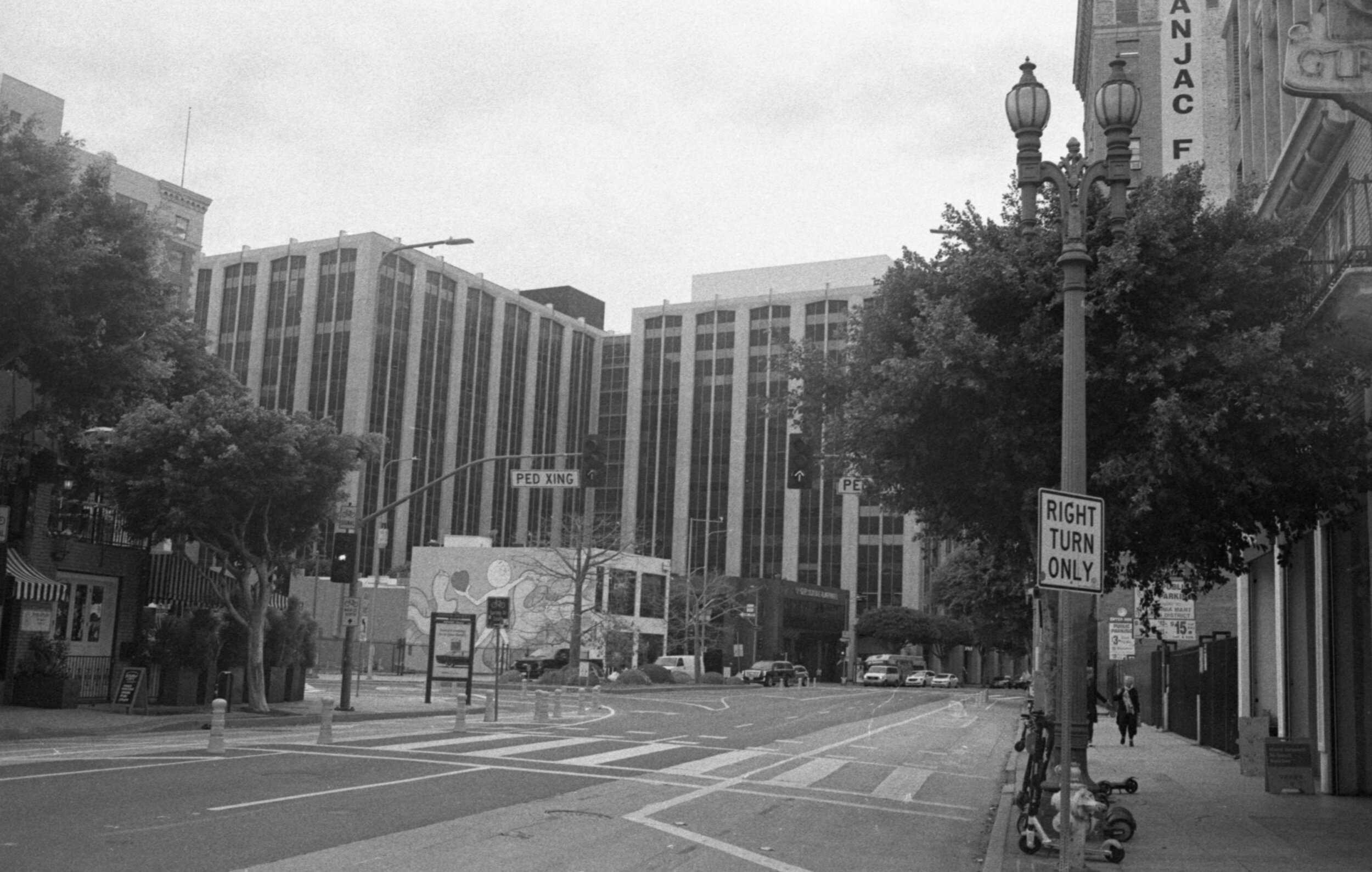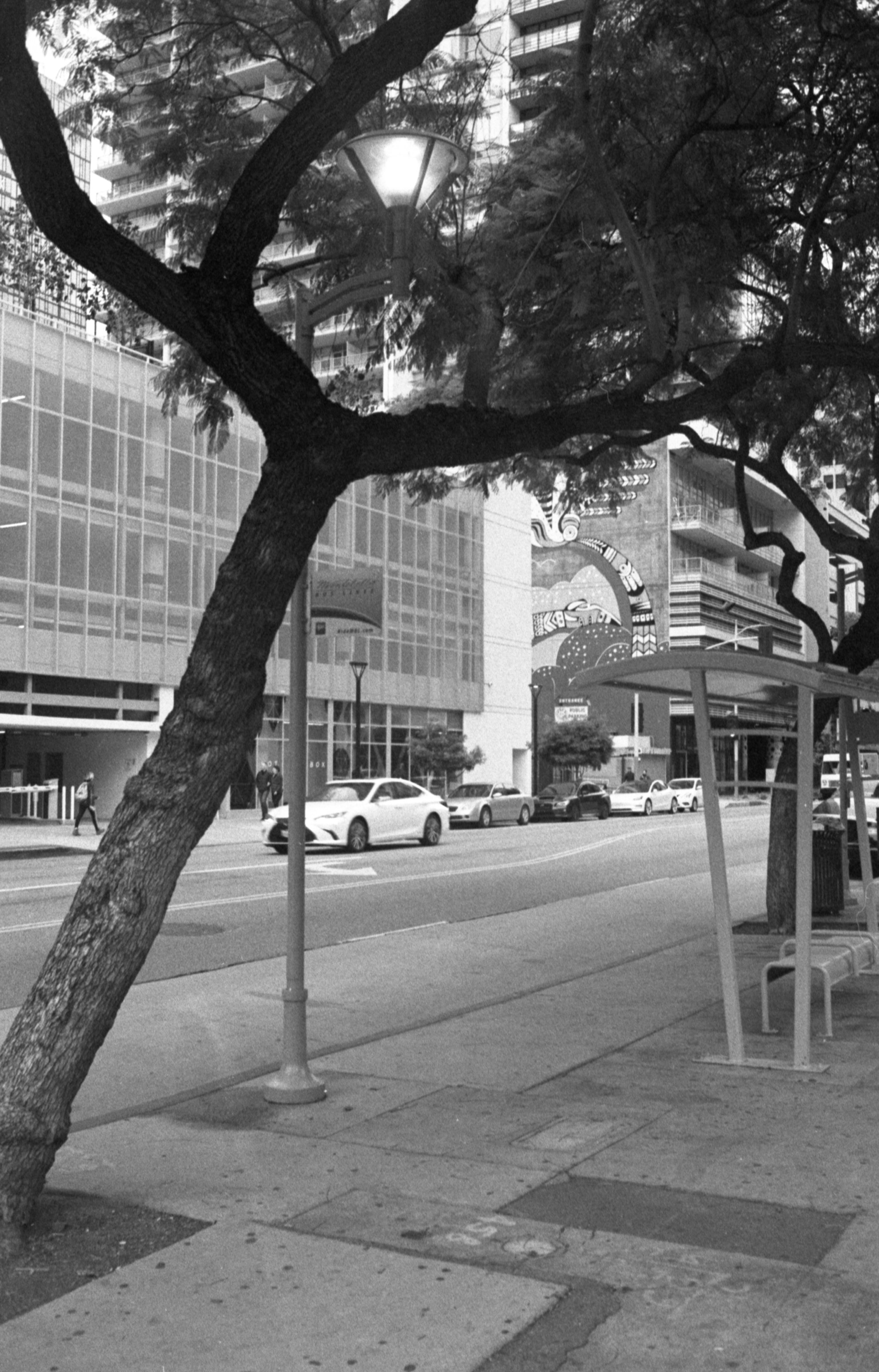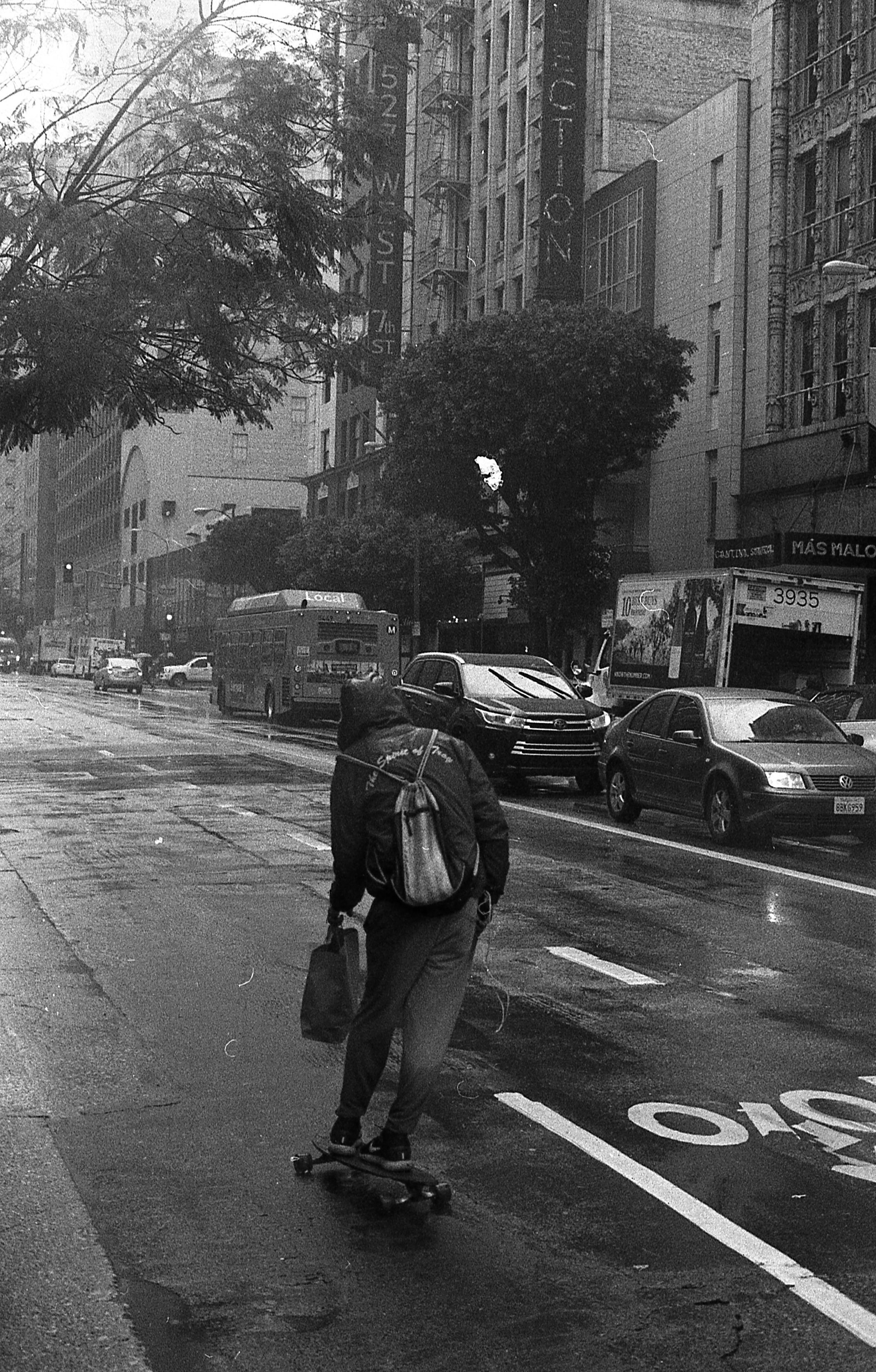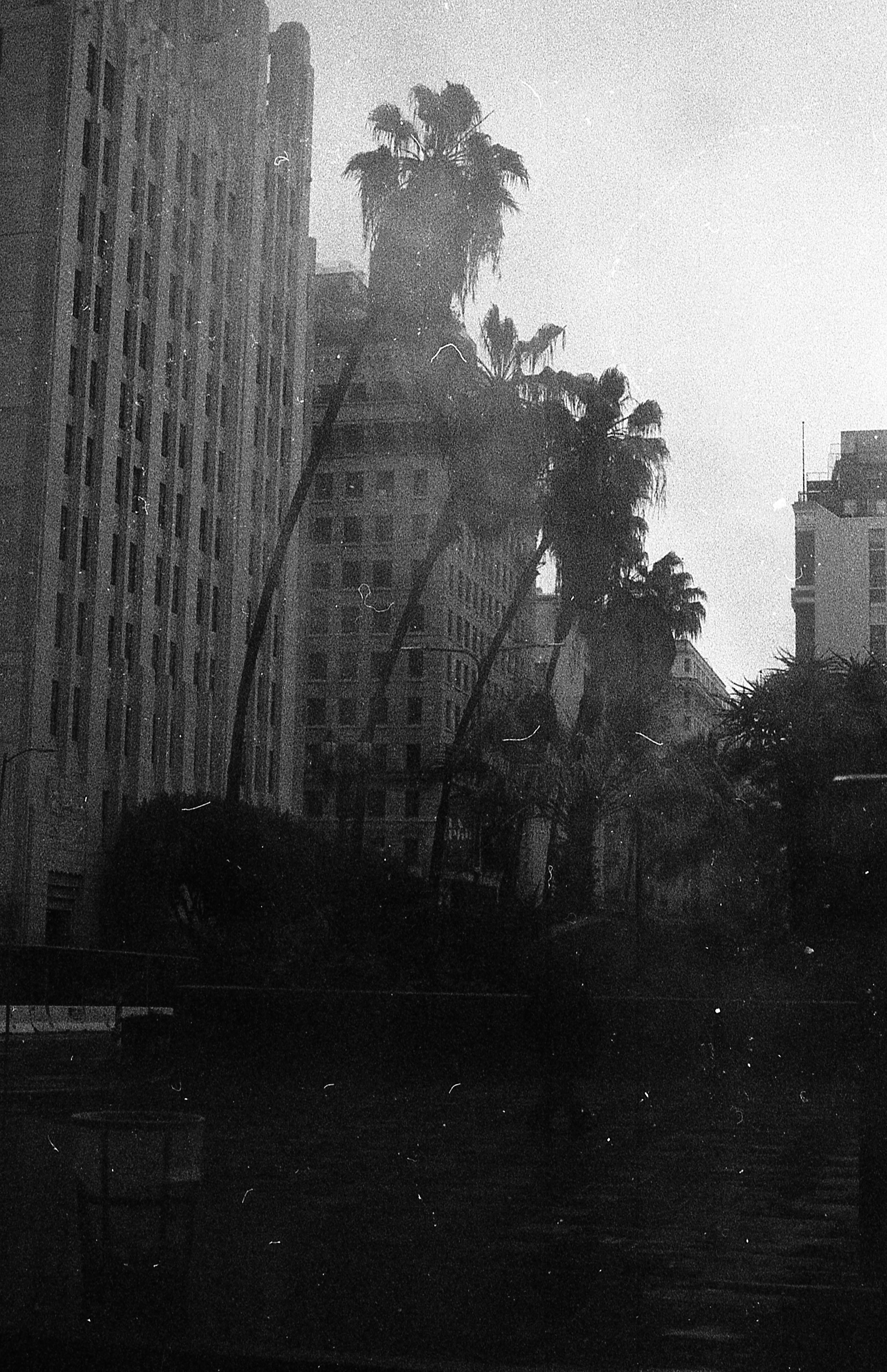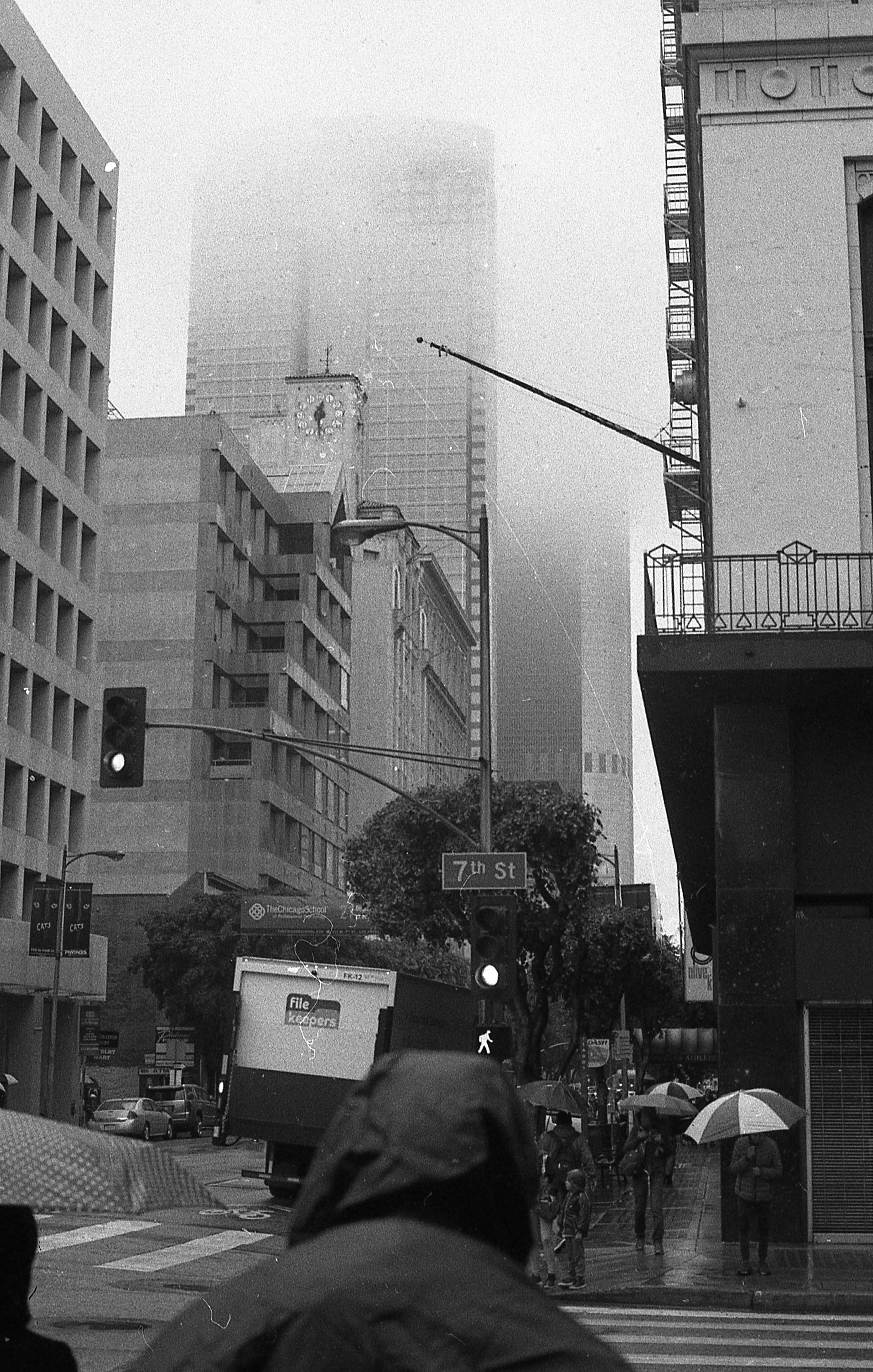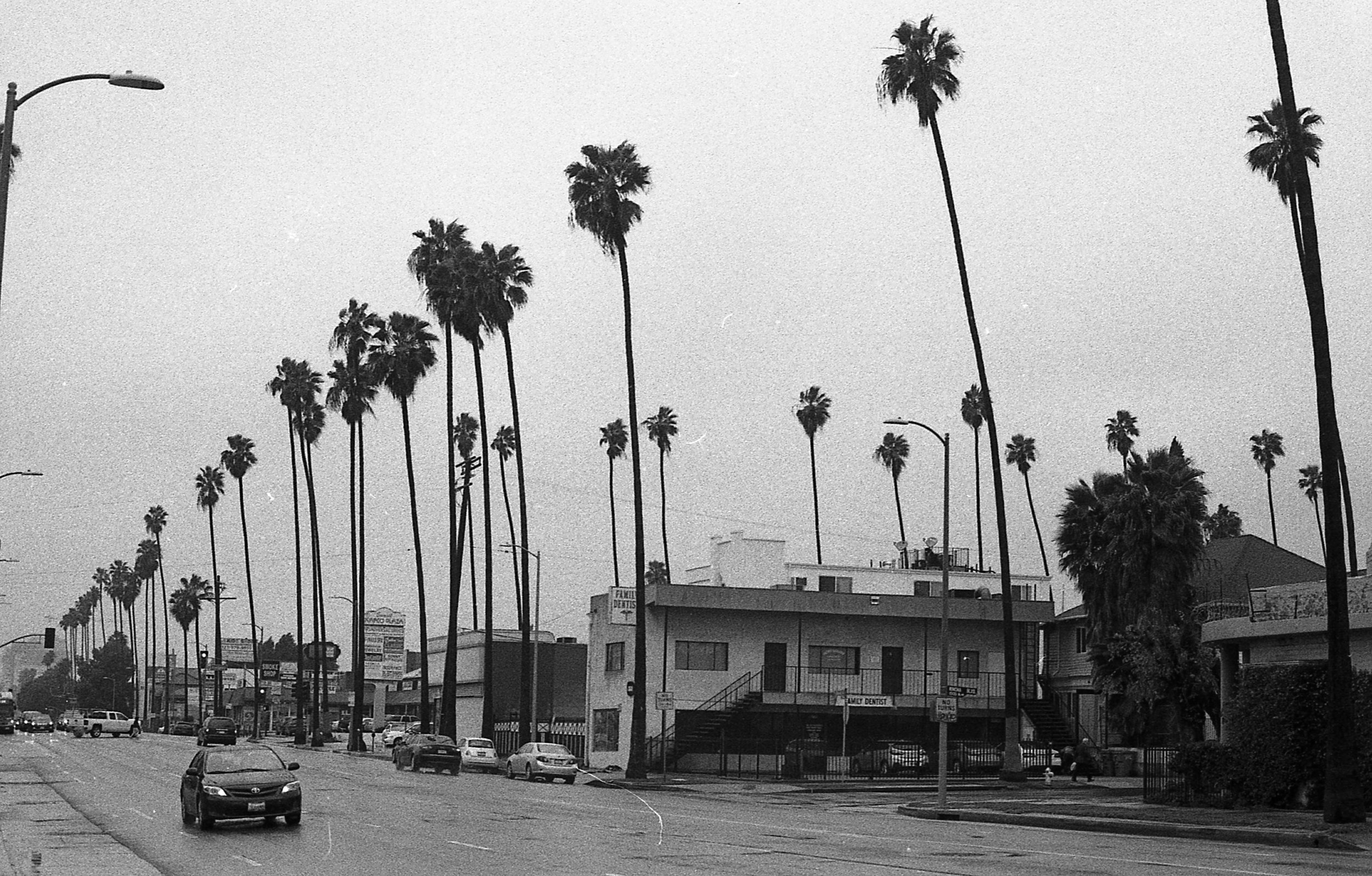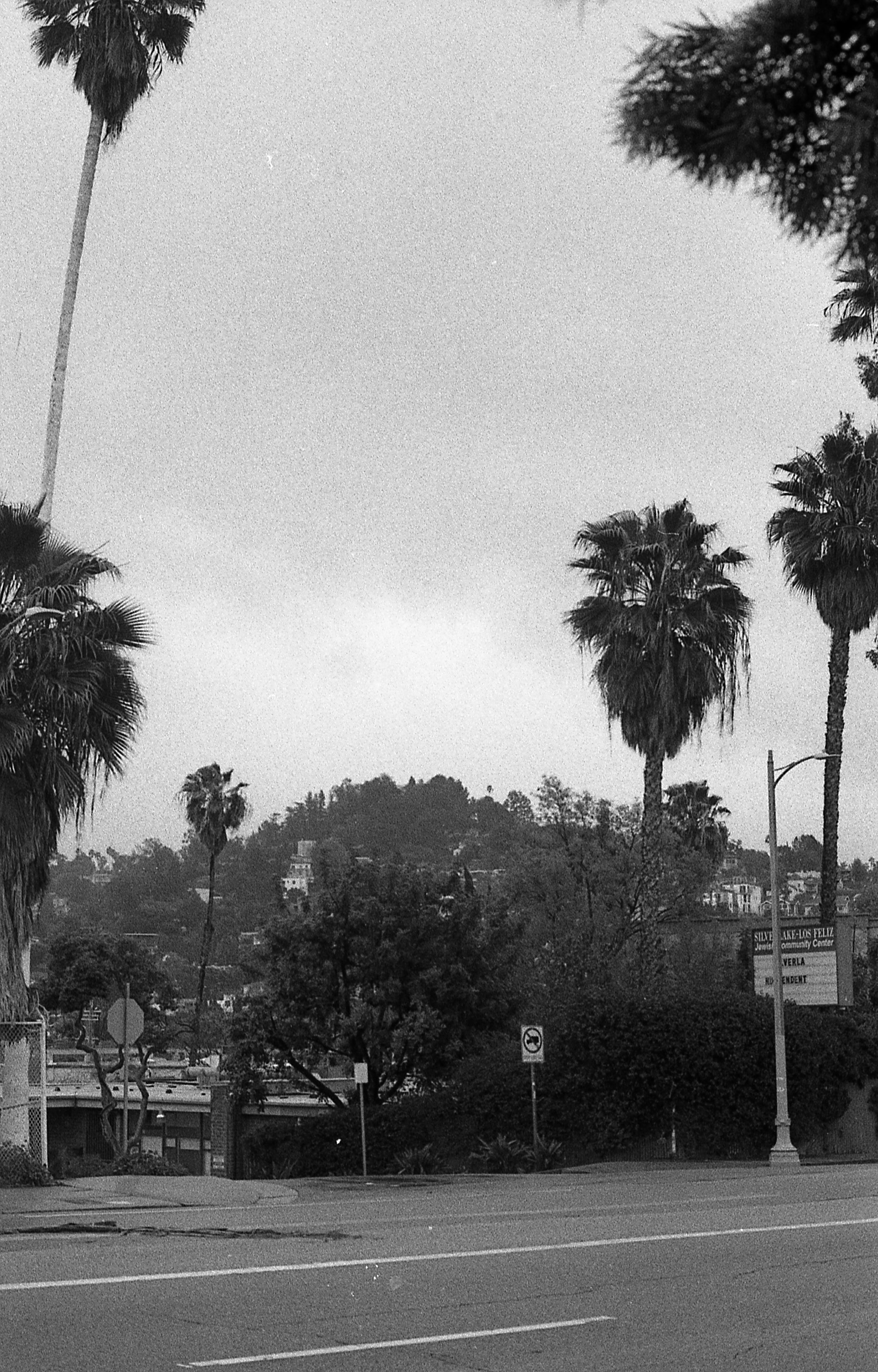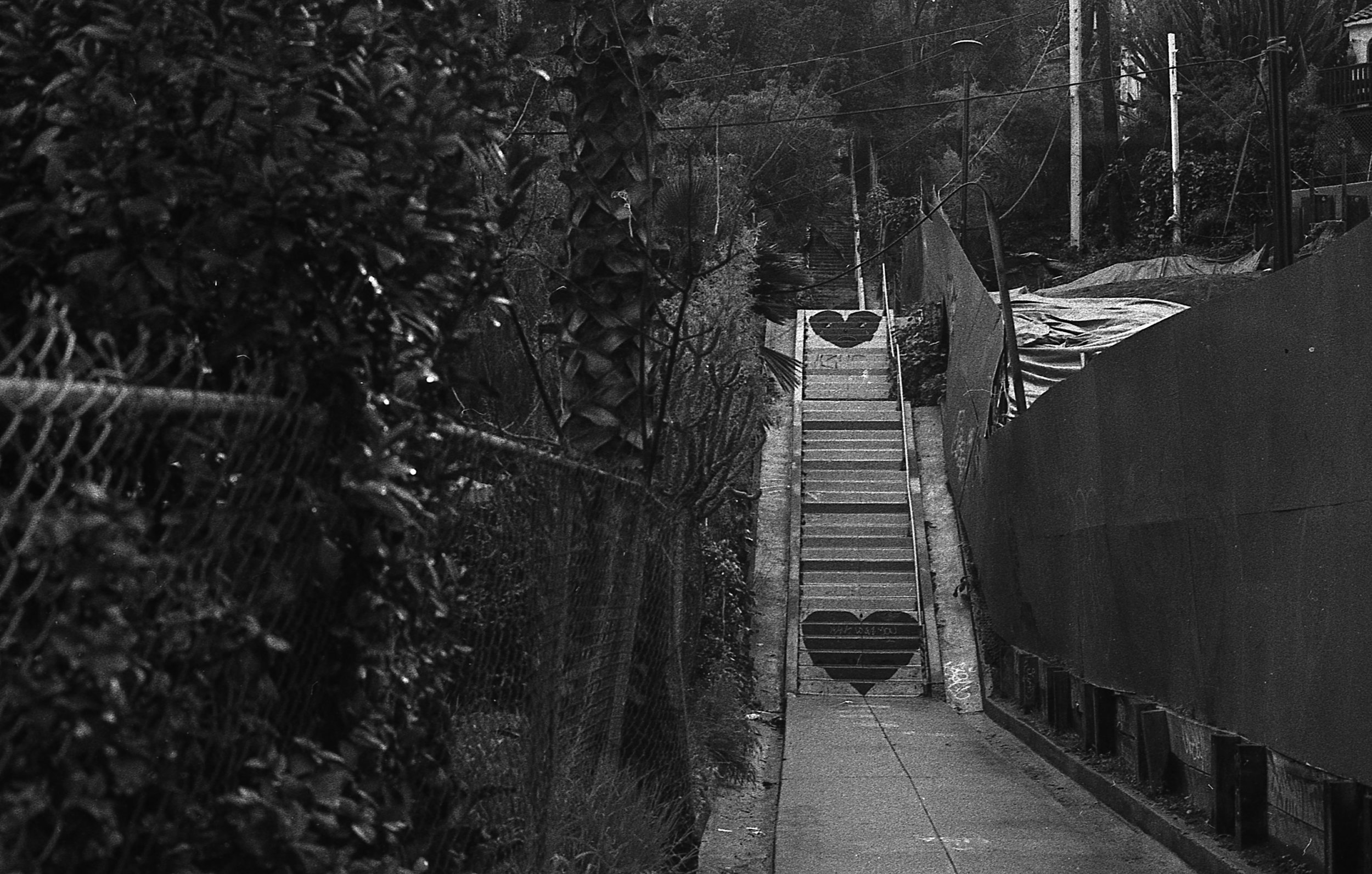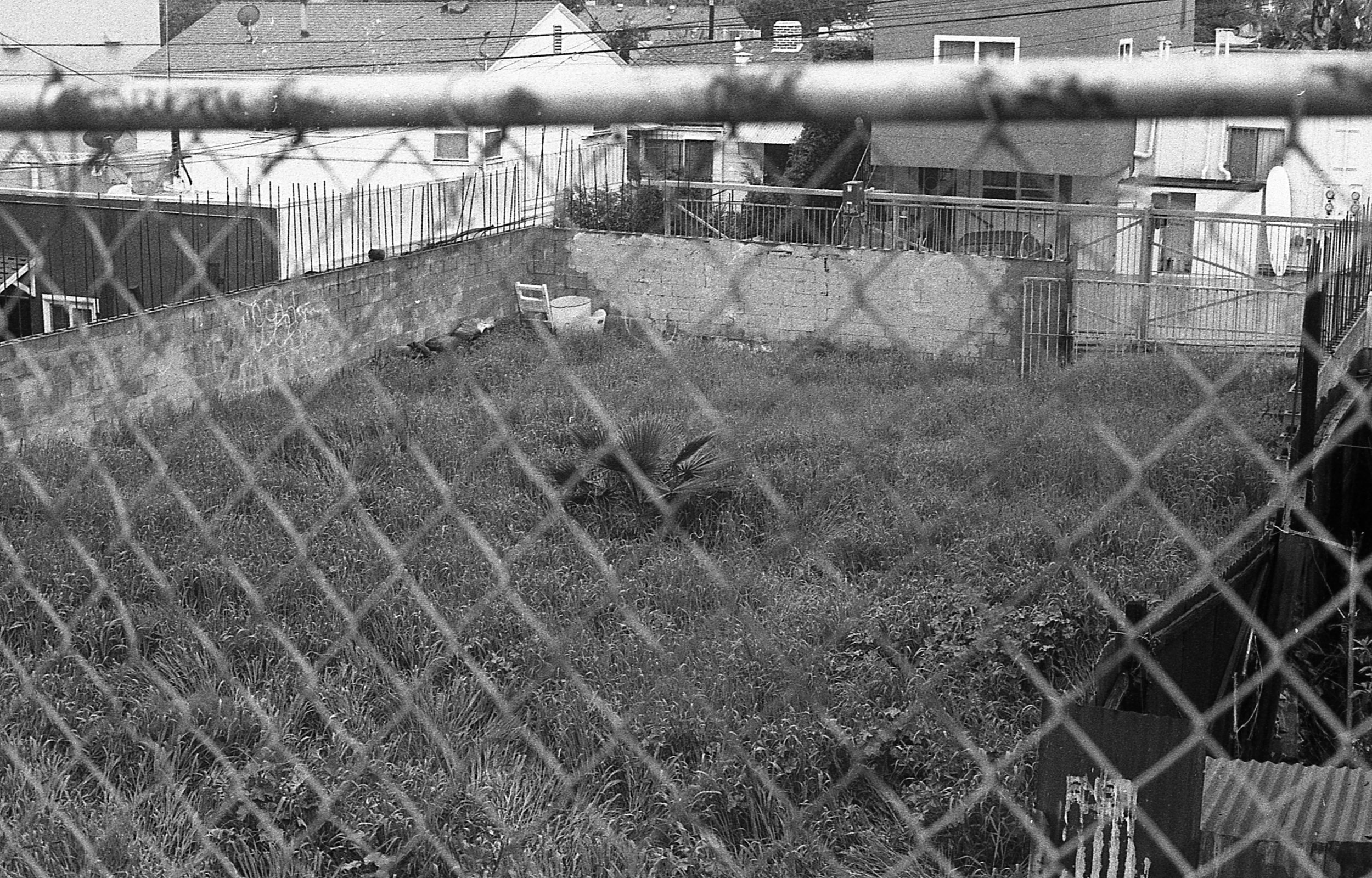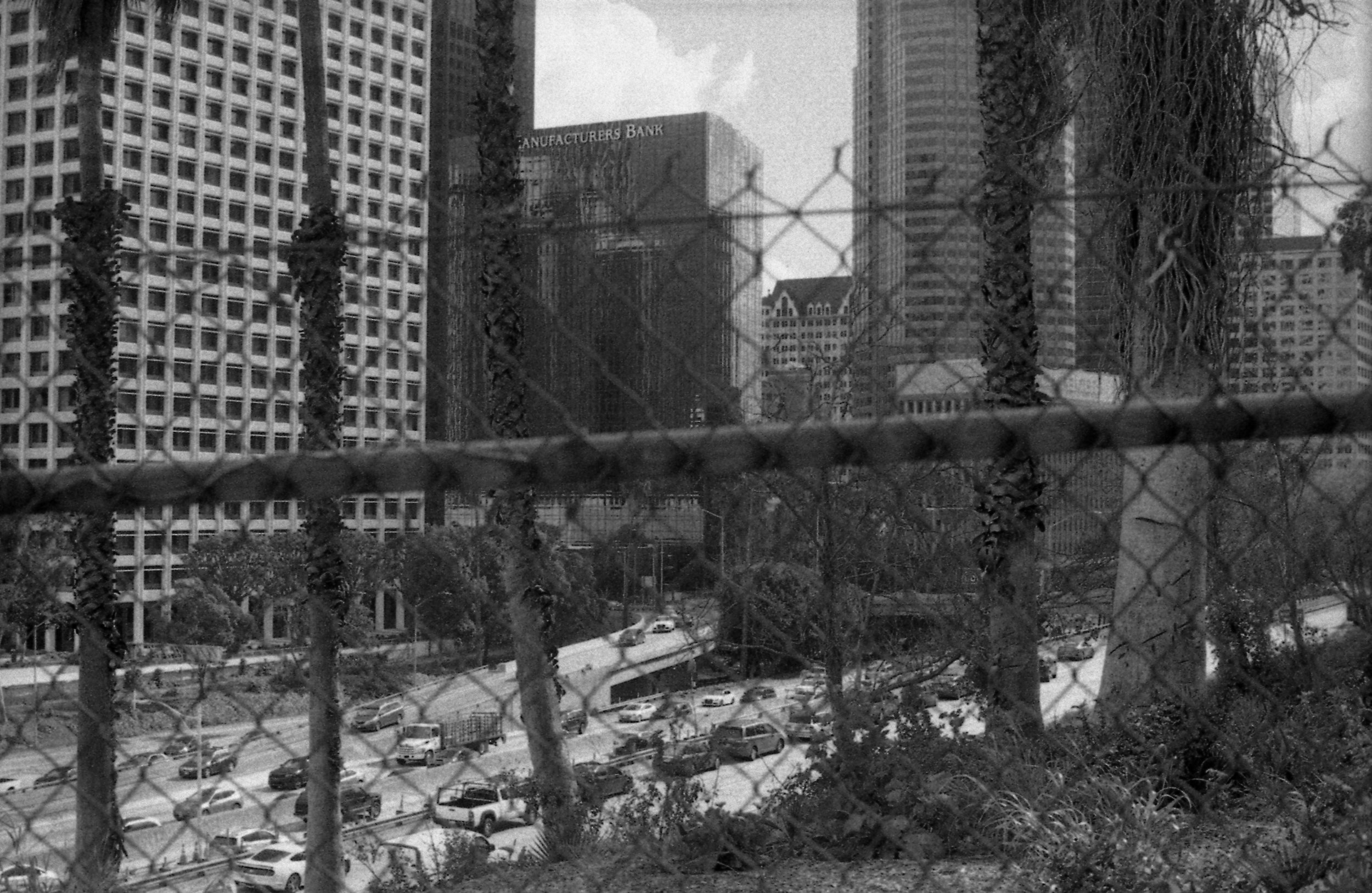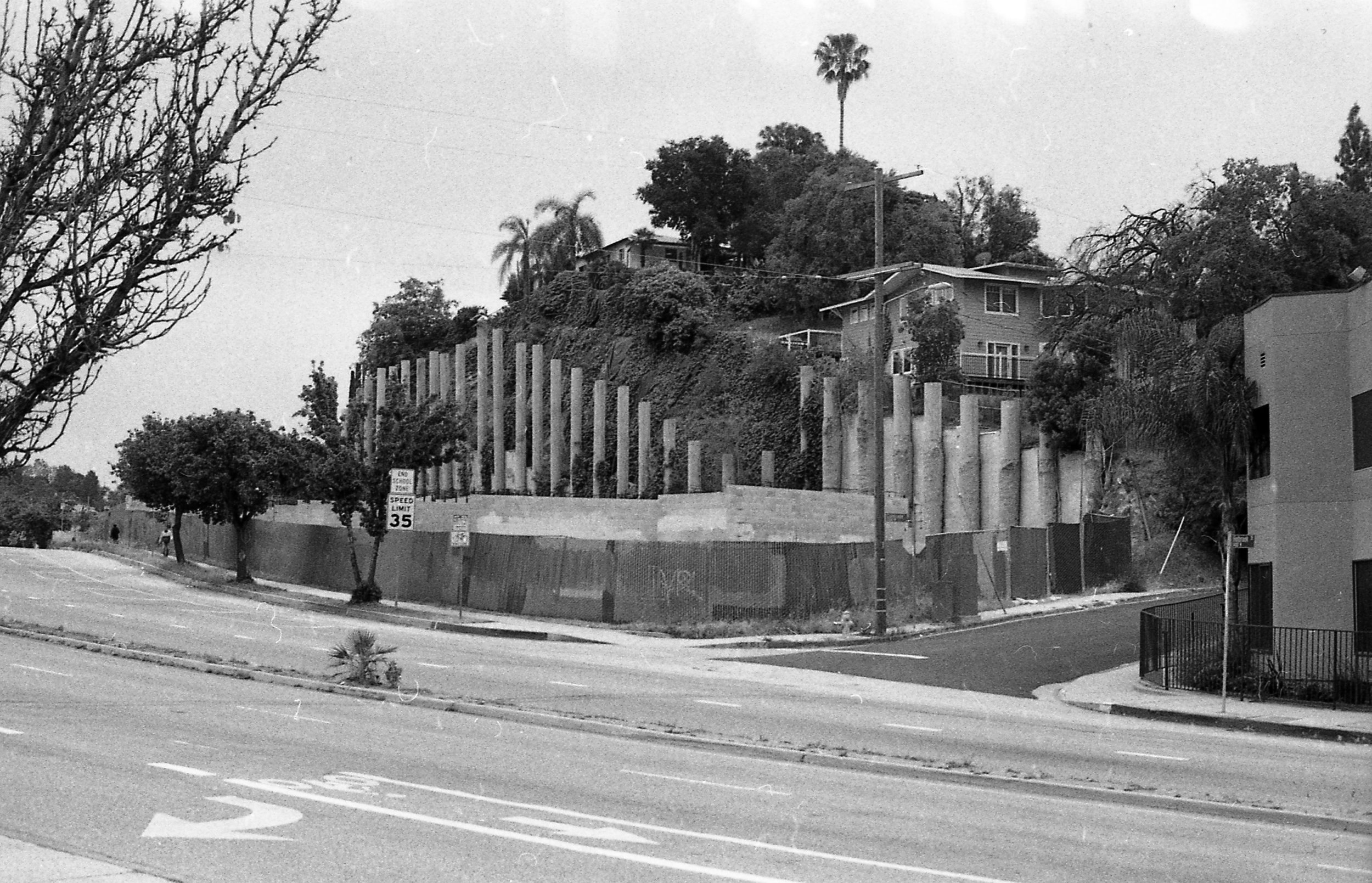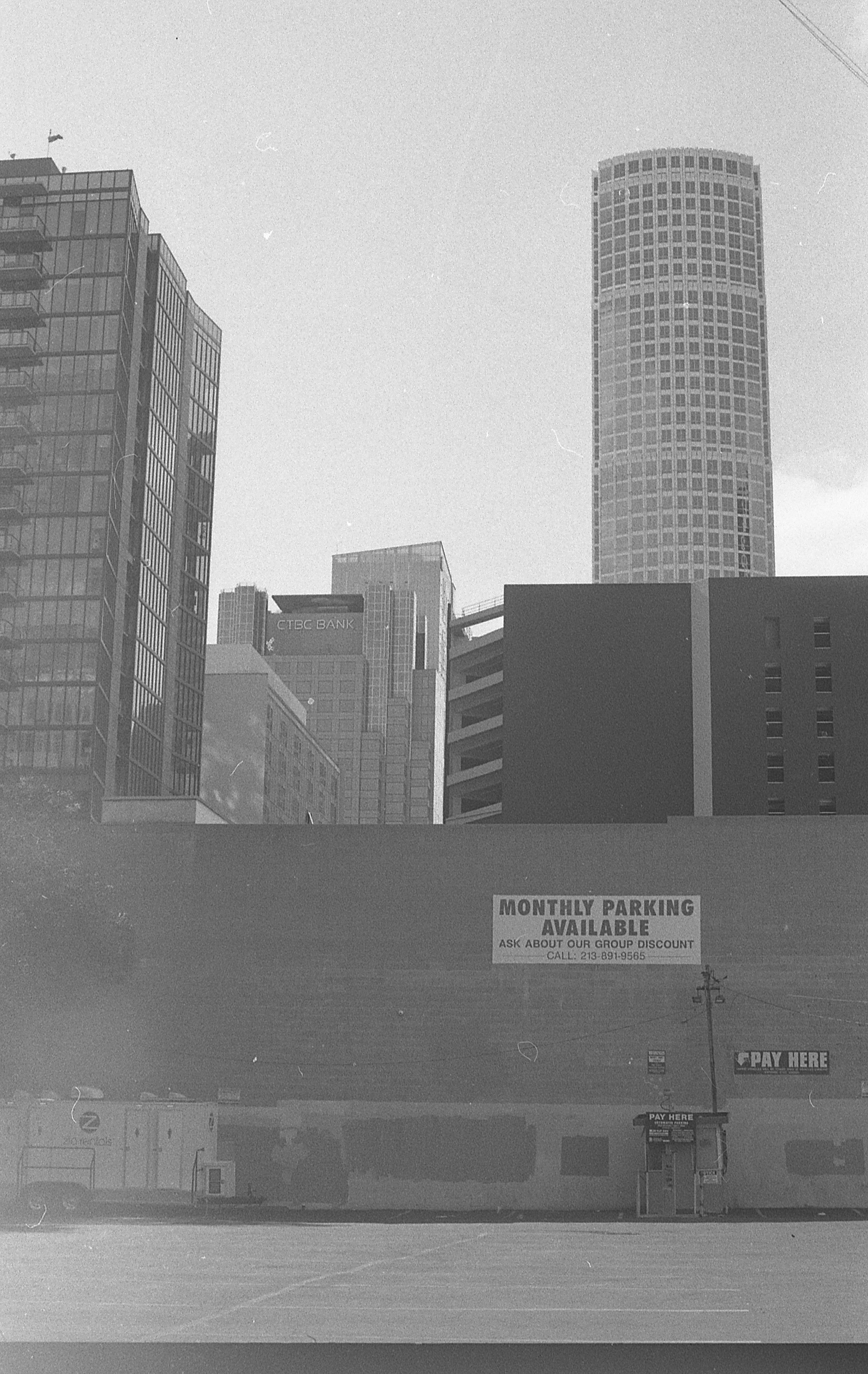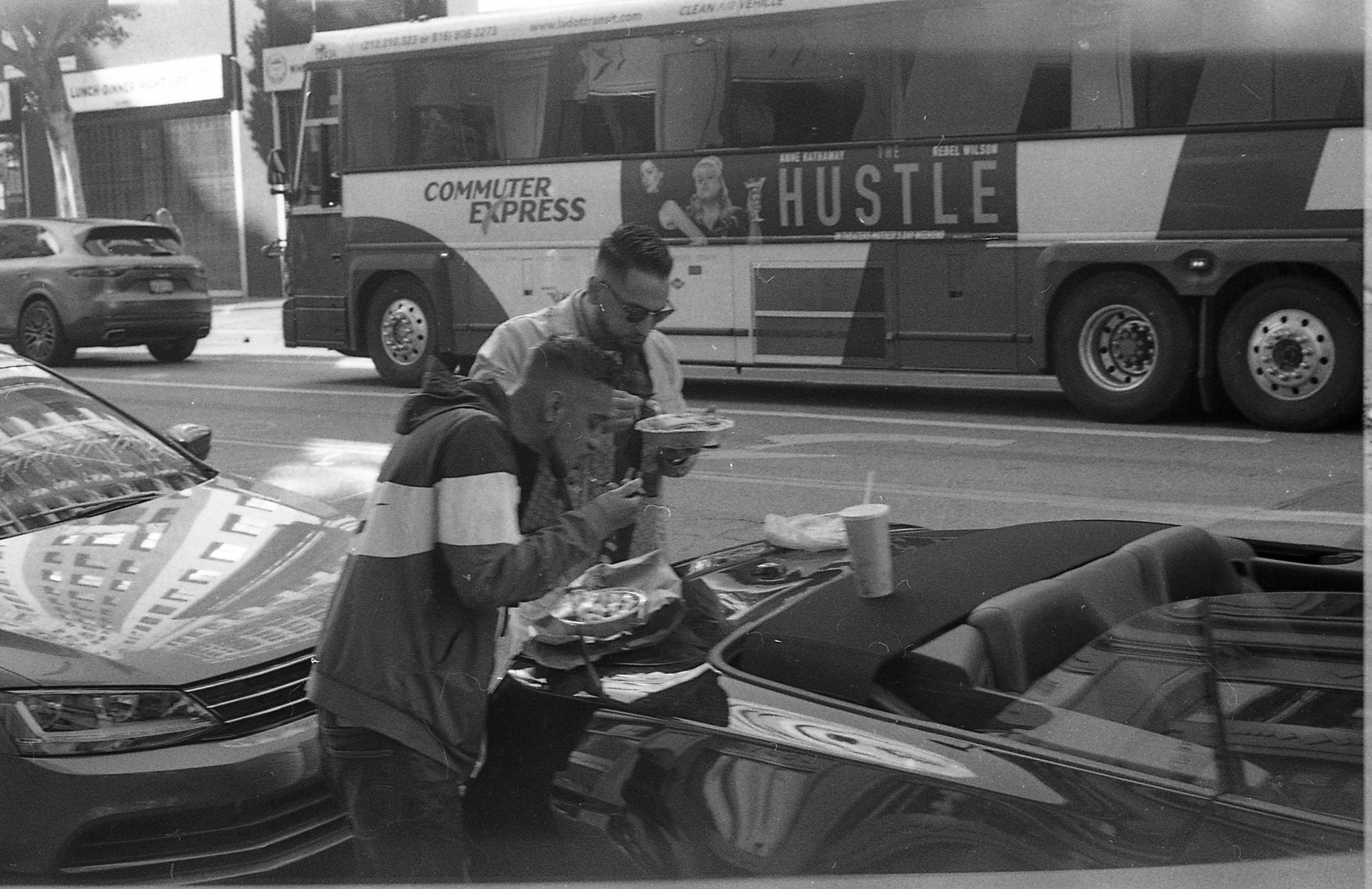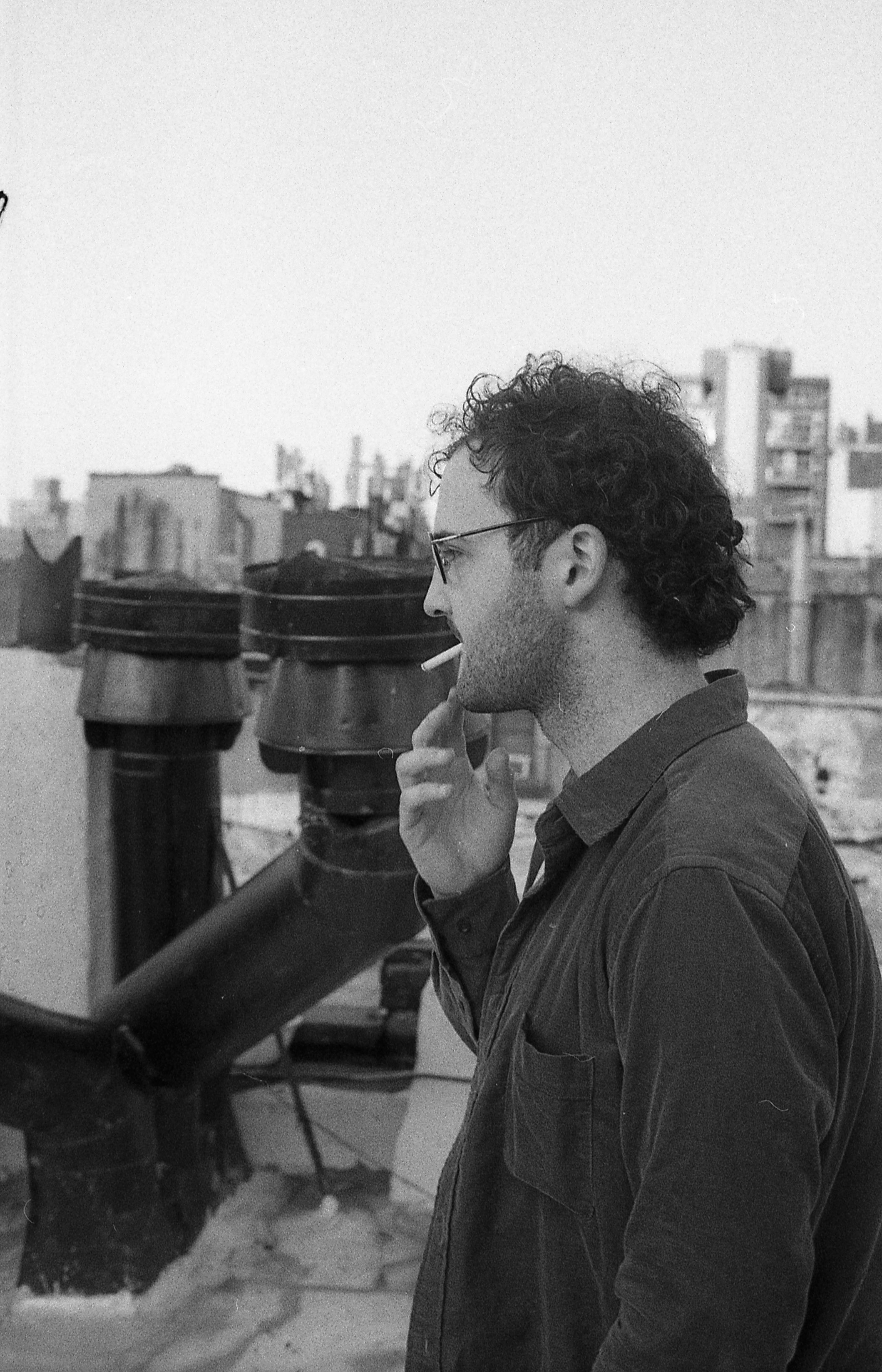What I learned Shooting #15: Zone Imaging’s 510 Pyro
Zone Imaging has gotten a lot of press for bringing 510 Pyro to market in 2021/22 - when you search for it, most of the first page of results are press releases or online retailers offering it for sale. There’s a near total total lack of objective reviews. However as I’ve dug around for more information on Zone Imaging’s 510 Pyro, especially in the shadow of some deeply troubling claims by Zone Imaging’s founder James Lane that 510 Pyro is almost non-toxic - which flies straight in the face of any information I’ve ever read anywhere about the nature of Pyrogallol. I feel a duty to report/publish my own experience with the developer as a volume shooter, and the inquiry around the level of toxicity that 510 Pyro contains.
Some of the blotchy development - Tmax 100 @ 64 - overexposed 2 stops.
Some background on 510 Pyro:
510 Pyro was first formulated in the early 00’s by Jay DeFehr - you can find a pictorial planet article here if you’d like to attempt mixing up the developer for yourself. In fact here’s a video of Jay mixing the developer himself using less than standard safety protocol - you can even see the exact moment where Lane discovered 510 Pyro here, in the comments section.
I was given a 500ml bottle of Zone Imaging 510 Pyro for Christmas, and have no affiliation with Zone Imaging, James Lane, Jay DeFehr, or Catlabs (where this bottle was purchased from).
I want the developer to work: it seems like a great solution (1 bath, 1 part pyro), and most of the marketing materials and reviews around the developer make it seem like a magic bullet. I had contacted Zone Imaging about bulk pricing, if the first bottle worked out. Bulk pricing being a necessity, when a 500mL bottle costs $135.
As of writing this, I’ve developed 130 sheets of 4x5” film, and ten rolls of 120 in Zone Imaging 510 Pyro.
The films I’ve developed are:
Hp5+ (in sheet),
The new Rollei Retro 100 available from Blue Moon Camera (in sheet)
Tmax 400 (in roll),
Tmax 100 (in both sheets and rolls.)
For my other chemistry I use a water stop, and TF-5 fixer - as recommended by Zone Imaging. All of Photographer’s Formulary’s products are really consistent - I was a regular user of TF-5 before this.
My results and reports are based both on my findings of the film, scanned, and wet printed.
Disclosures about me, and what I’m looking for:
I’m not a pixel/grain peeper, I care more about tonality, and how well I can use a given negative to make the final image I want, and the ease and consistency of my working system - due to my working environment where I need to turn in 40 strong images a month. I’m a photographer, not a lab tech, nor am I an amateur chemist who enjoys spending his time mixing custom developers from powder. I prefer to spend my time photographing and printing, rather than optimizing a process for marginal gains. If you find that custom making/mixing your own developers either home brew or from a recipe (a la Anchell and Troop) is a helpful and important part of your photographic/artistic practice, I’m not here to detract from that.
My ideal developer renders good tonality (shadow detail and low-midtones especially), is easy to work with, prints as well as it scans, and works the same every single time. Bonuses are: giving full film speed (allowing for box use, or N-1 development for decreased contrast).
HP5+ @ 100, push to 400 — if you look carefully you can see odd flow/bubbling marks.
Here are my findings, laid out in a numbered list:
1. If you buy 510 Pyro from Zone Imaging or any of their retail partners, you will get 510 Pyro.
It is what it says on the tin.
2. Pyro of all kinds is toxic, and potentially damaging to your general health.
Zone Imaging (as of writing this) seems to be jumping up and down making specious claims that it’s non-toxic and that they’re working with the EPA/ECHA to prove it. According to Alex Luyckx, (who talked to/recieved help from James Lane) 510 Pyro (apparently) less toxic than the most eco-friendly developer - Xtol, which is directly contradicted by rival manufacturer Bostic and Sullivan’s MSDS on the same developer. Additionally, TEA - another core ingredient of the developer - is also highly toxic in the kinds of dosage found in 510 Pyro, especially once water is introduced in the formulation of the concentrate.
If you look at Zone Imagaing’s MSDS - it obfuscates the danger. There’s no immediate callout to its immediate toxicity outside of “acute toxicity 4.” There should be some note via the standard symbol of skull and crossbones. Worse than the data sheet - There’s nothing on the bottle that indicates that it can be immediately toxic or poisonous in its concentrated form - just mutagenic (which is still problematic) Zone Imaging fails to put the skull and crossbones upfront to warn users.
Lane’s claims of non-toxicity are centered around the developer at working strength i.e. 1:100 or more dilute (which is, of course, considerably less toxic) rather than in concentrate. This is deeply problematic, because you’re most likely to come into direct contact with the developer as a result of it’s poor workability- which I’ll testify to below in #3. Ironically the most honest/upfront description zone imaging gives of the toxicity of the developer is on page 15 of the development technical info sheet.
If Zone Imaging can provide real evidence, i.e.: a published lab report by a trustworthy independent lab confirming low toxicity of the concentrate or actual evidence of correspondence with the EPA and ECHA confirming that the toxicity of the concentrate is negligible or near negligible, or a video of Zone Imaging’s founder drinking a bottle of 510 Pyro, I’ll retract this segment.
TMax 400 in 120 @ 200.
3. 510 Pyro is miserable to work with due to its thick consistency.
It’s hard to measure and a pain to get out of the bottle. When doing my first couple batches, I had to load and then unload the 5ml syringe at least ten times to get exactly 25ml for a 1:100 dilution. My solution was to use my 100ml measuring beaker to measure out roughly 25mL, and measure my water out in proportion to whatever did or didn’t make it into the beaker. The developer is so viscous (especially at or below 20º C – it’s almost a solid) it actually broke the measuring syringe provided by Zone Imaging with the bottle. I pulled back on the plunger, the syringe filled a little over three quarters of the way, then *burst* spitting developer directly backwards. I feel very lucky that the developer hit the wall behind me, rather than me.
510 Pyro struggles to mix with water due to its extreme viscosity. I can get the syrup to incorporate - but it’s a pain, and I often wonder if I’ve successfully managed to mix it correctly, despite sitting there and stirring the working solution for 2-5 minutes. To ameliorate this problem, I float my bottle of 510 Pyro in another mixing jug with 25º-30ºC water for 10 minutes before starting my developing sessions. I store the bottle in that water bath between development cycles, to help ease the viscosity. The tempered water bath helps much less than you’d think or hope though.
HP5 @ 200 - a damn shame about the blotching - I really like how this turned out otherwise, give or take some shadow detail.
For a video of someone else measuring out their 510 Pyro, and seeing how inconsistent and difficult it is (non-Zone Imaging, but the same developer) - I’d recommend checking out Analogue Andy’s Videos on the developer here.
This is not a beginner developer - honestly, I’d say mixing up a 2 bath or 2 part solution of a less viscous liquid or syrup (the consistency of Rodinal or HC-110, or more liquid than that) would be safer, easier, and more reliable.
4. It’s bad with sheet film in a spiral tank.
I’ve had lots of issues with the developer moving around inconsistently. After using the semi-stand agitation method and the Ilford method, I have found this splotchy development problem occurs with both modes. The problem doesn’t crop up in roll film, when I tried it on T-Max 100 or 400 in semi-stand.
I’m far too clumsy with my hands, and impatient for tray development - so I cannot speak to its efficacy there. It seems impertinent to splash around in a known toxin in a pitch black room, even if it is fairly dilute by the time I’d be using it.
5. The shadow detail/retention in 510 Pyro is awful.
I rate my film at half speed, then develop for box speed. I believe that Lane’s claims of 510 Pyro being a full speed developer to be untrue, or that for some reason chemically - it’s just really bad at developing shadow detail. In either case - a significant dealbreaker for me. I’ve found that the photos I made with 510 Pyro that do have reasonable shadow detail, are typically images that were overexposed 1-2 stops beyond my initial half speed rating, because I was compensating for something - snow, long exposure, weird light pattern.
6. The Darkroom benefits of the film are vastly overrated.
I find no significant advantage over Xtol, Rodinal, or PMK - I didn’t find my negatives significantly easier to print. I also found no real bonus to sharpness or microcontrast. To put this to the test I made the largest possible enlargement (with my current darkroom setup) from the negatives I had: a 22x28” enlargement from a 6x7 negative. It looks around as grainy as any of my other negatives in a non-pyro, non-staining developer. At roughly 10x, the image does start to look grainy. I’d like to note, I did use the “optimal” method described by Zone Imaging/Rudiger Hartung is semi-stand development, for the negatives that I put to this test.
(Check right for my print comparison.)
7. I get no advantage out of 510 Pyro over Xtol, Rodinal, or PMK when scanning.
(full image vs 100% crop pictured to the right.)
The main claims on the FAQ page for 510 Pyro is that it’s good for shadow detail recovery and that you can pull a 20x enlargement from your negative - both qualities are hard to prove. Most scanners (and software) are pretty good at pulling more a balanced tonal range out of a negative than you’d easily be able to print in a darkroom without pitch perfect negatives, and some careful dodging and burning. Likewise - the claim of 20x enlargement via scan being possible seems difficult to prove - and easy to write off if someone makes a claim against it. I might also venture to guess 20x enlargement may just be the standard. At home on my epson v850 - I found that I started to see grain at a 100% zoom on a 2400dpi tif scan - which is normal. I think both of these claims are specious - If someone has an independent, unbiased test that can contradict this in a meaningful way, I will retract this.
HP5+ @ 200 - Uneven development strikes again.
What’s the takeaway here?
510 Pyro is nothing special at all. Avoid this developer.
It’s bad for beginners (despite being marketed otherwise), hard to work with, and problematic with sheet film. I really hate how it handles shadow detail. When it works, it really works - but that’s another deal breaker for me - it’s not consistent. Any photographer with the slightest shred of process control will tell you the best systems are the most consistent.
If one needs to continue to use a staining developer I’ve been informed that both PMK and Pyrocat-HD do the job just fine, Pyrocat-HD being the best (i.e. most consistent) of the staining developers for sheet film. I don’t think I need a staining developer for most of my current uses - though I do like a staining developer for the work I’m doing by a river (on roll film) - this is what inspired me to pick up 510 Pyro in the first place, after having tried PMK.
If you must use 510 Pyro, mix your own from dry chemicals or buy from Bostick and Sullivan.
Fun Sidenotes:
Foma films scan poorly, but wet-print amazingly well. Look for an article on that at some point. I’m fairly certain that the new Rollei Retro 100 isn’t really close to APX 100 or RPX 100, despite the claims of Rollei - it seems to be a rebadged Fomapan 100 - my main argument for this is that the film has the same notch code as Foma films, as well as the exact same sickly green washout/base as Foma. I don’t mind this - rebadging is kinda part of the game at this point, especially when the price is so good; but it’s a little disheartening - I really loved the original German Agfapan APX 100.
If you’d like to support frozenwaste.land - please pick something up from the shop!

